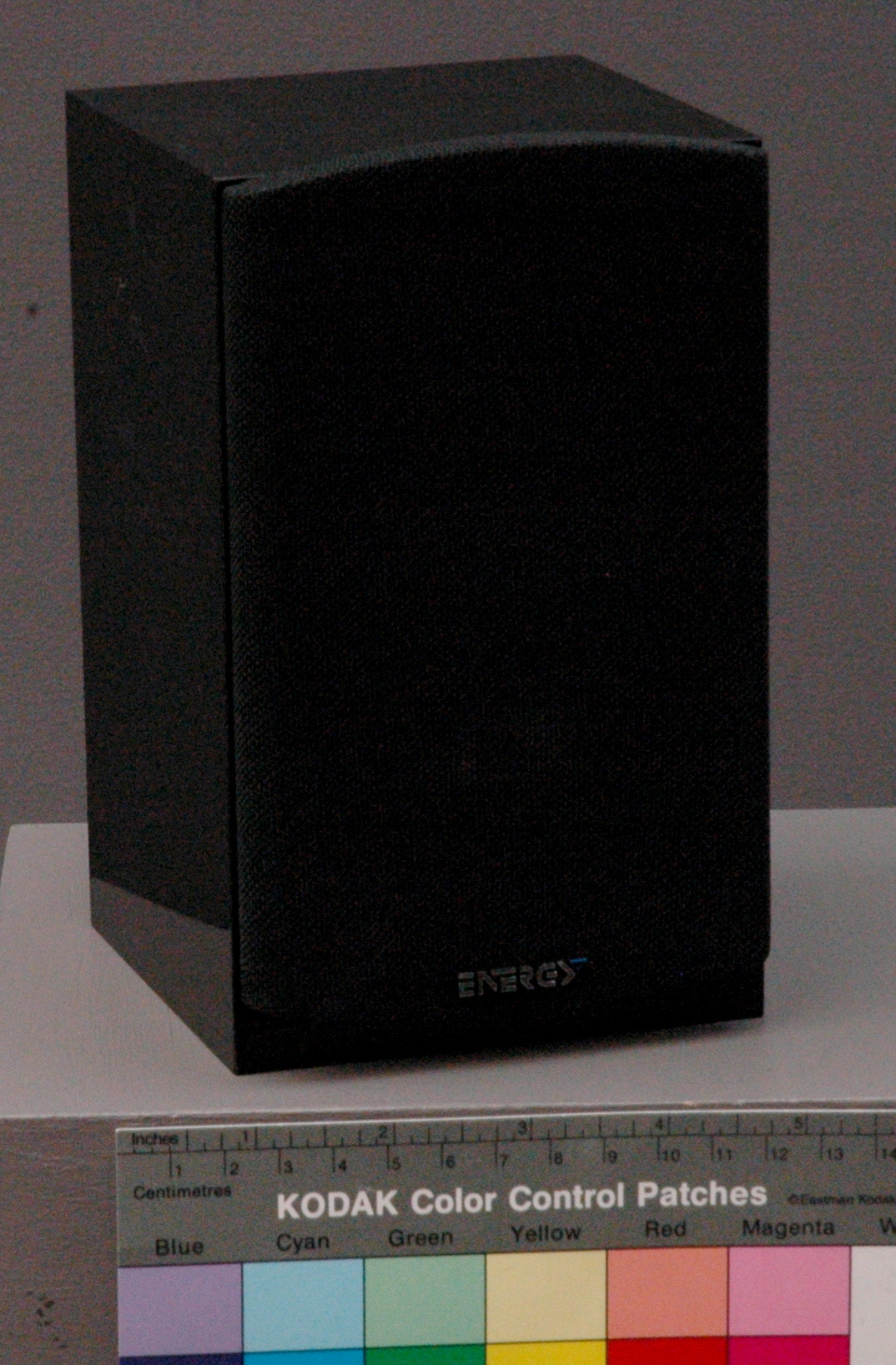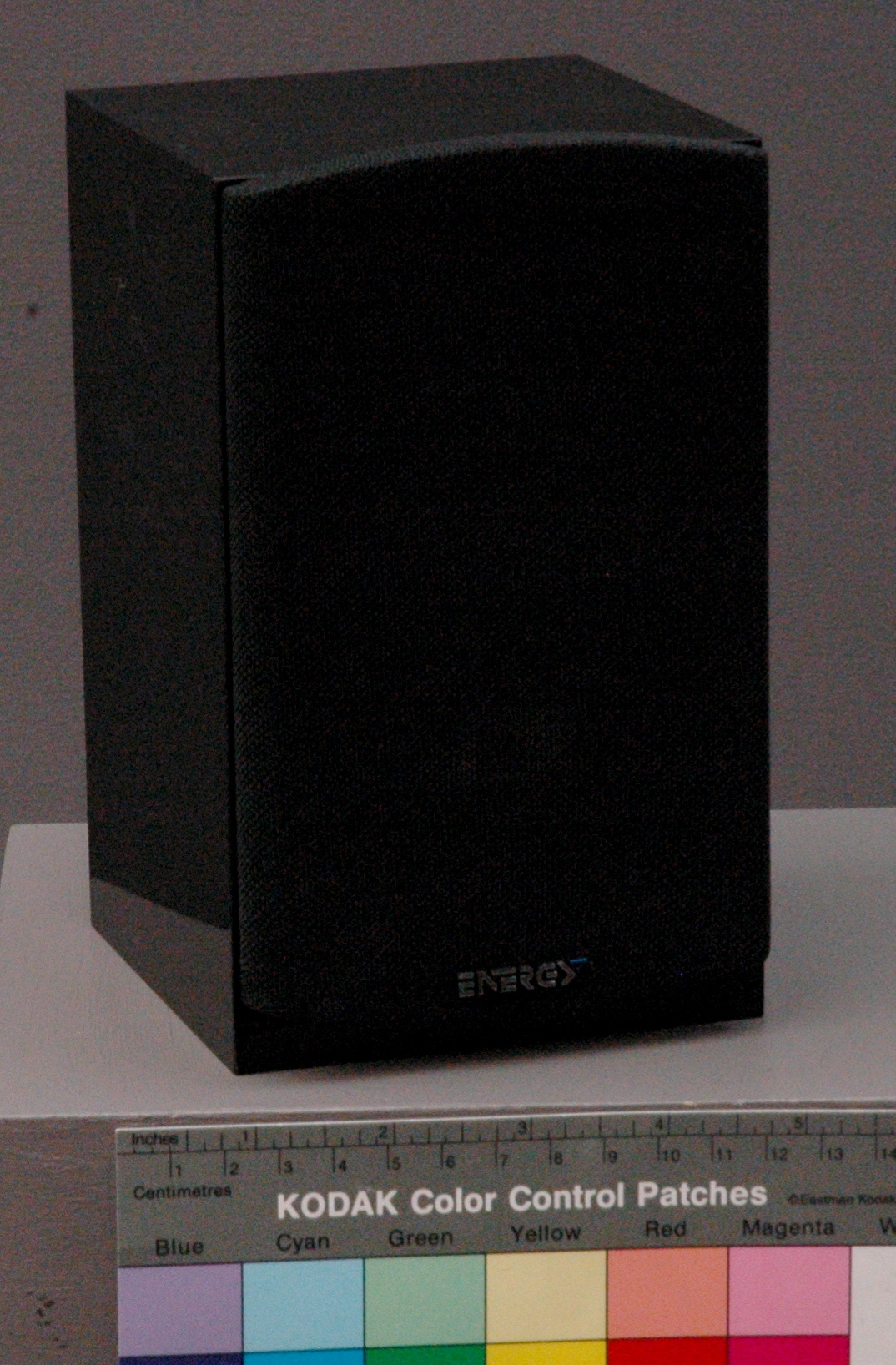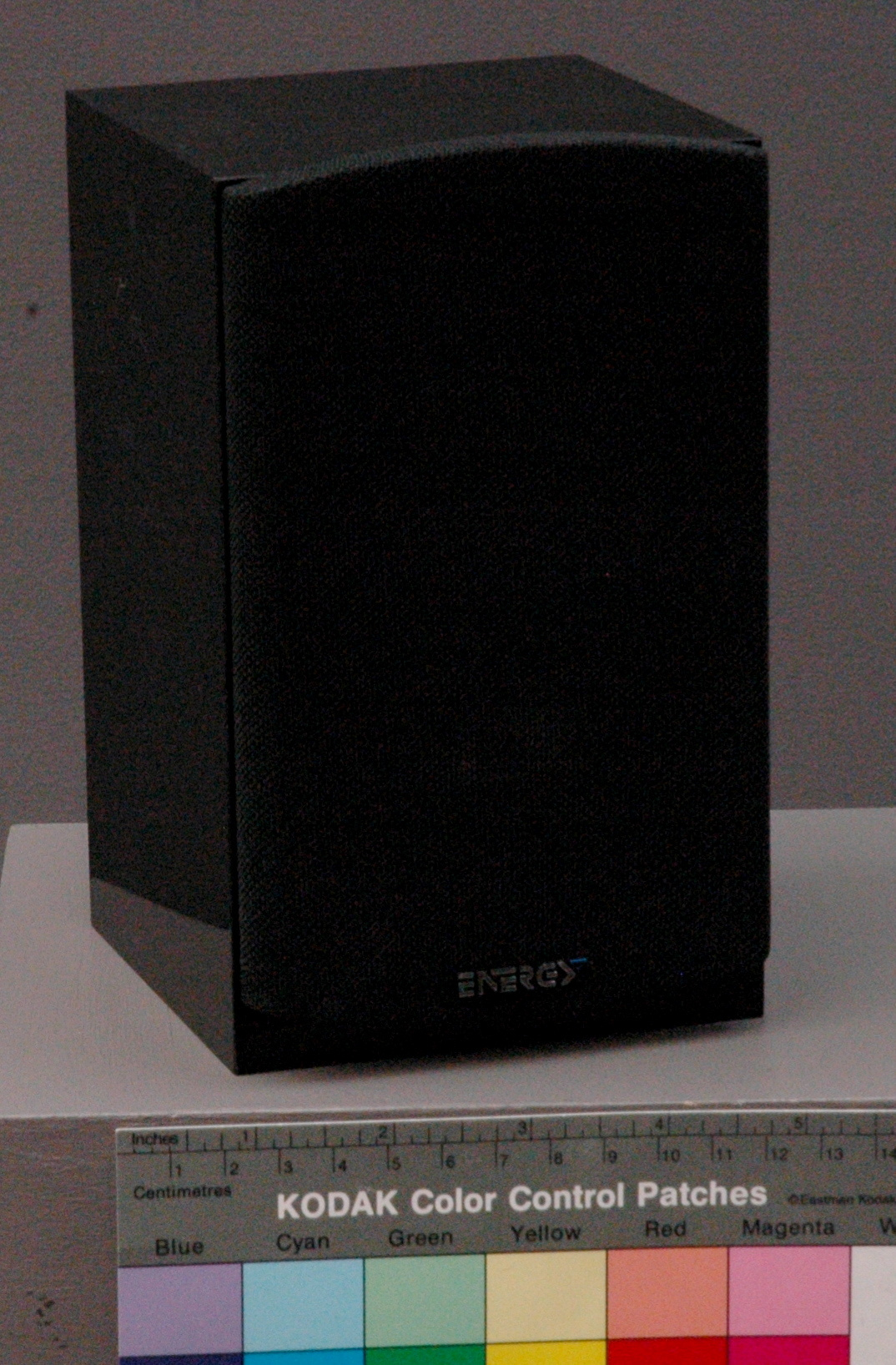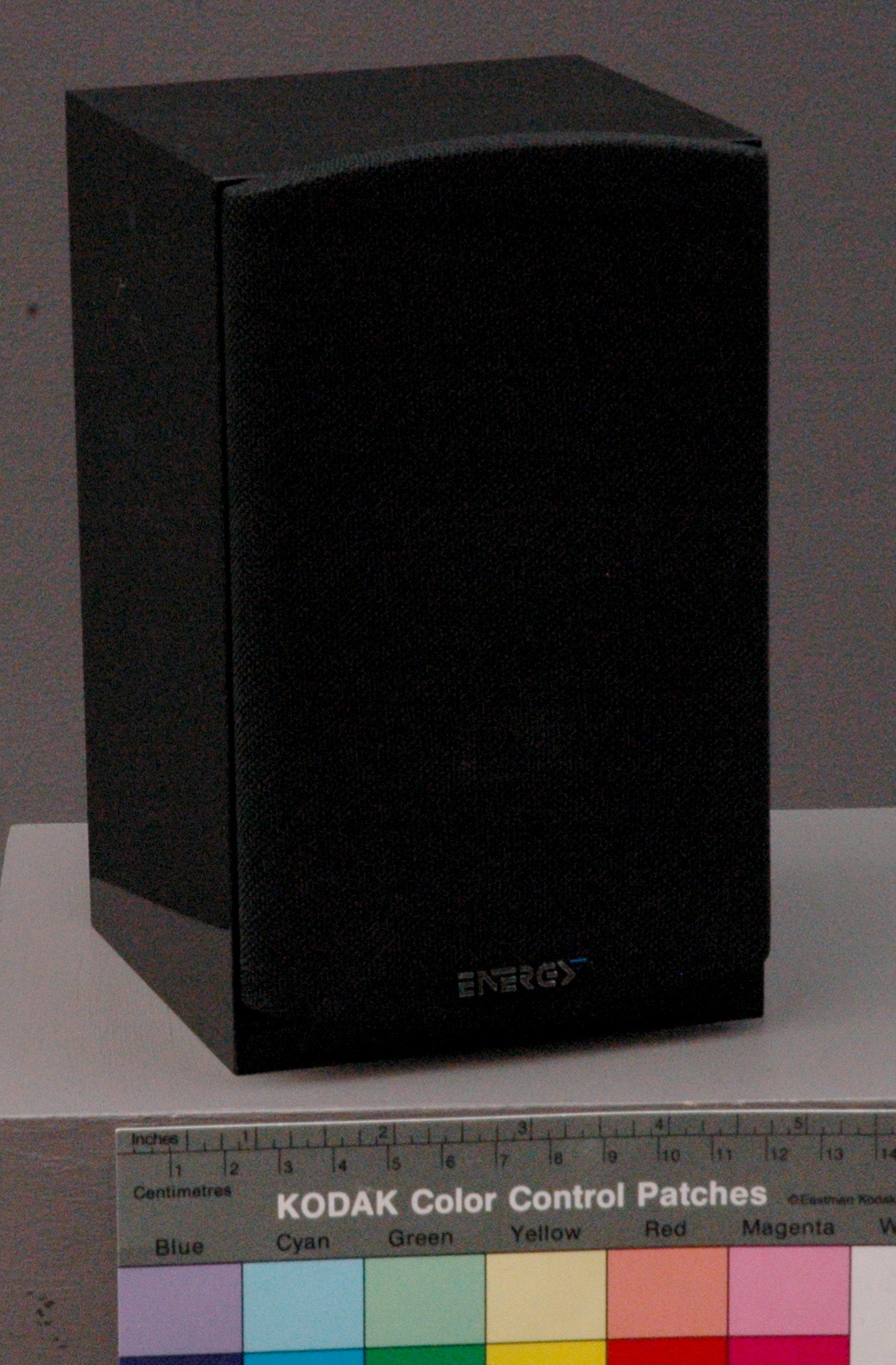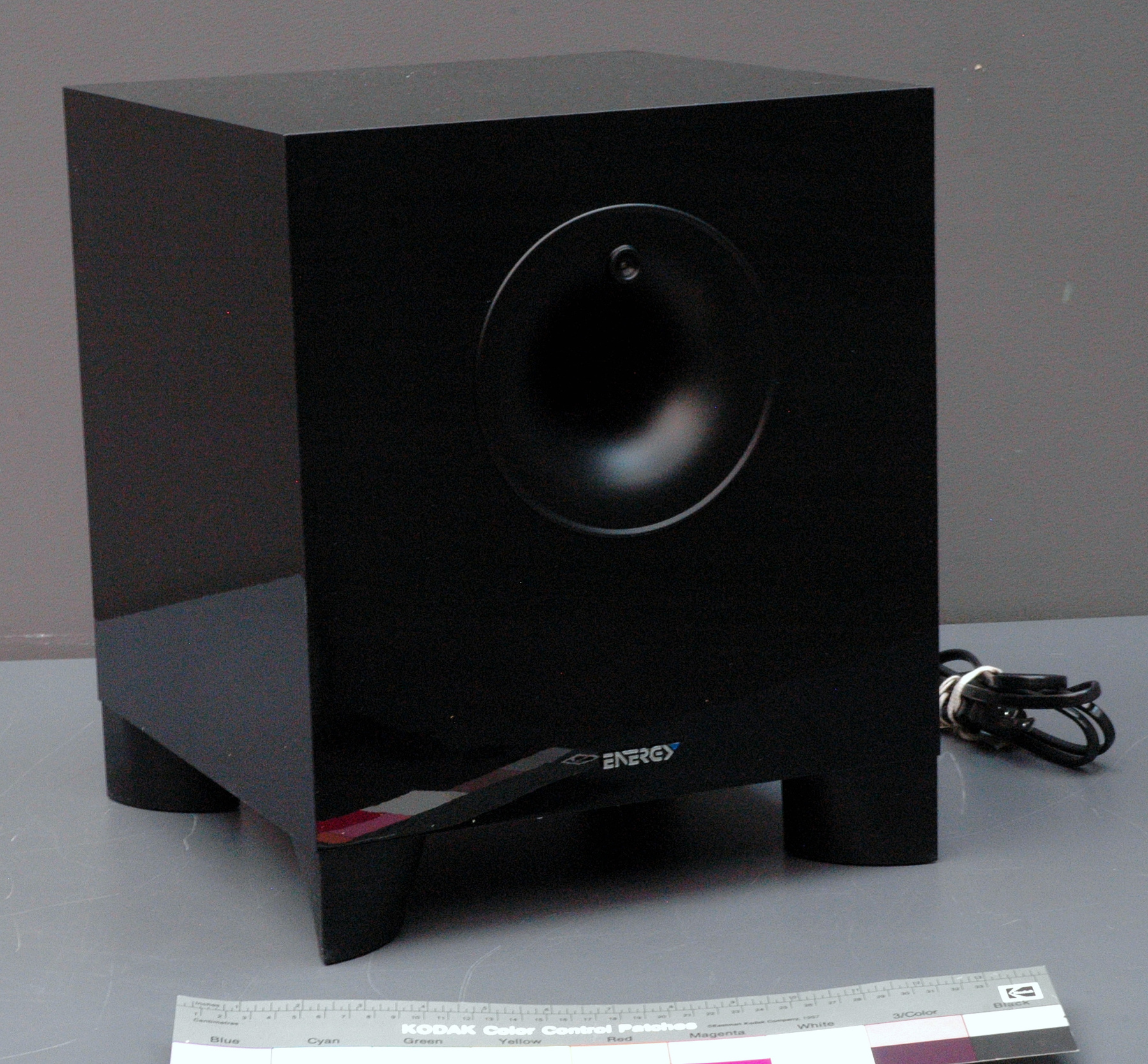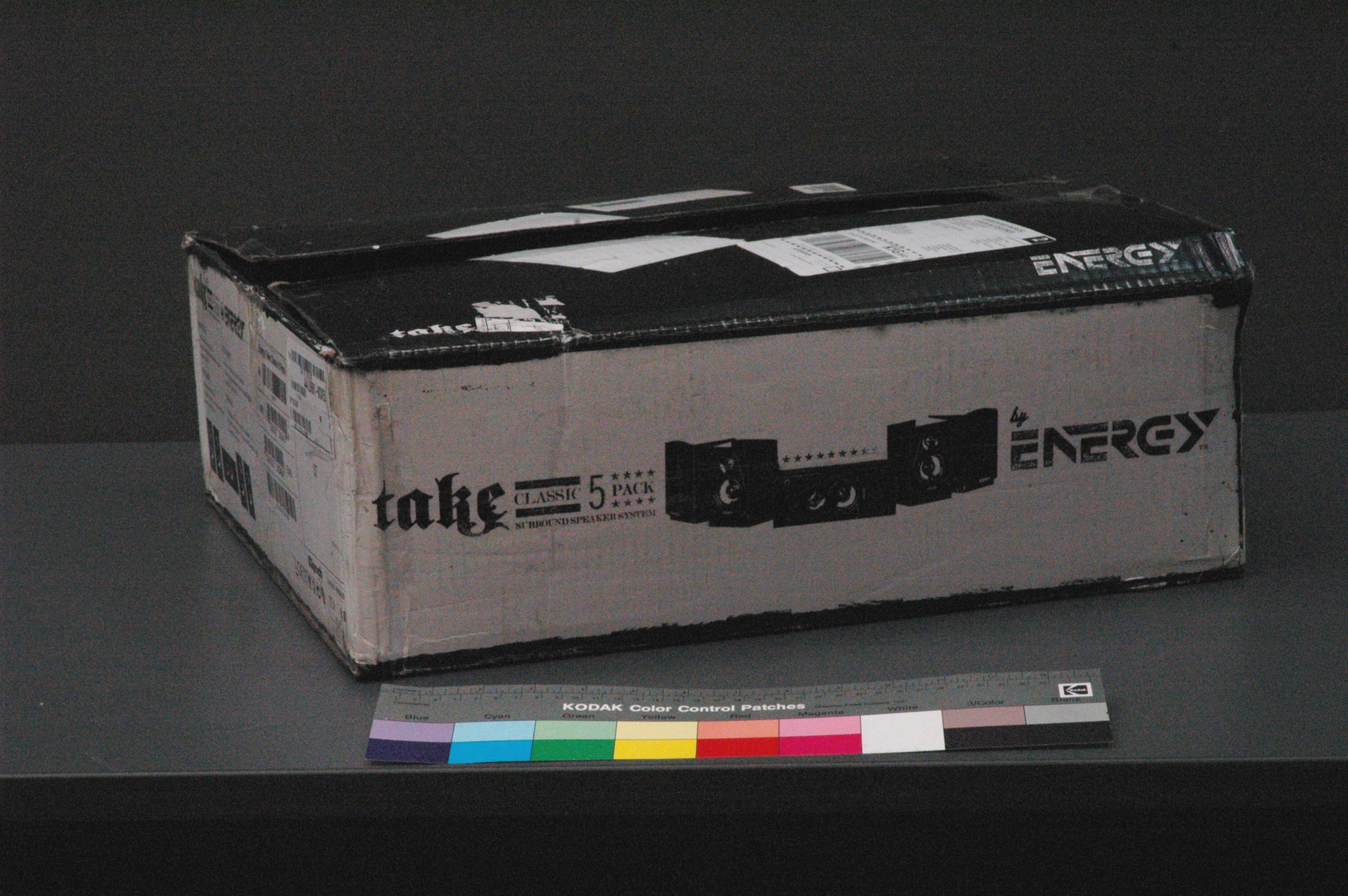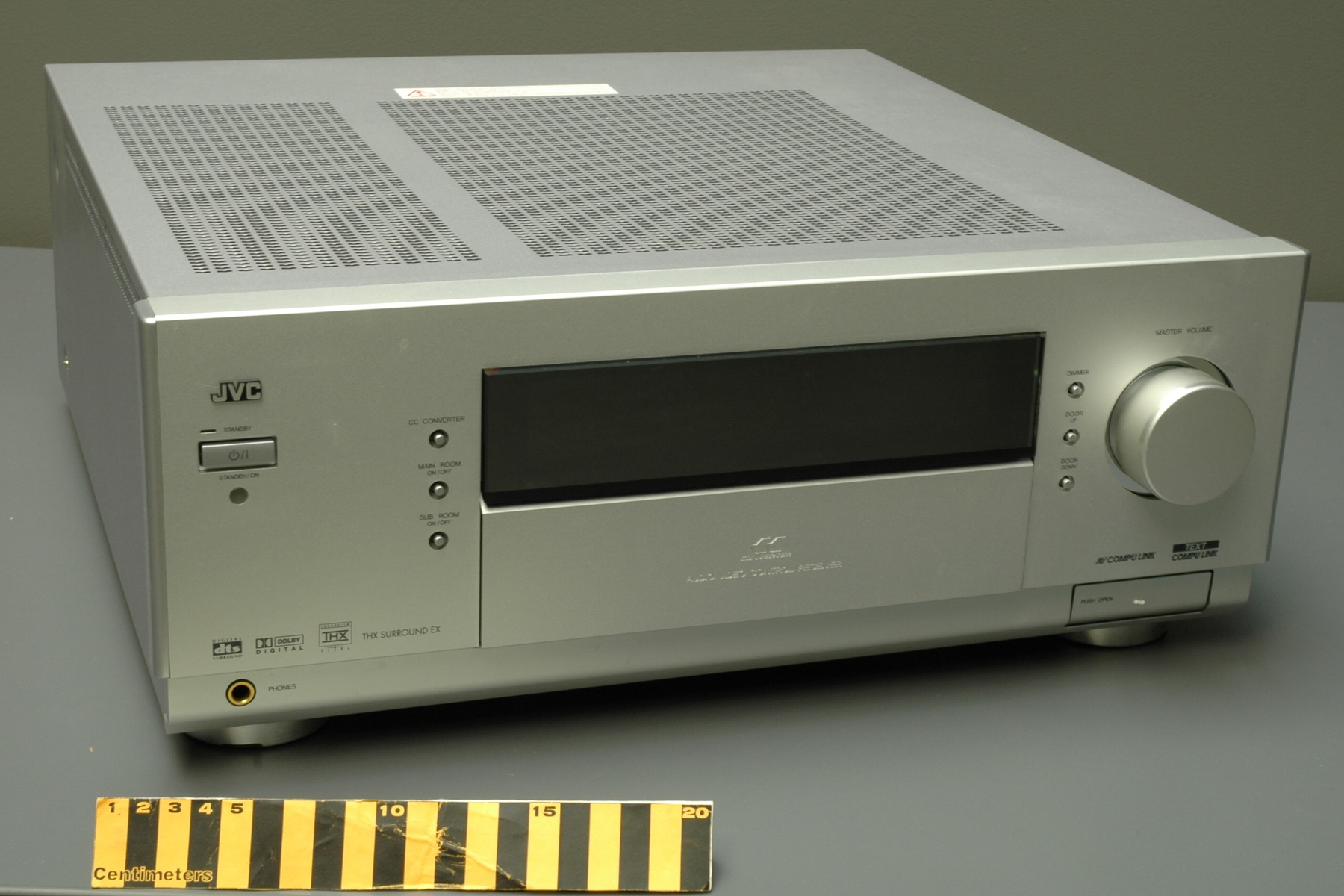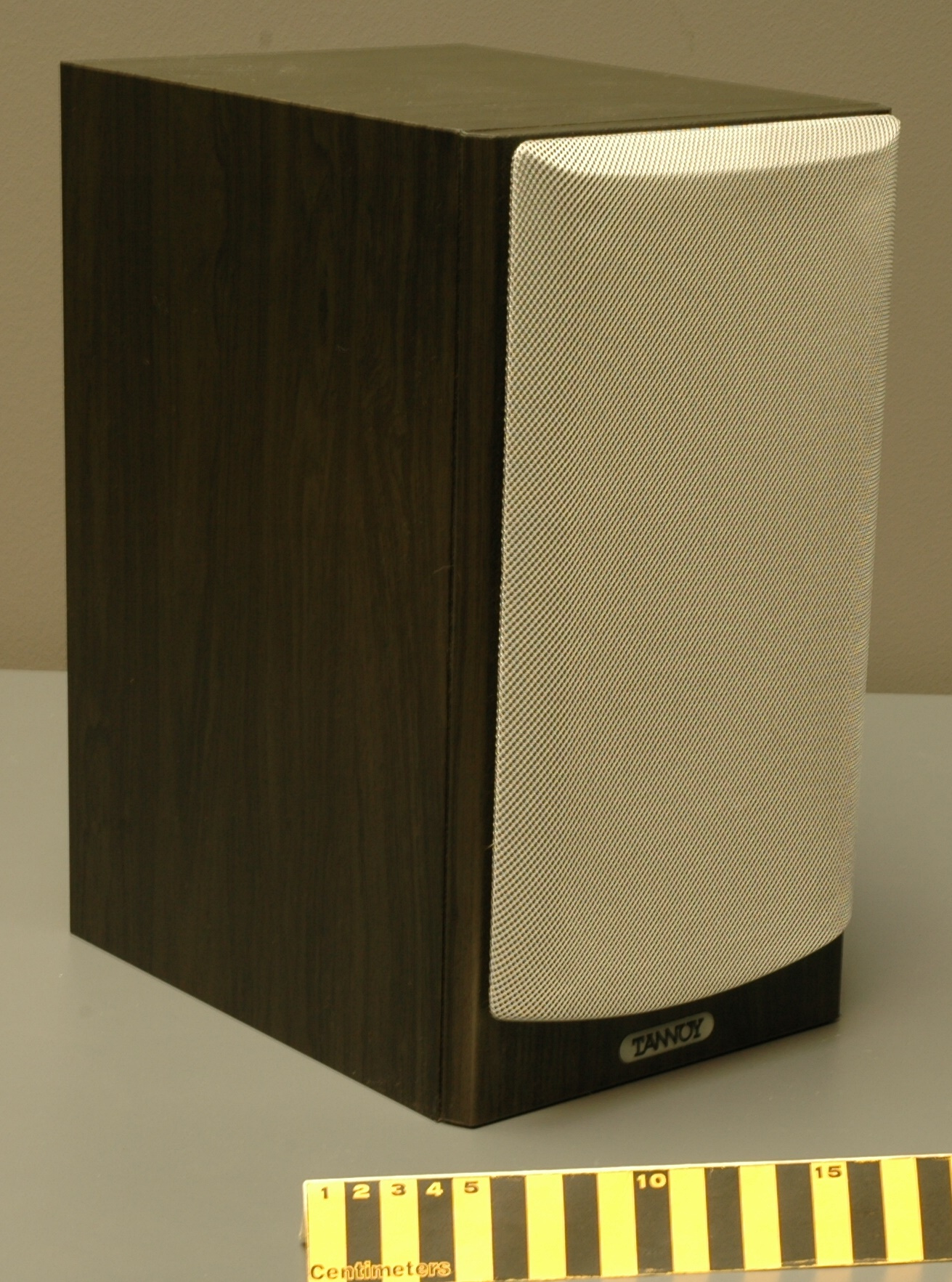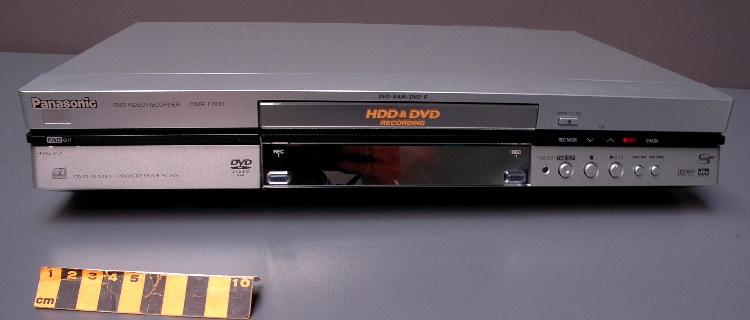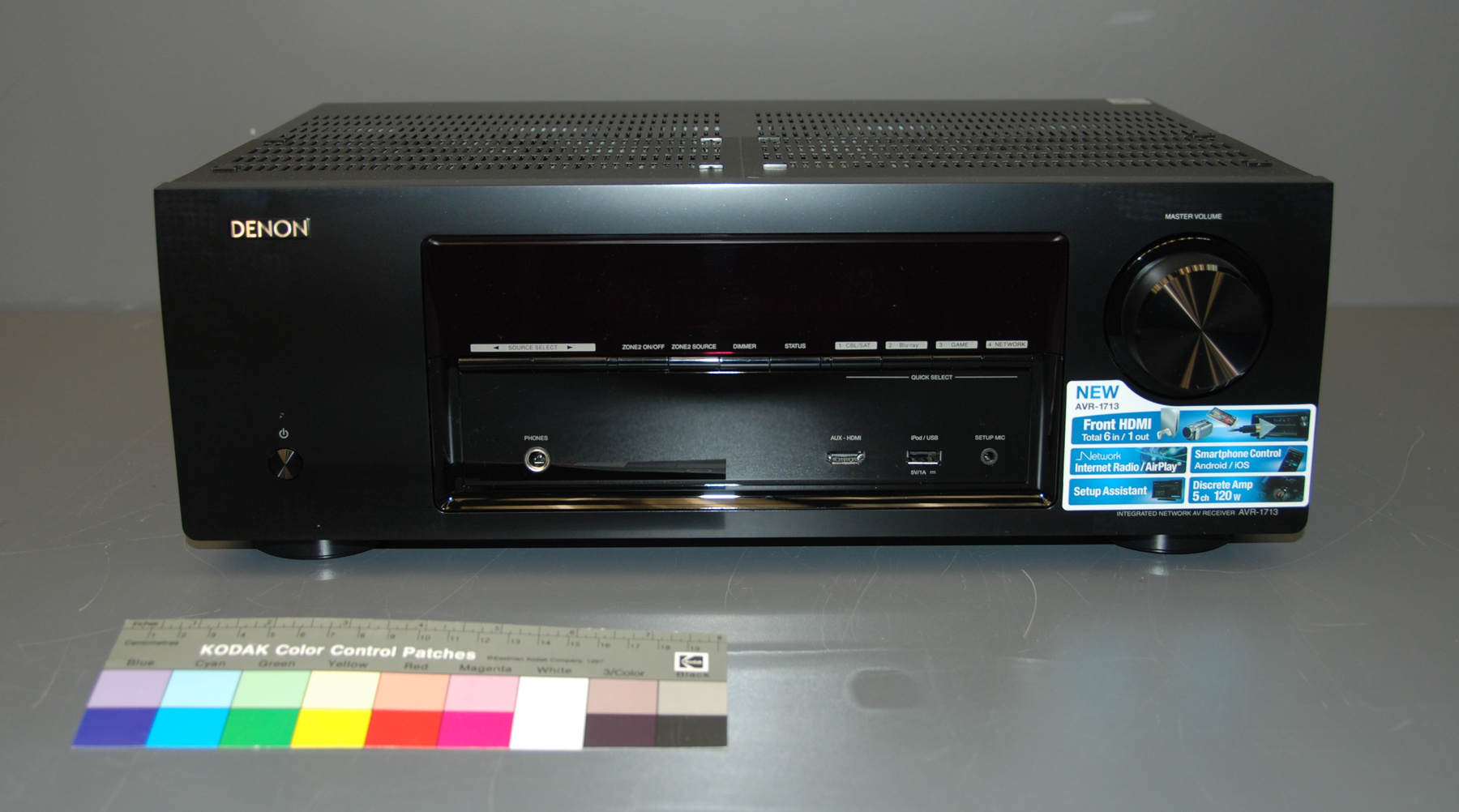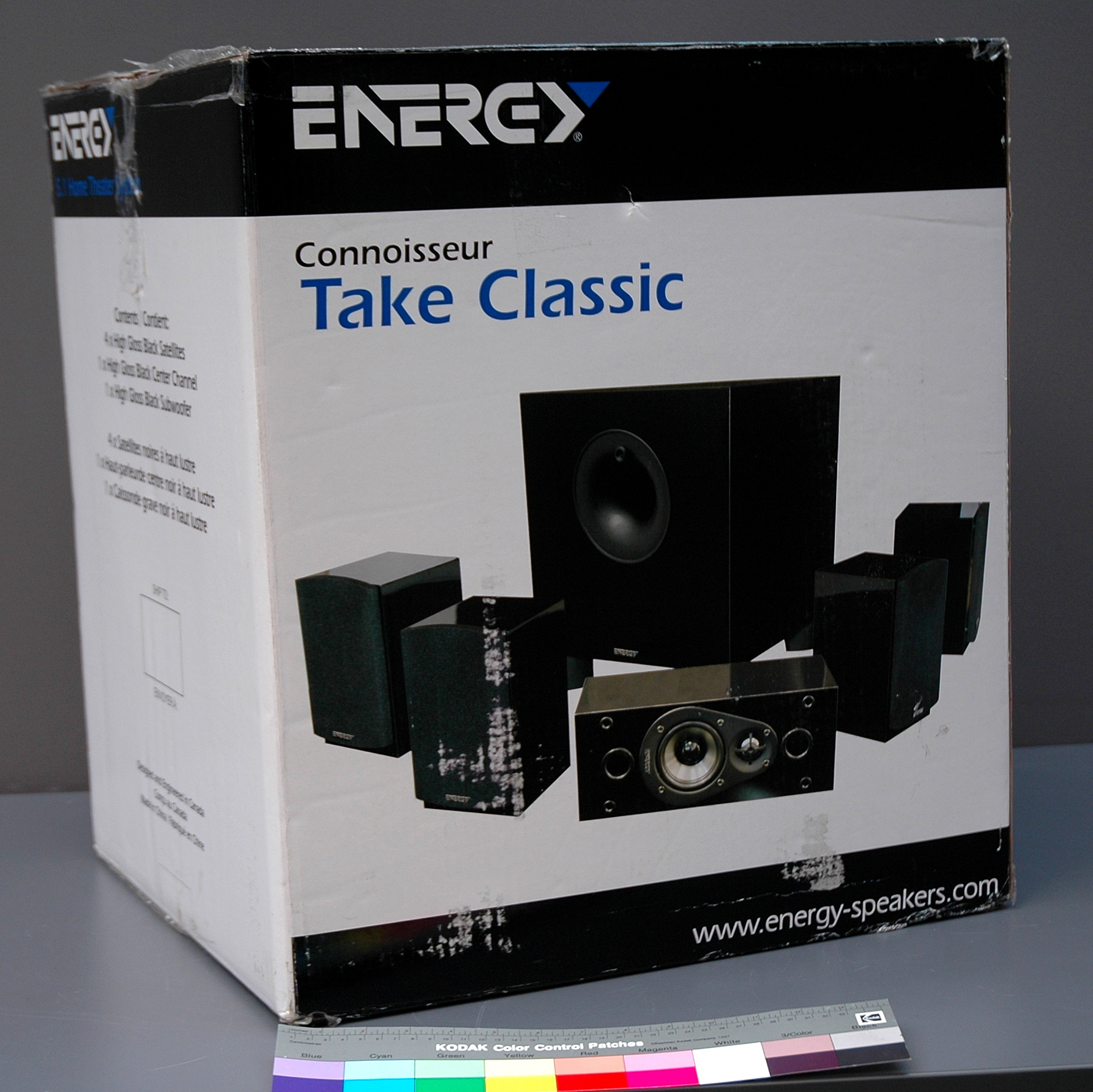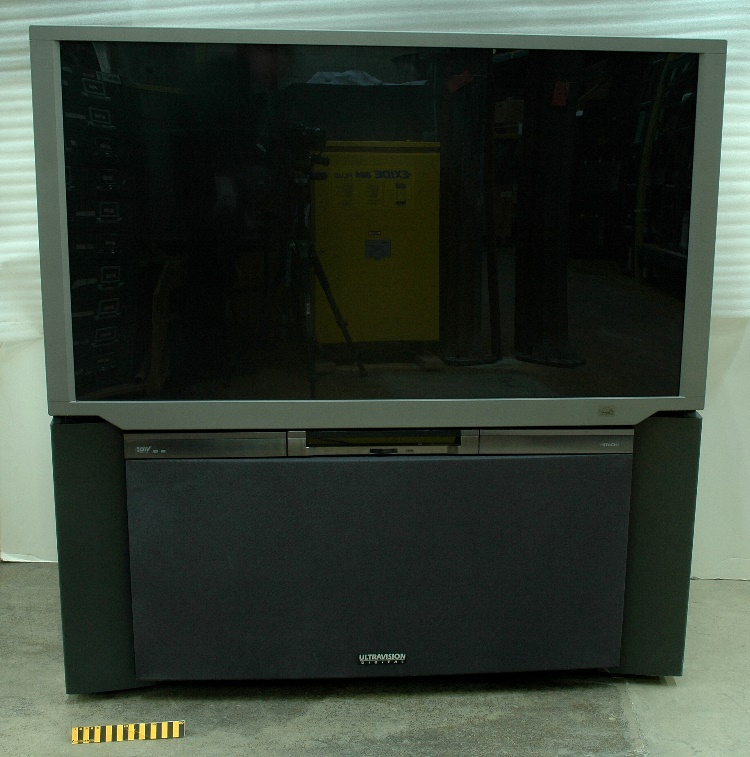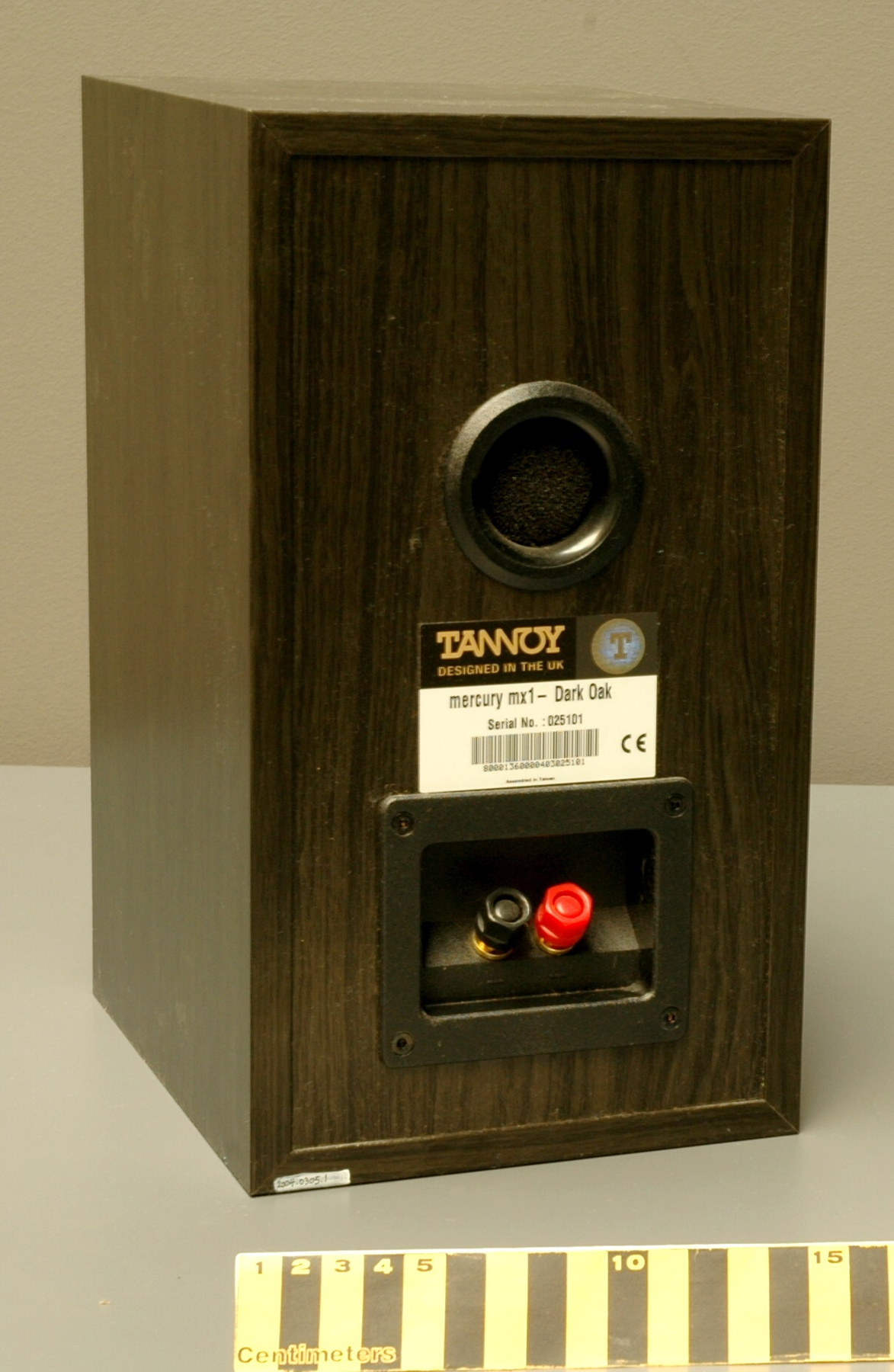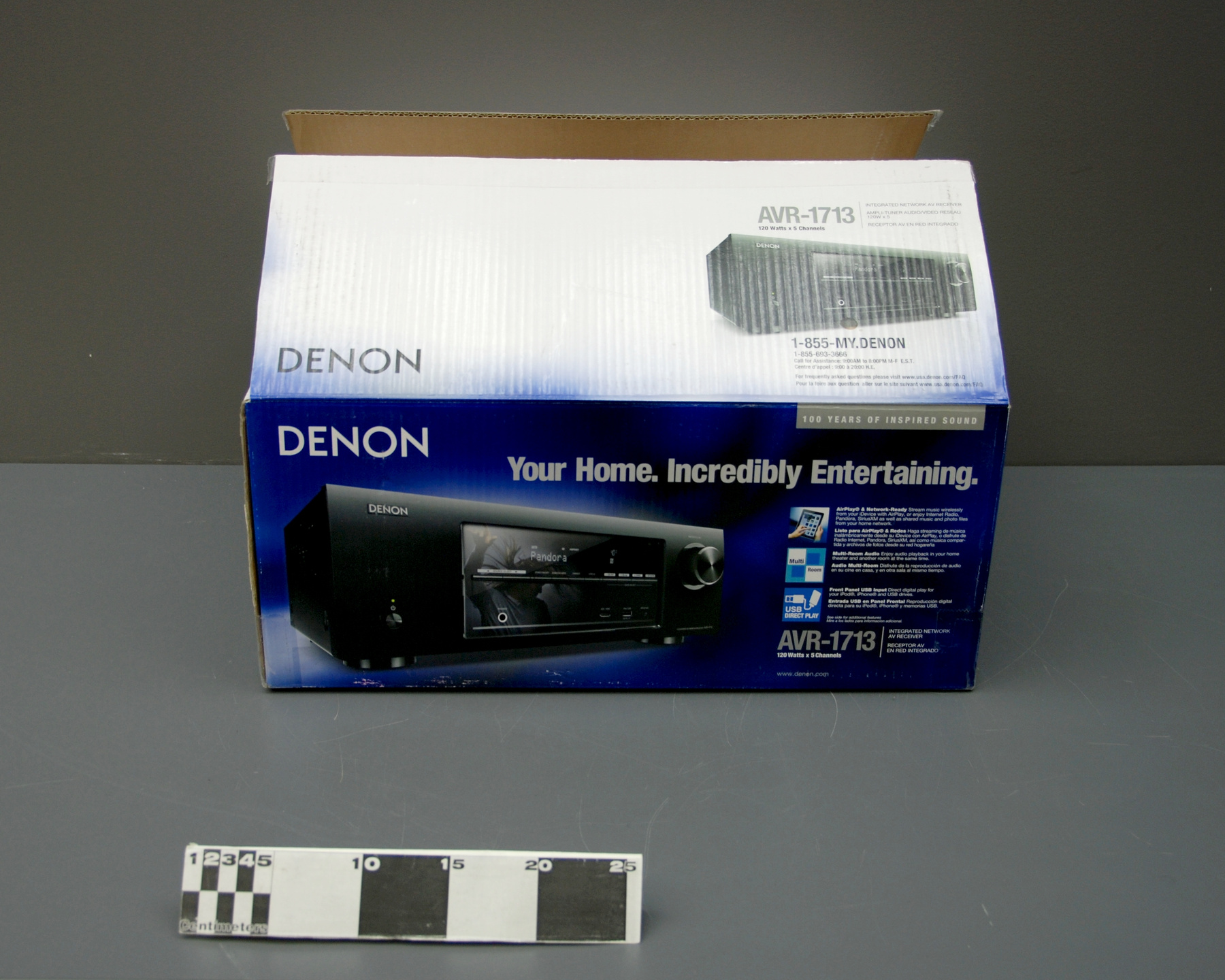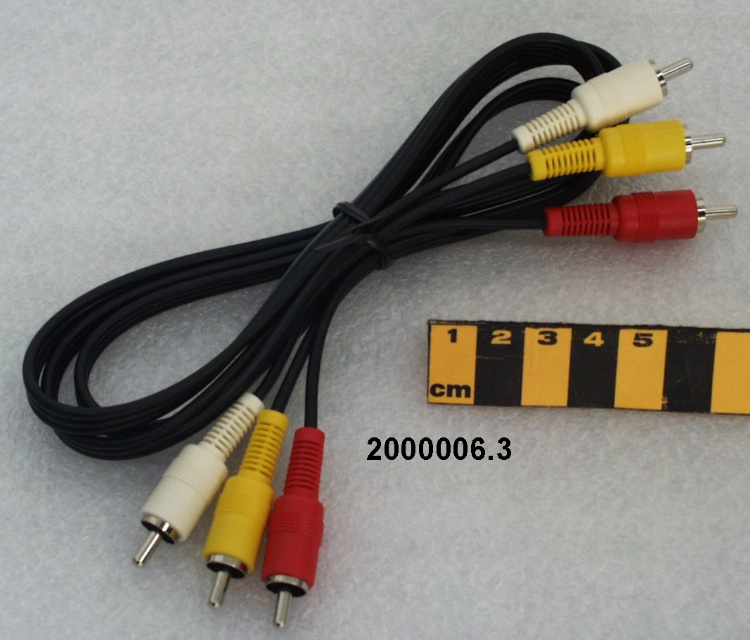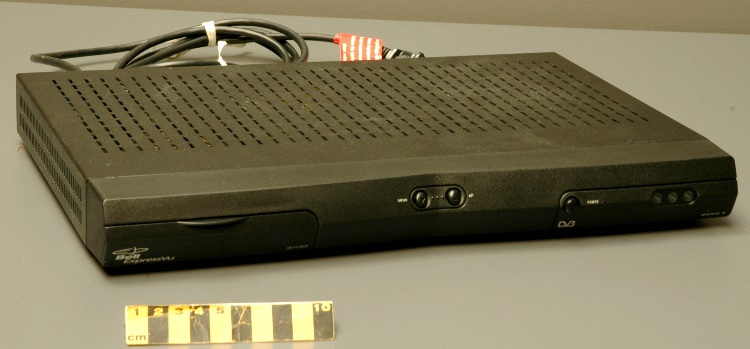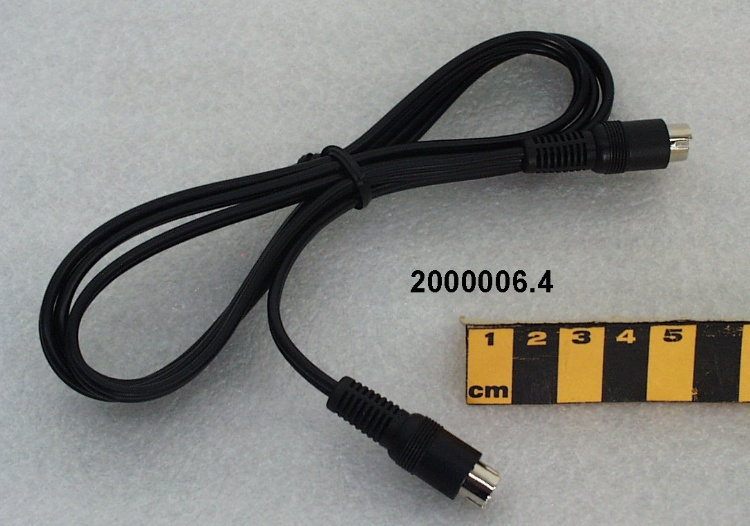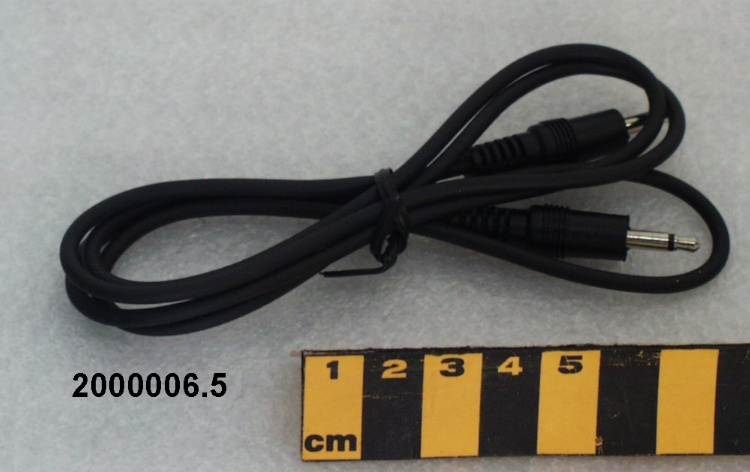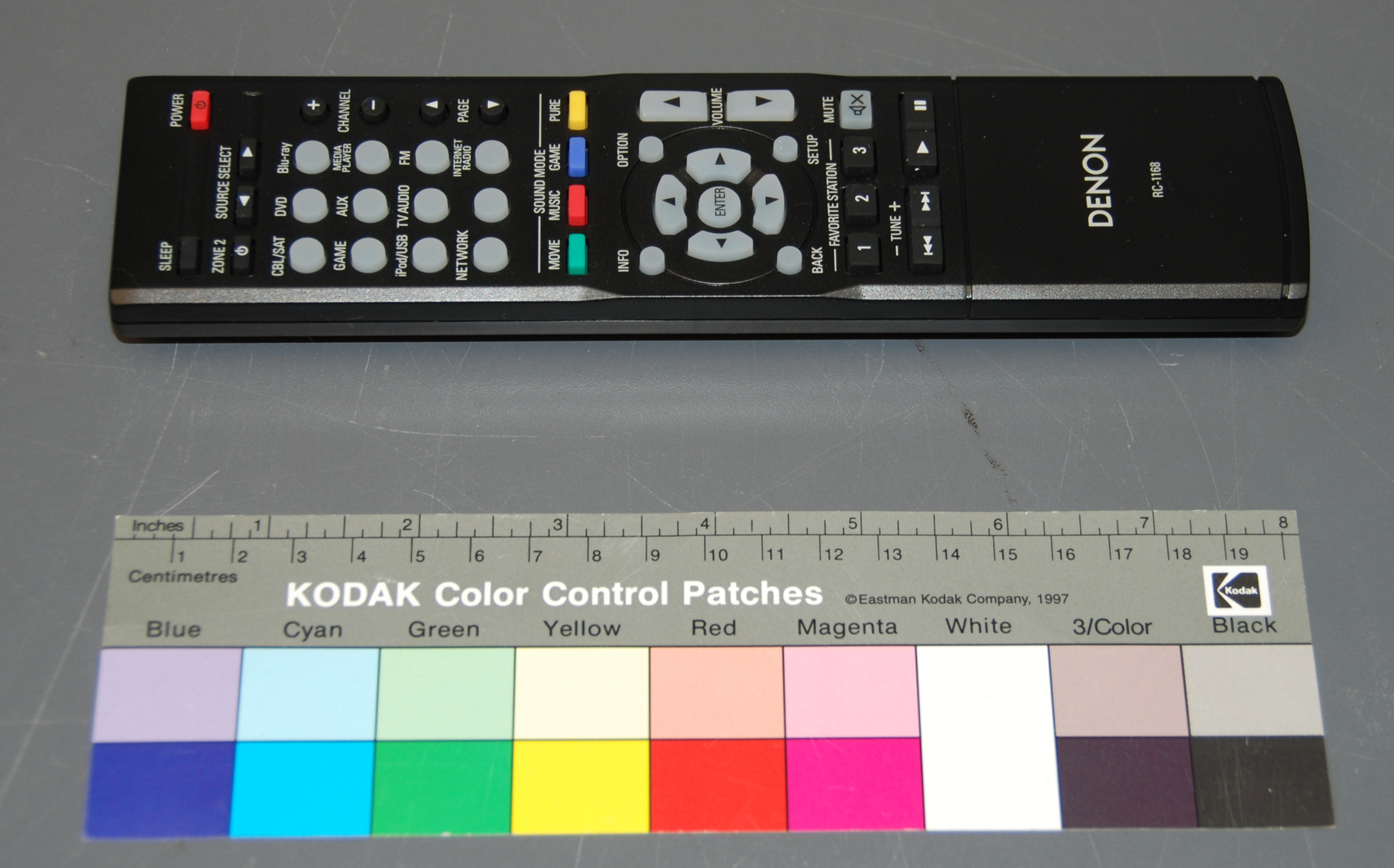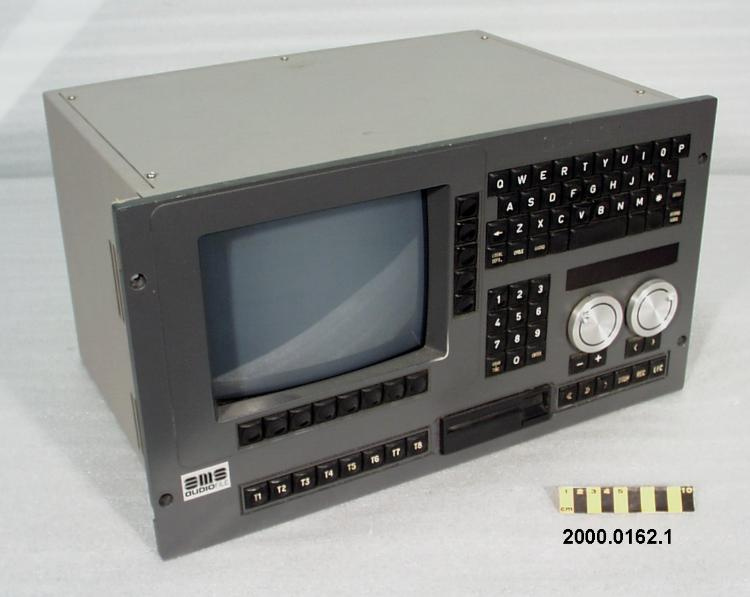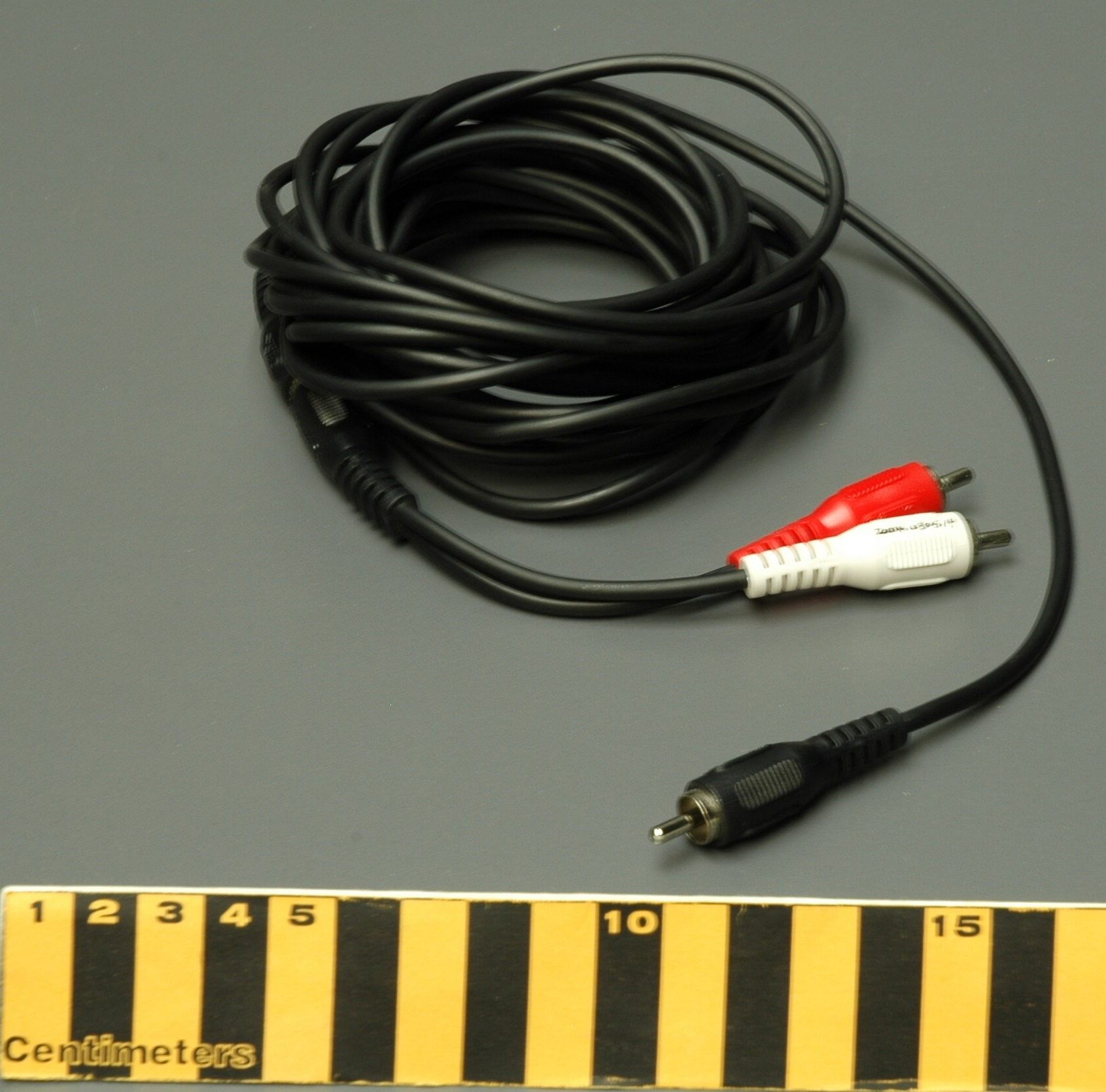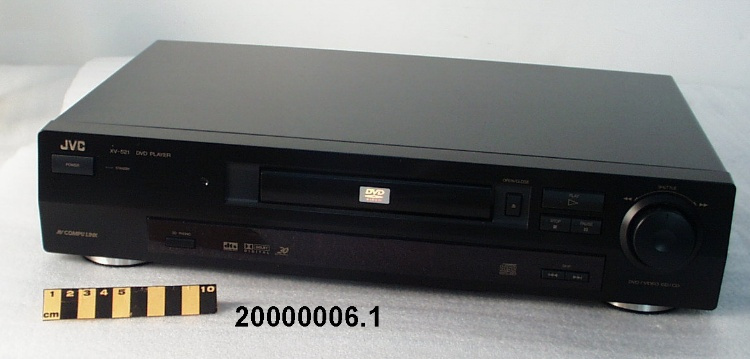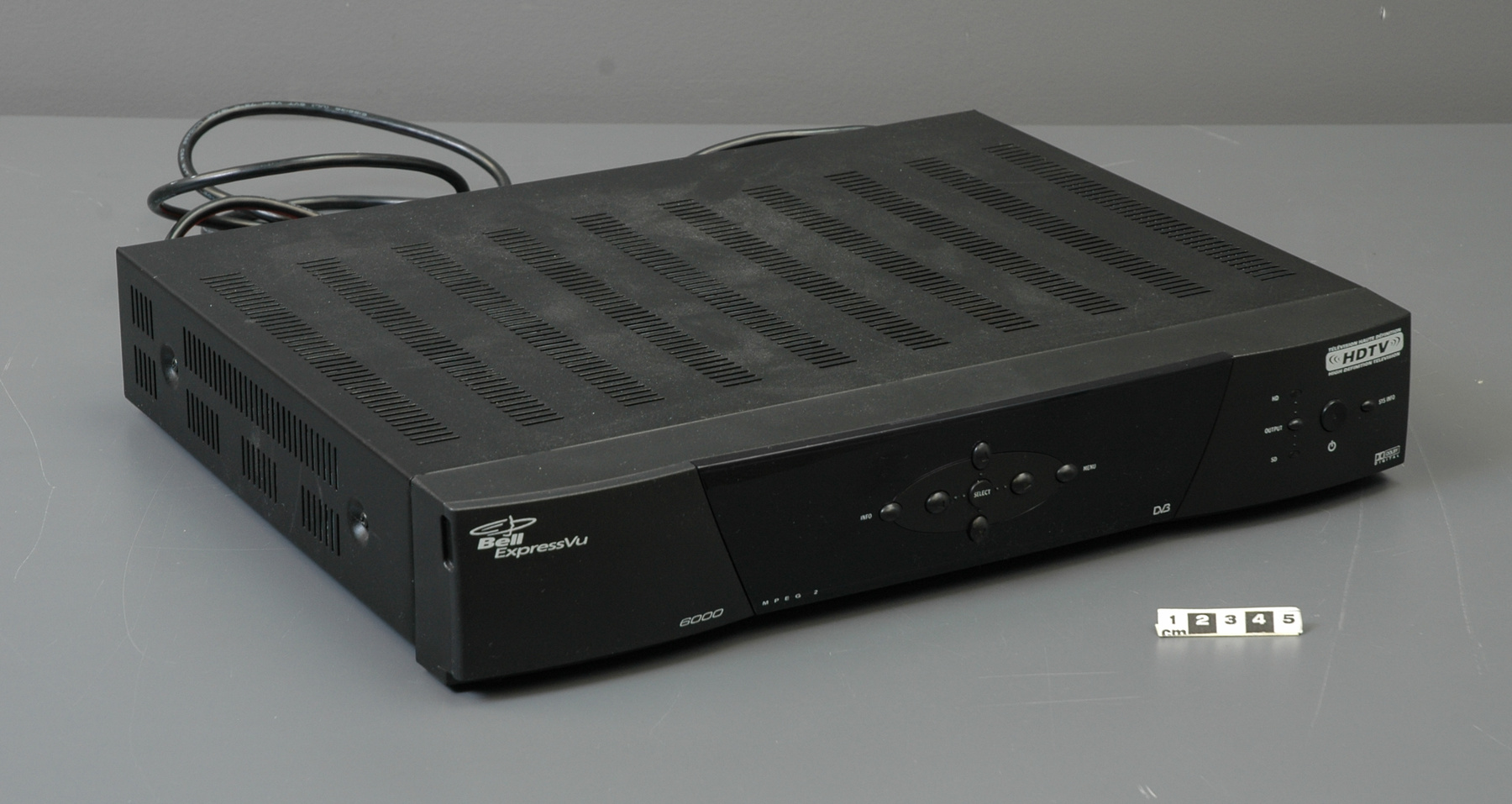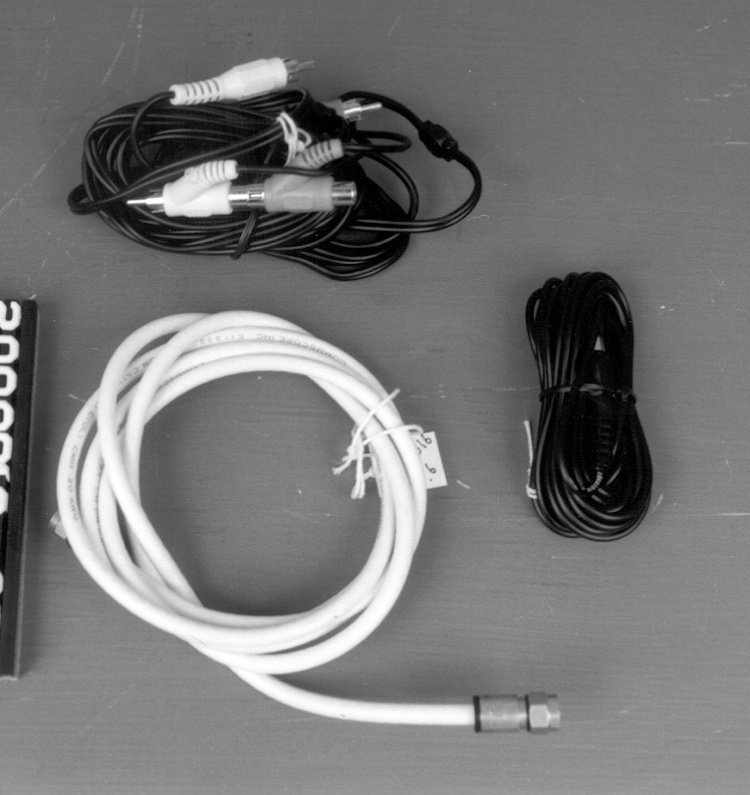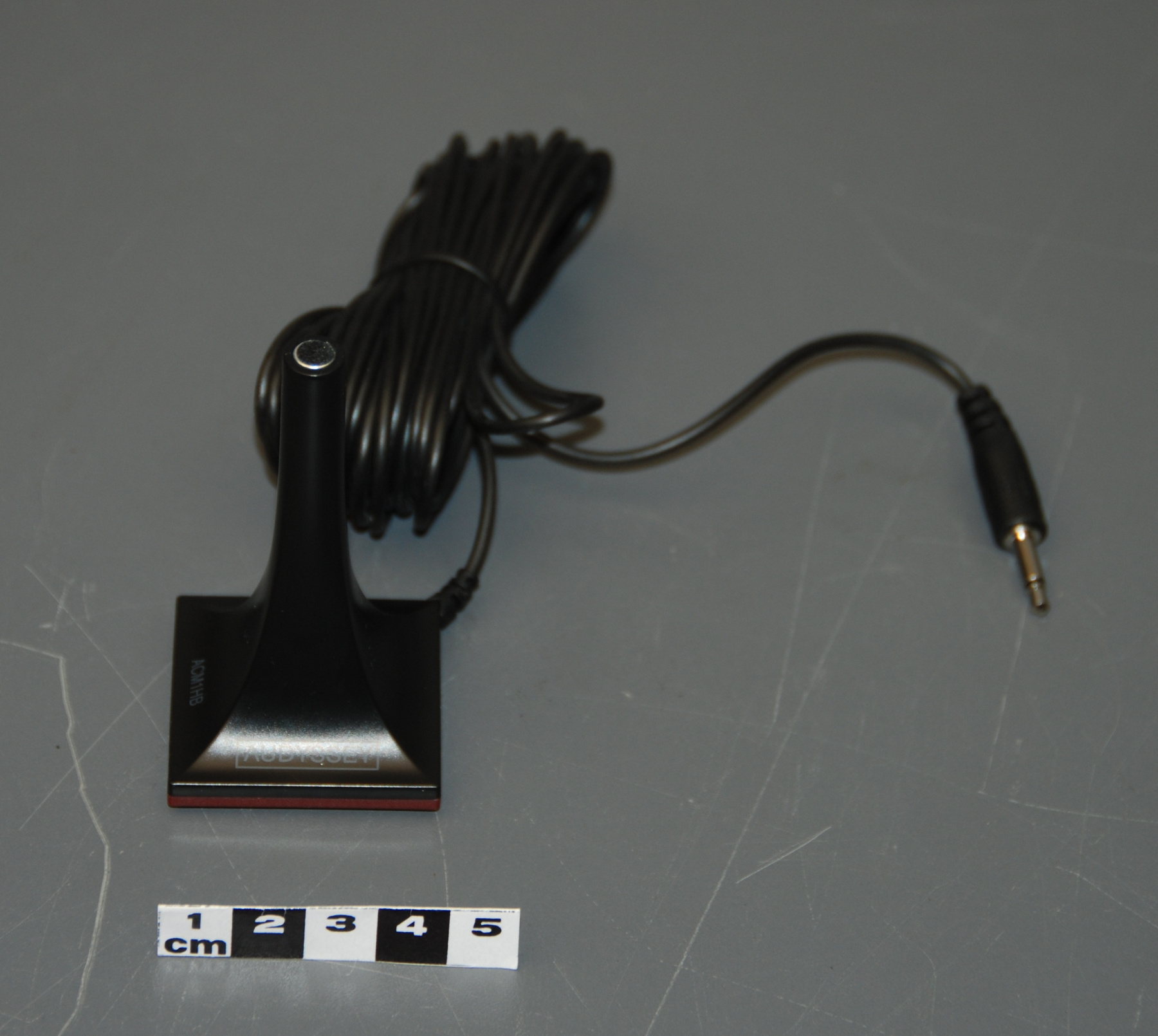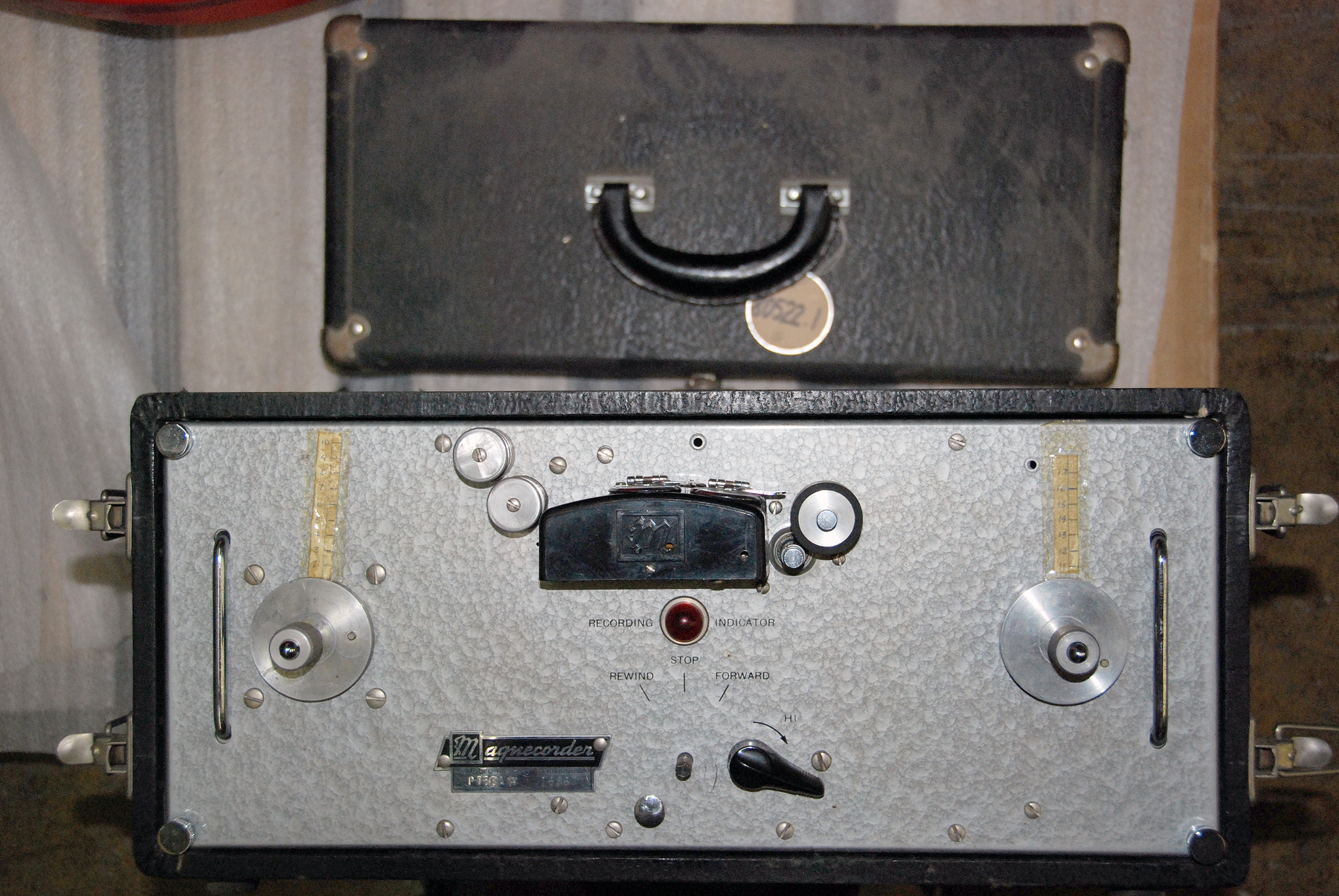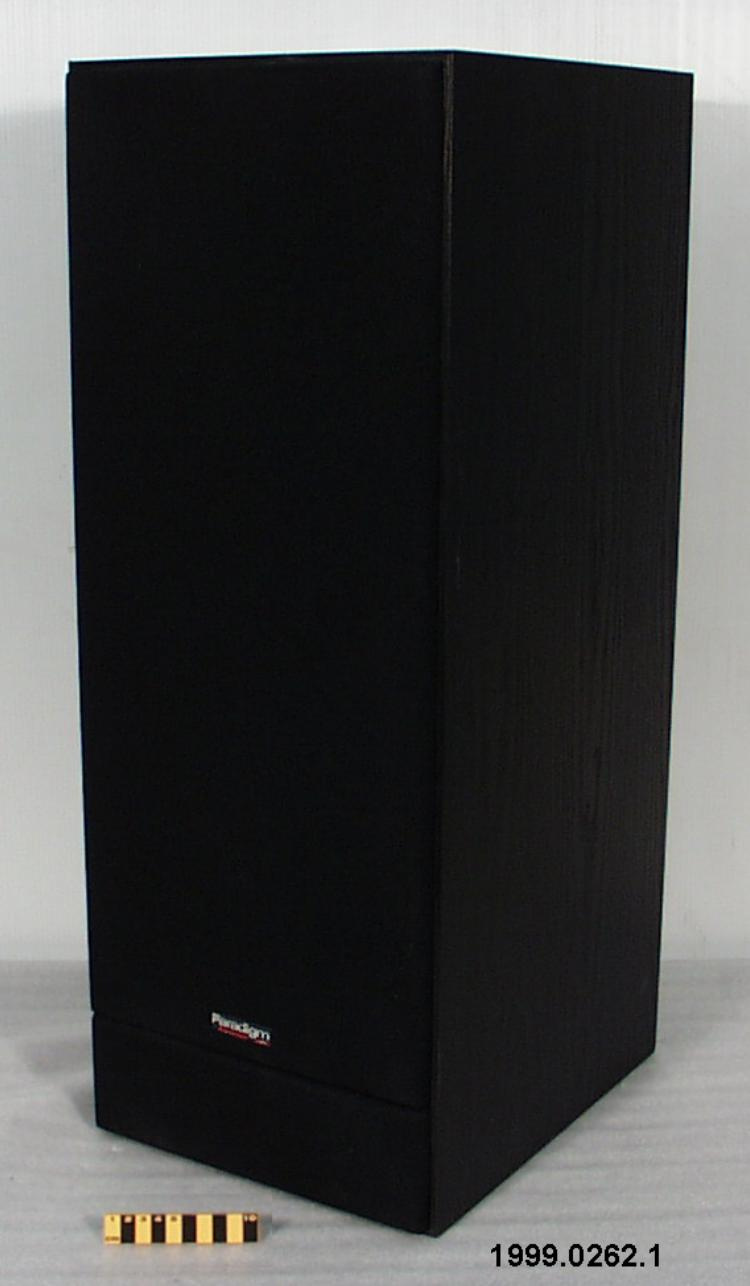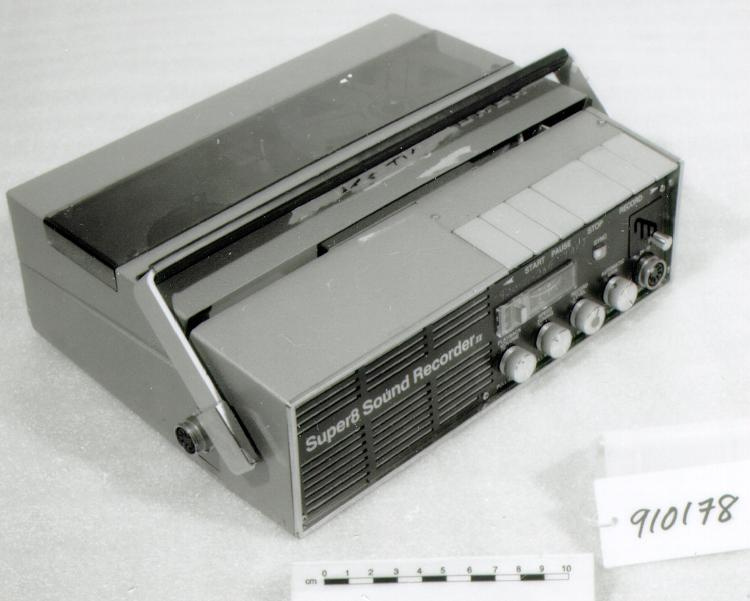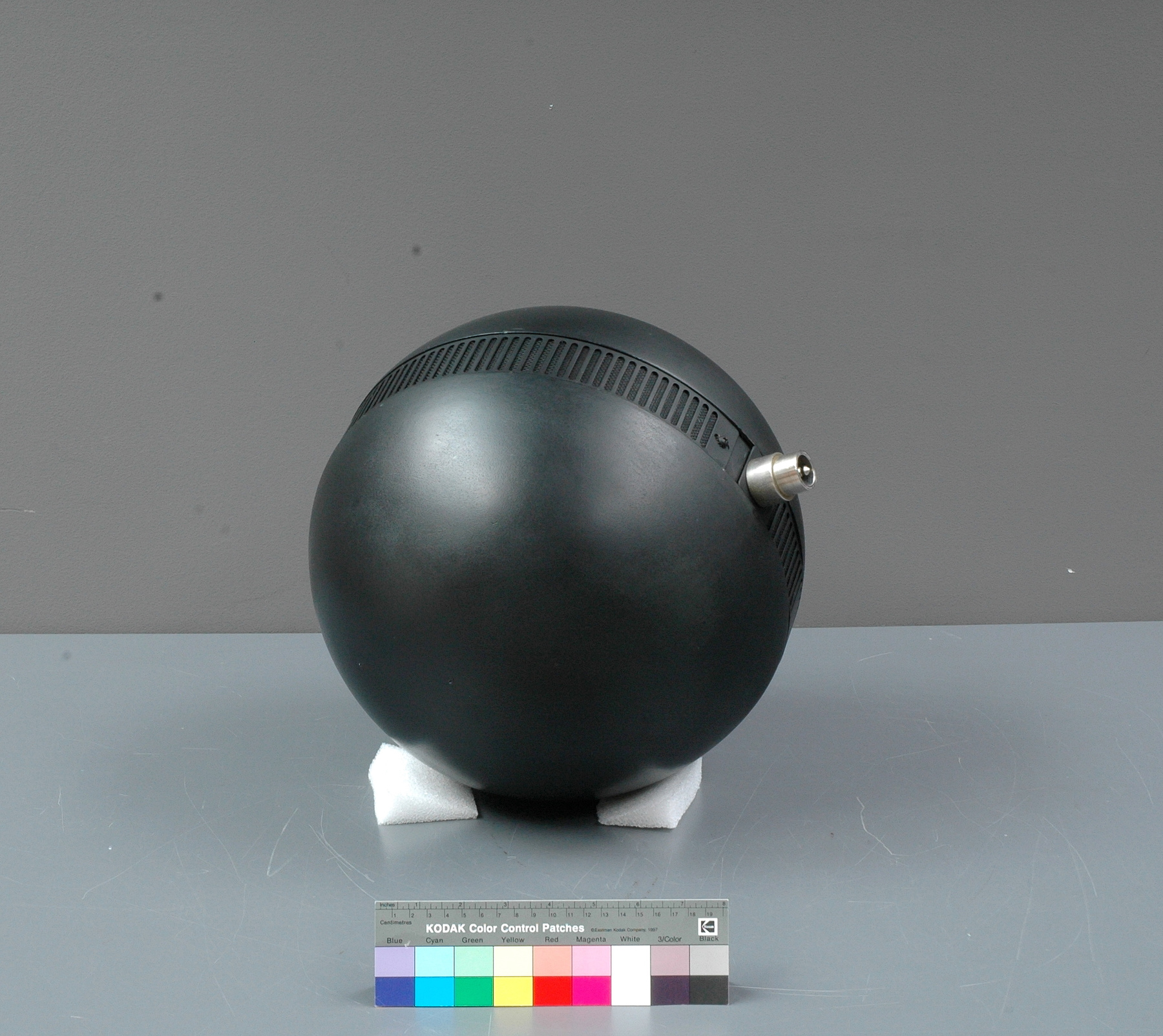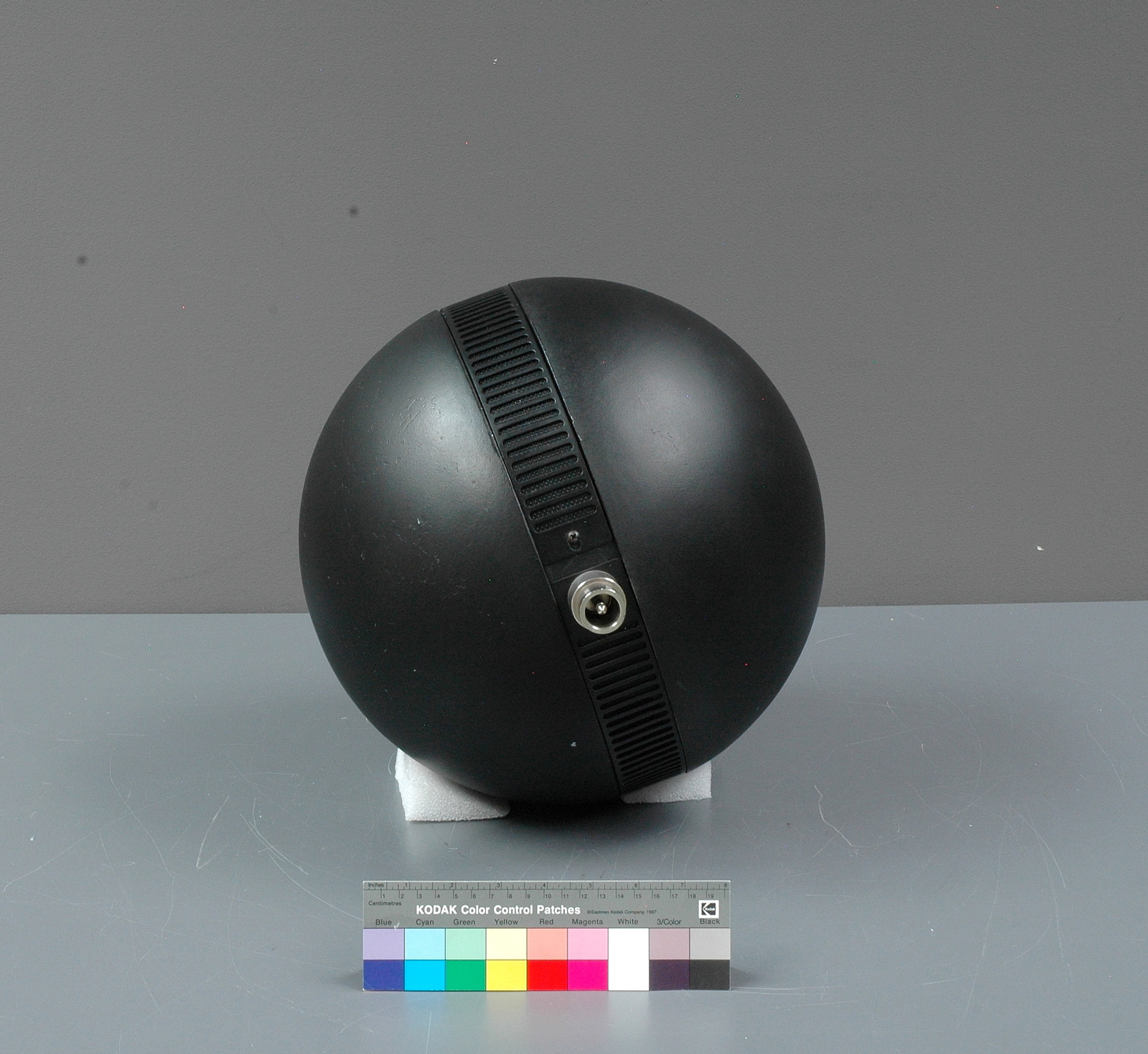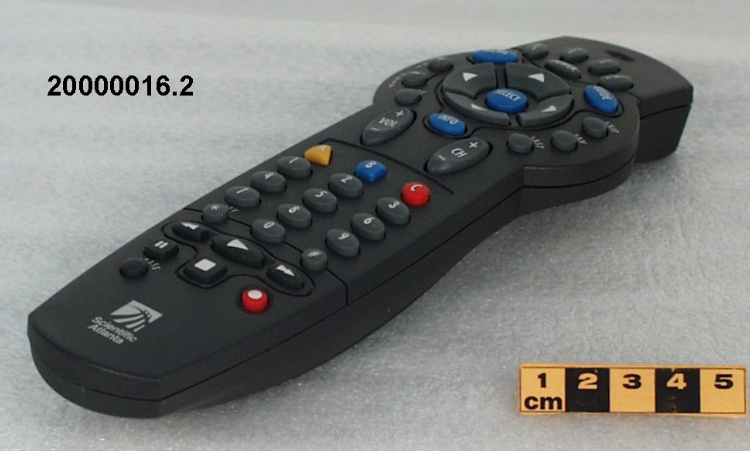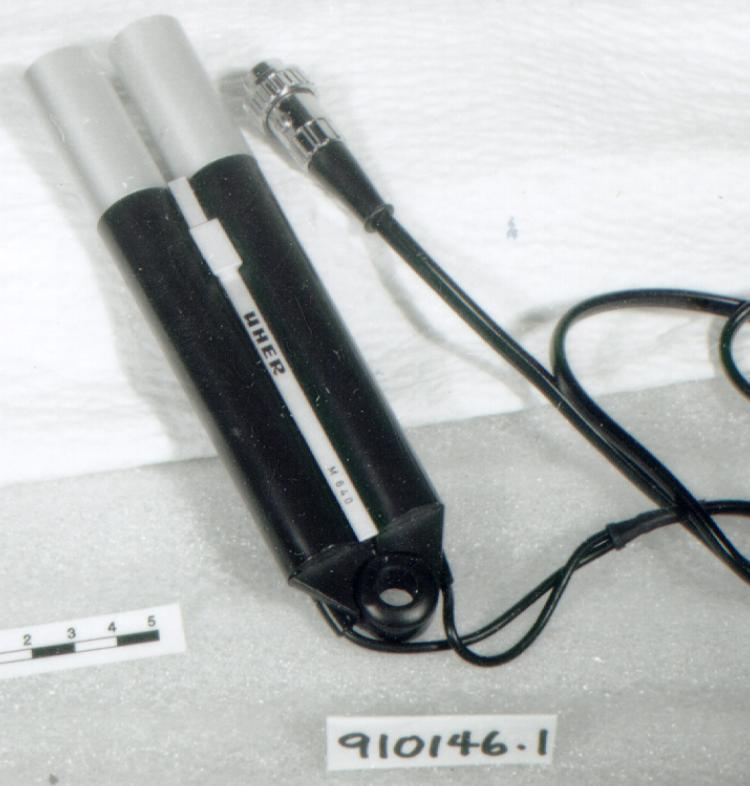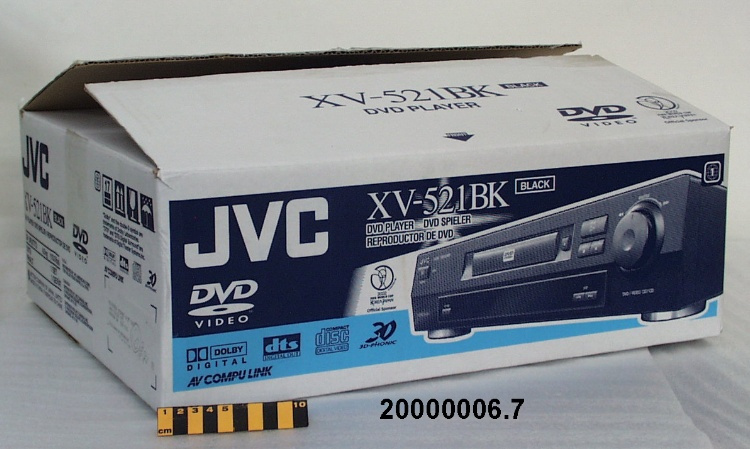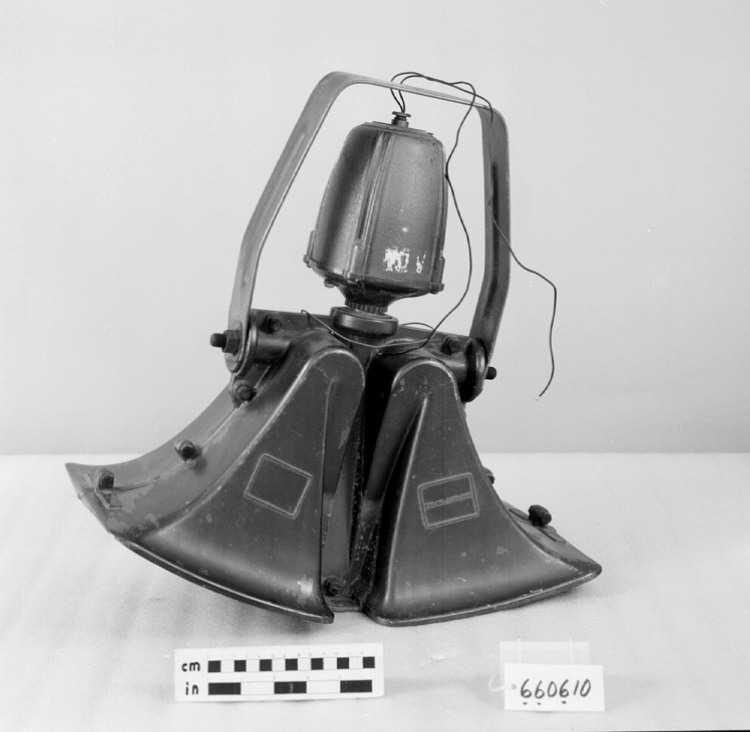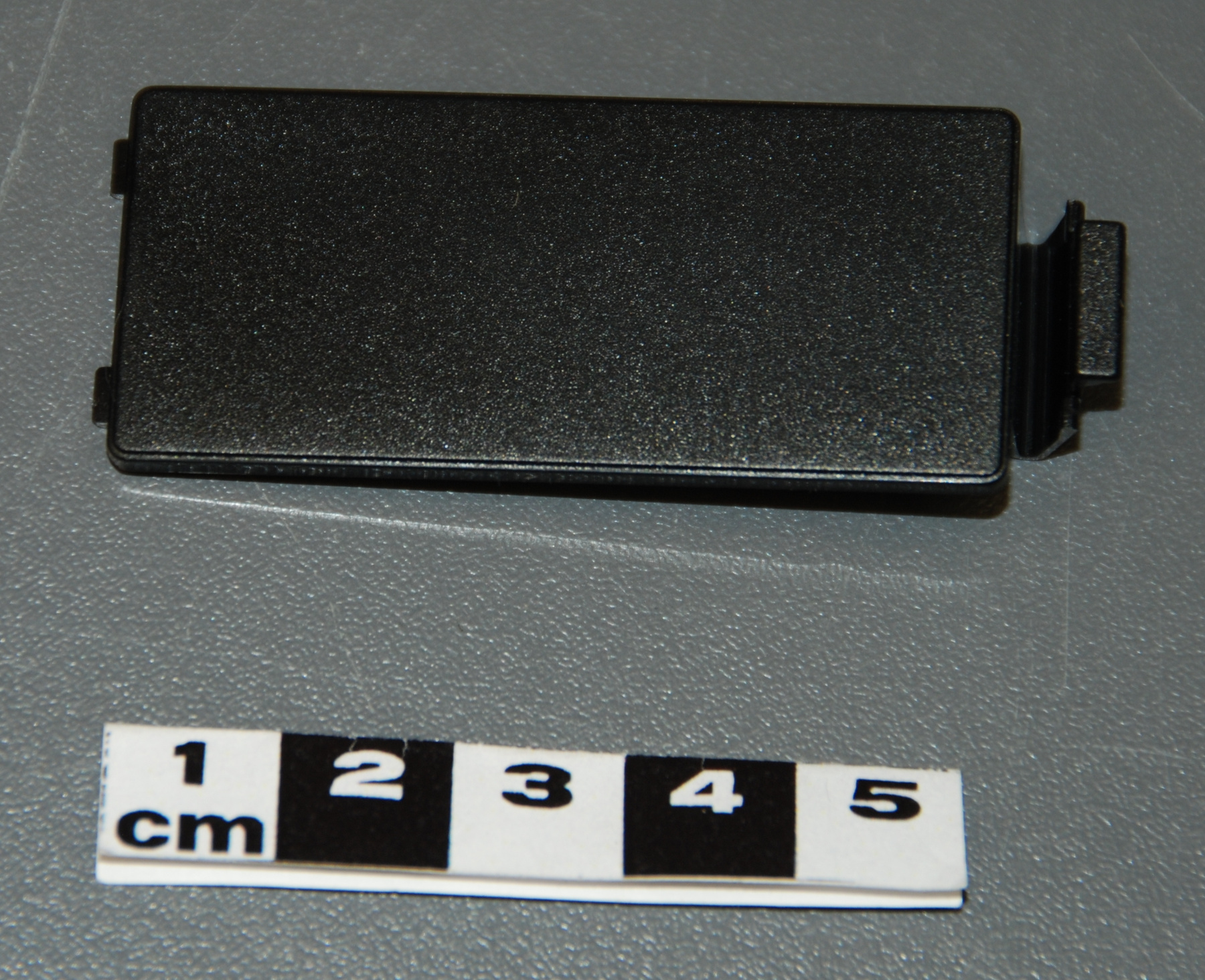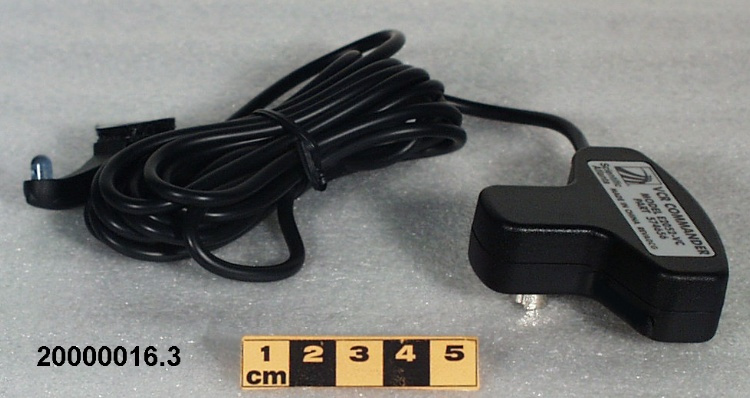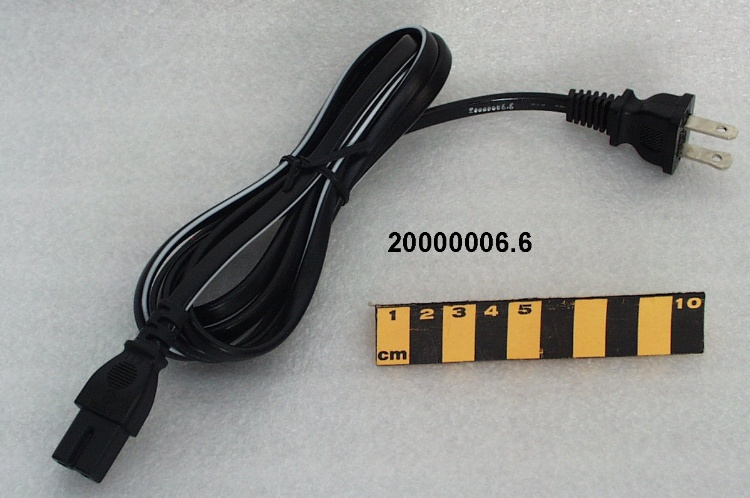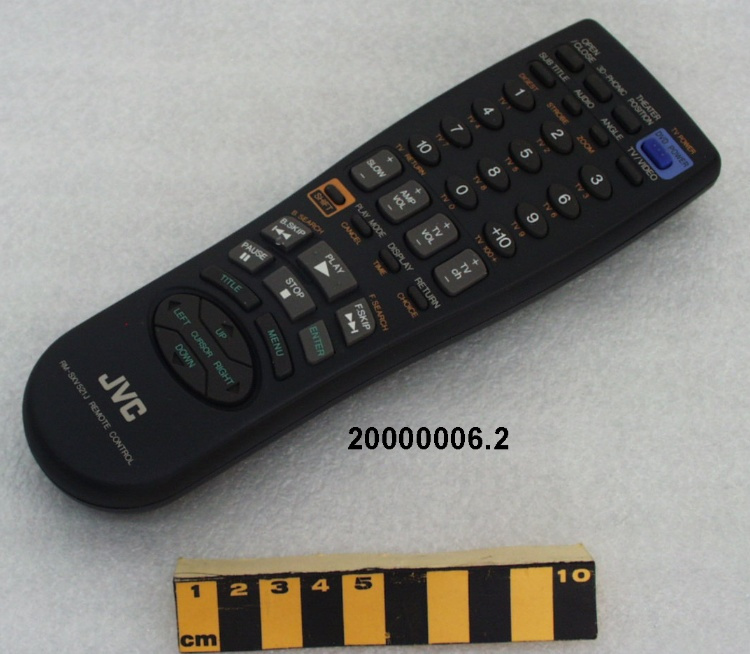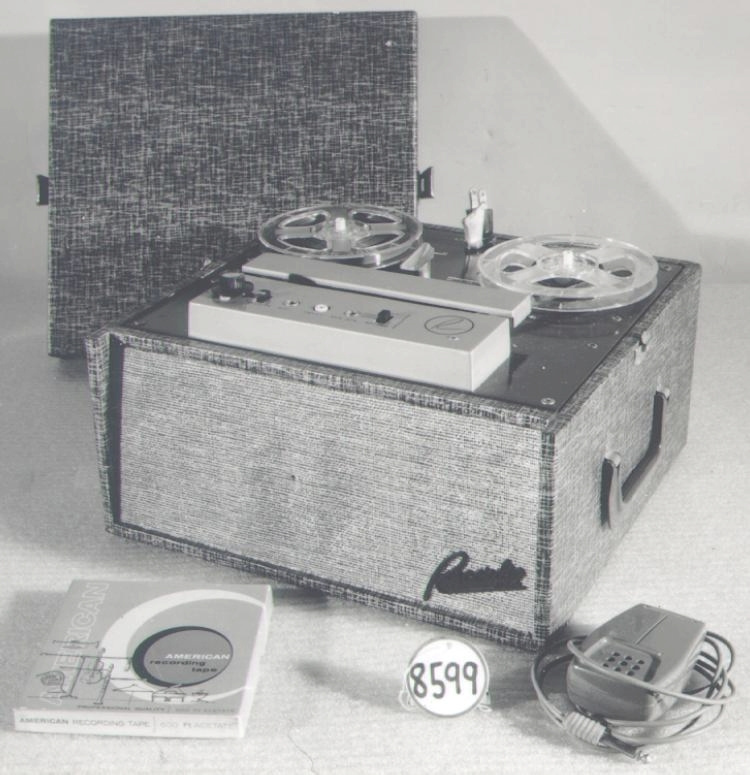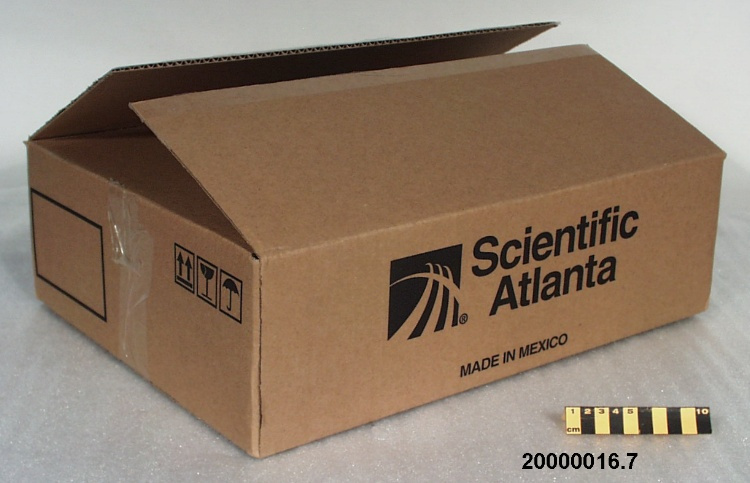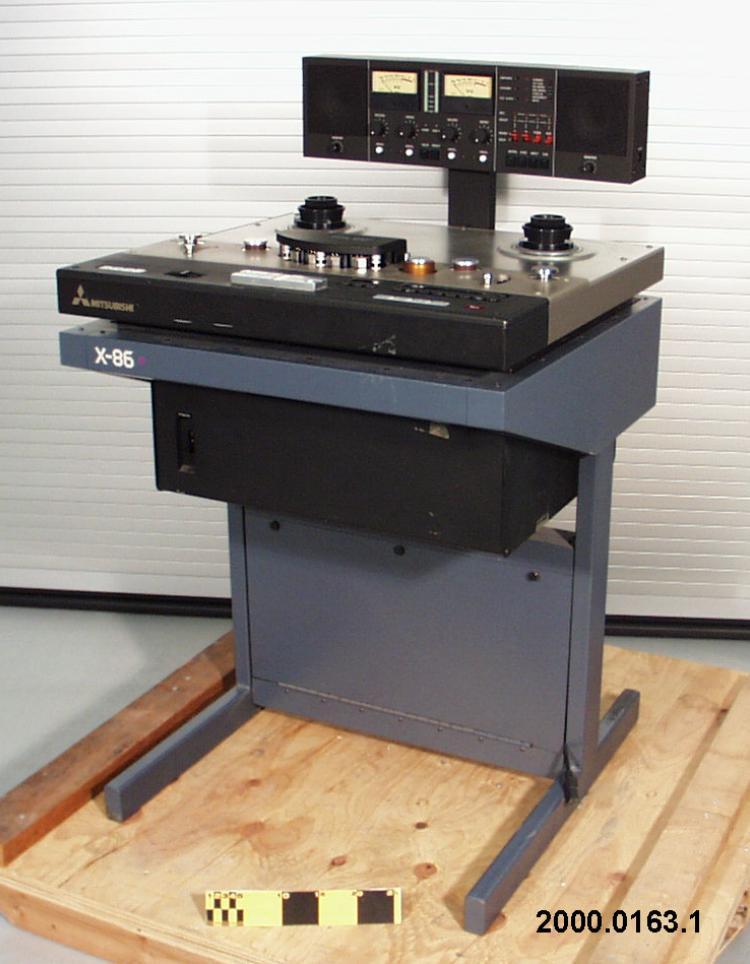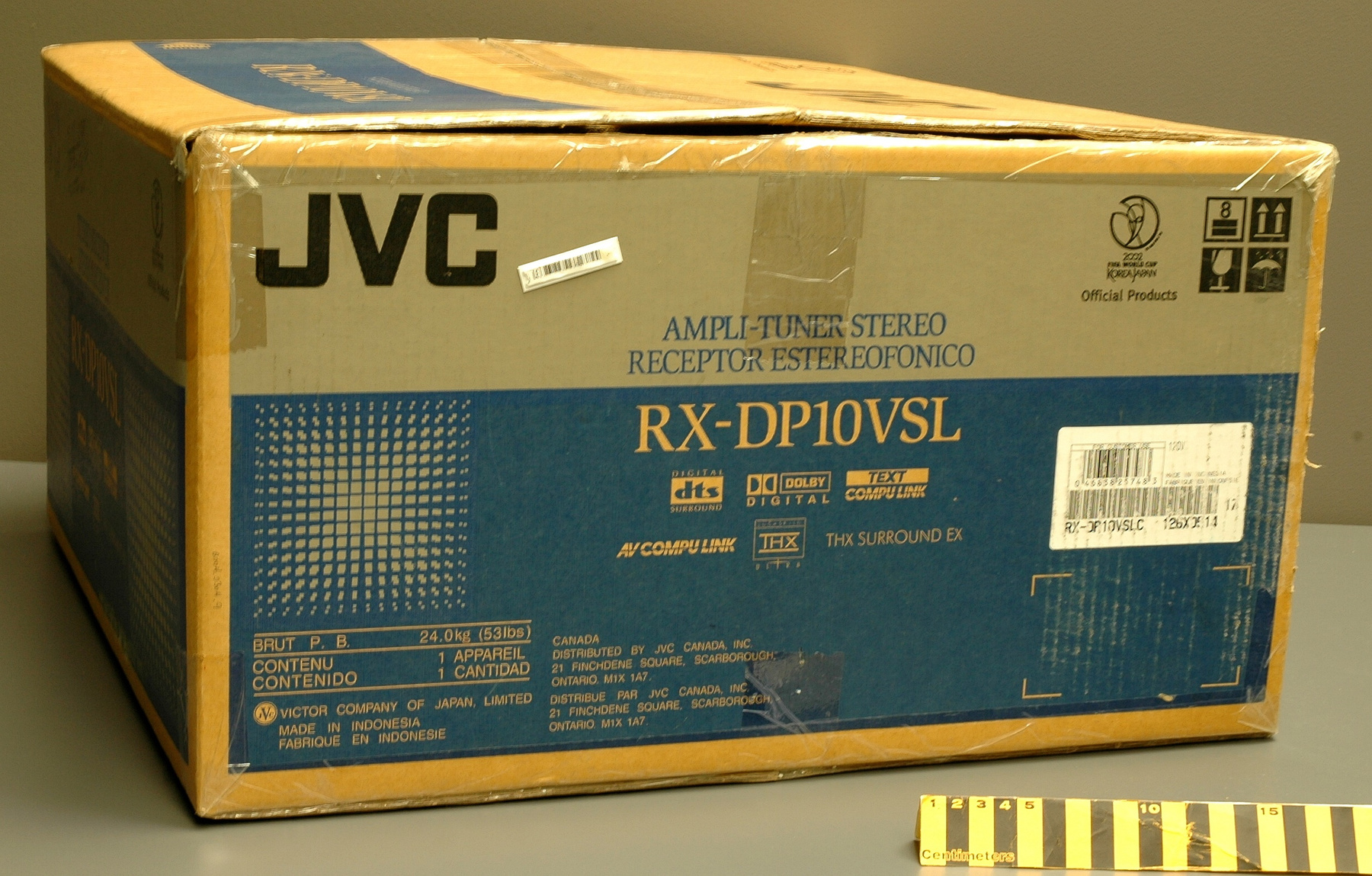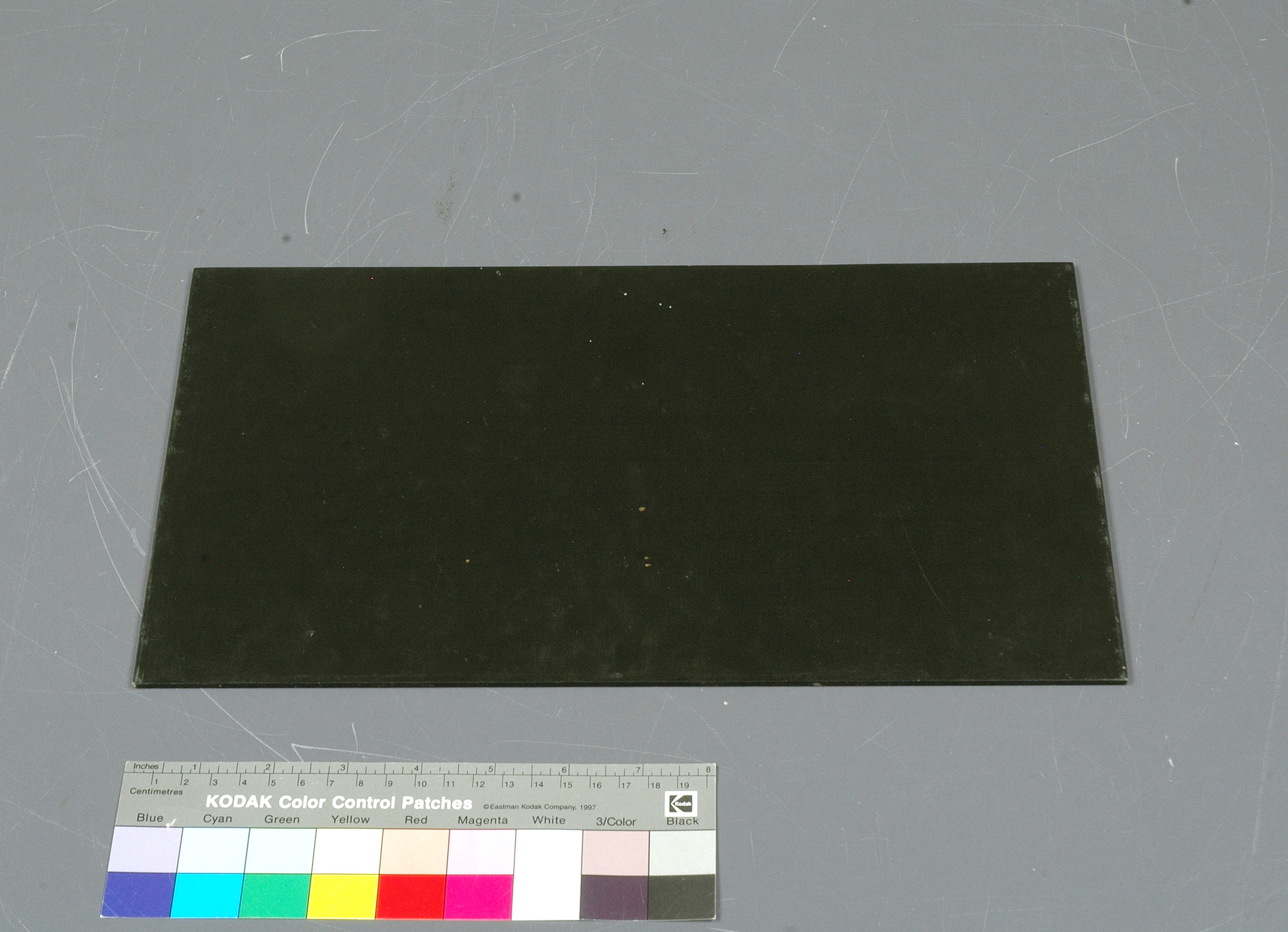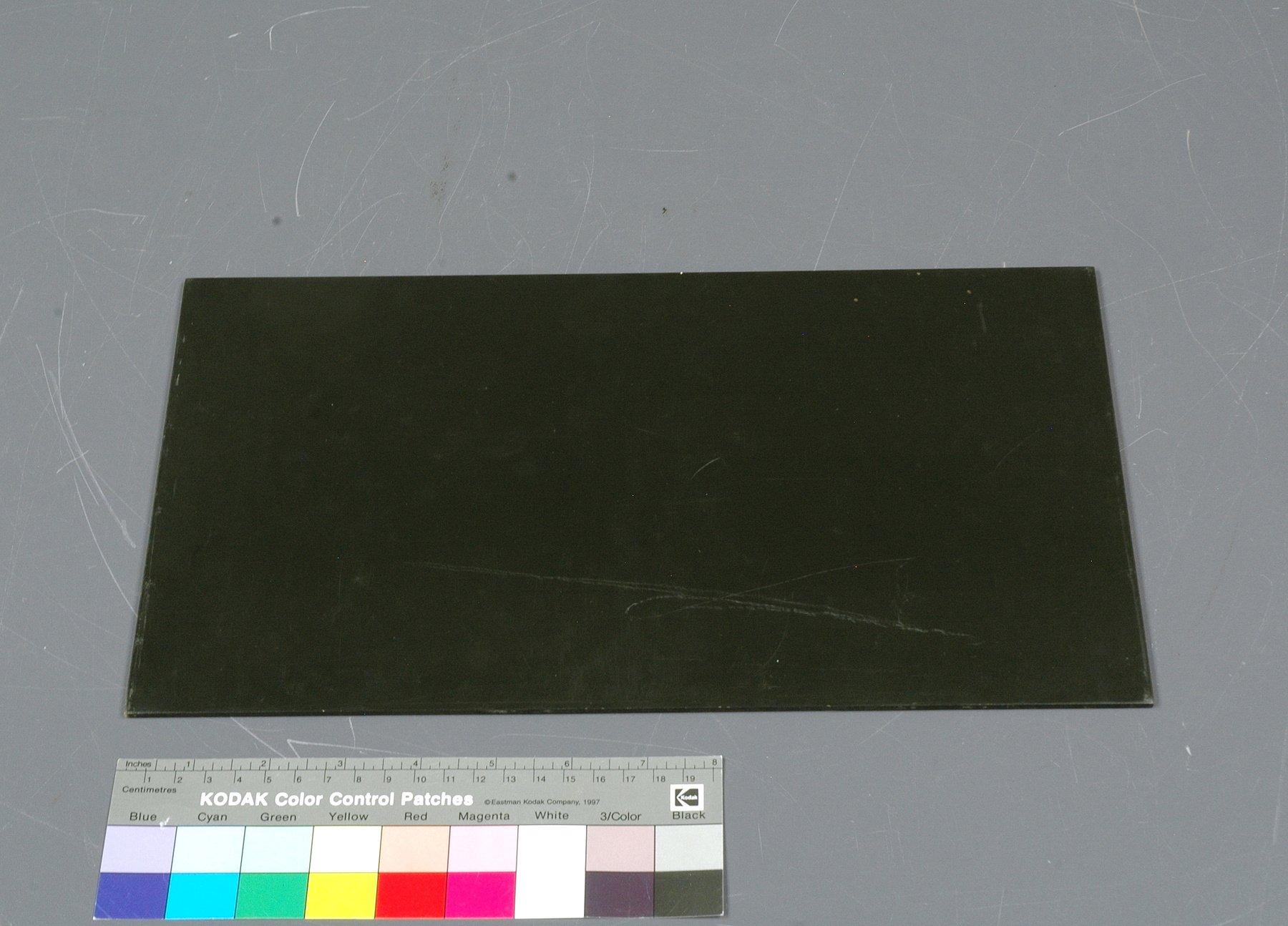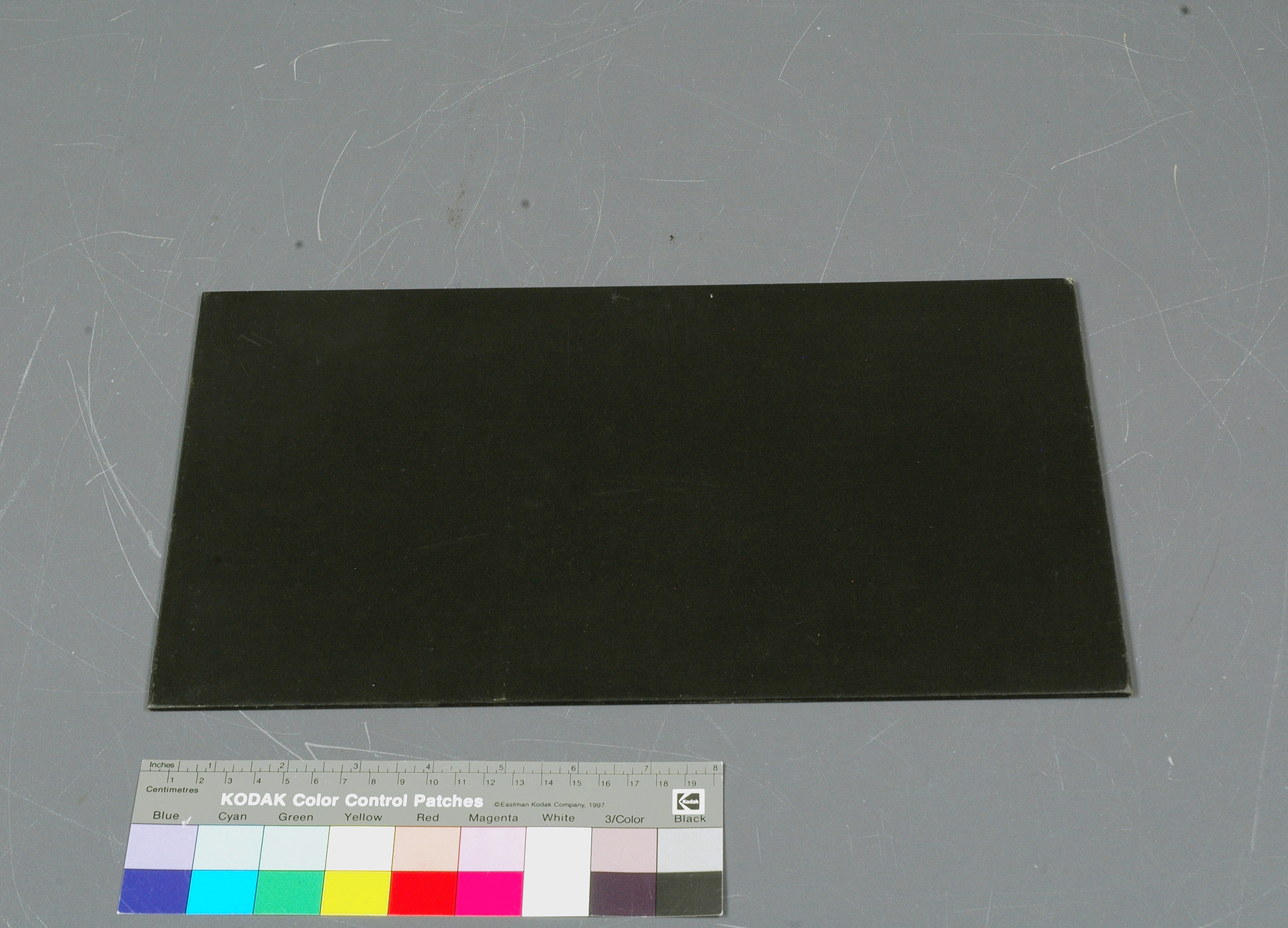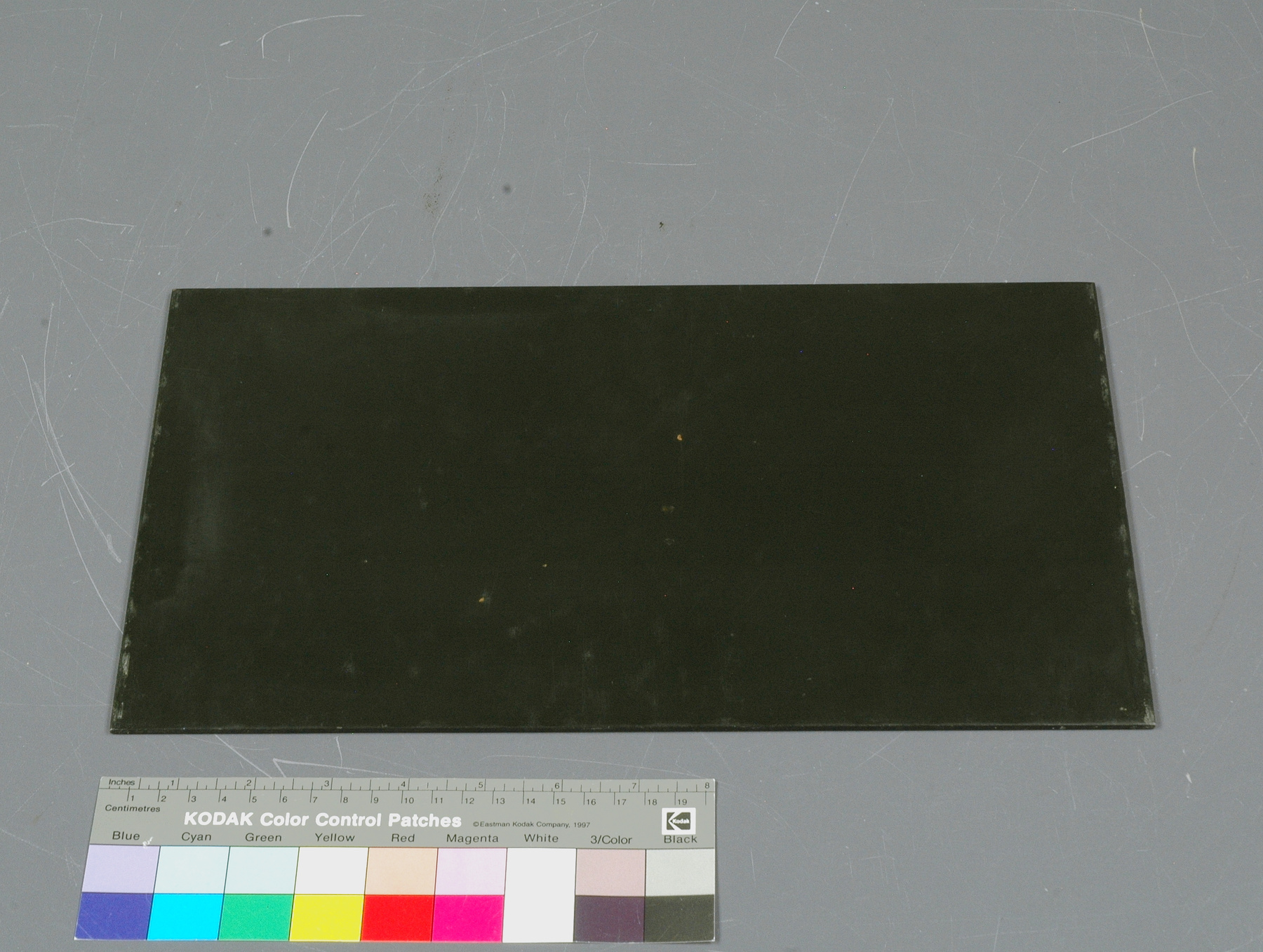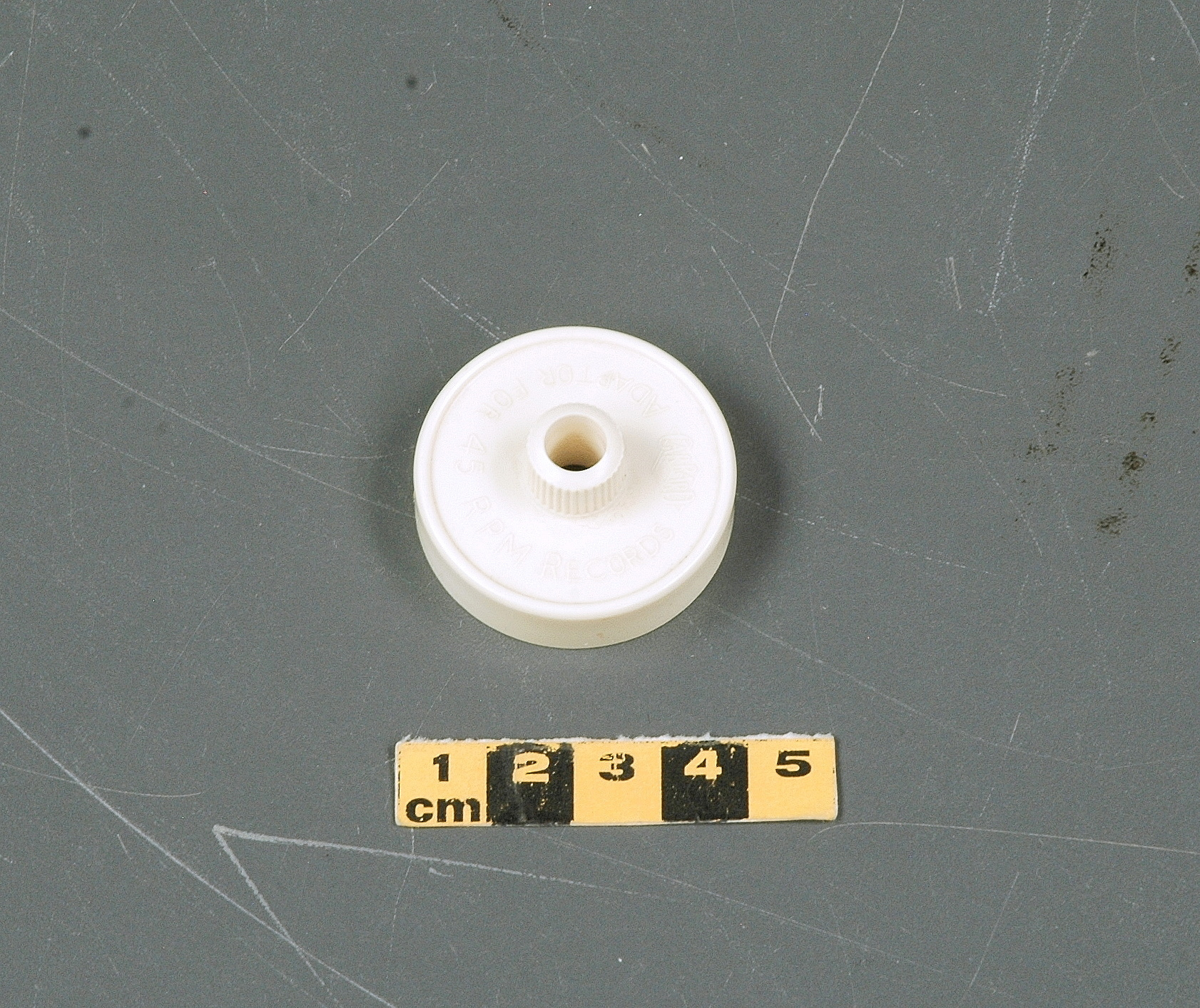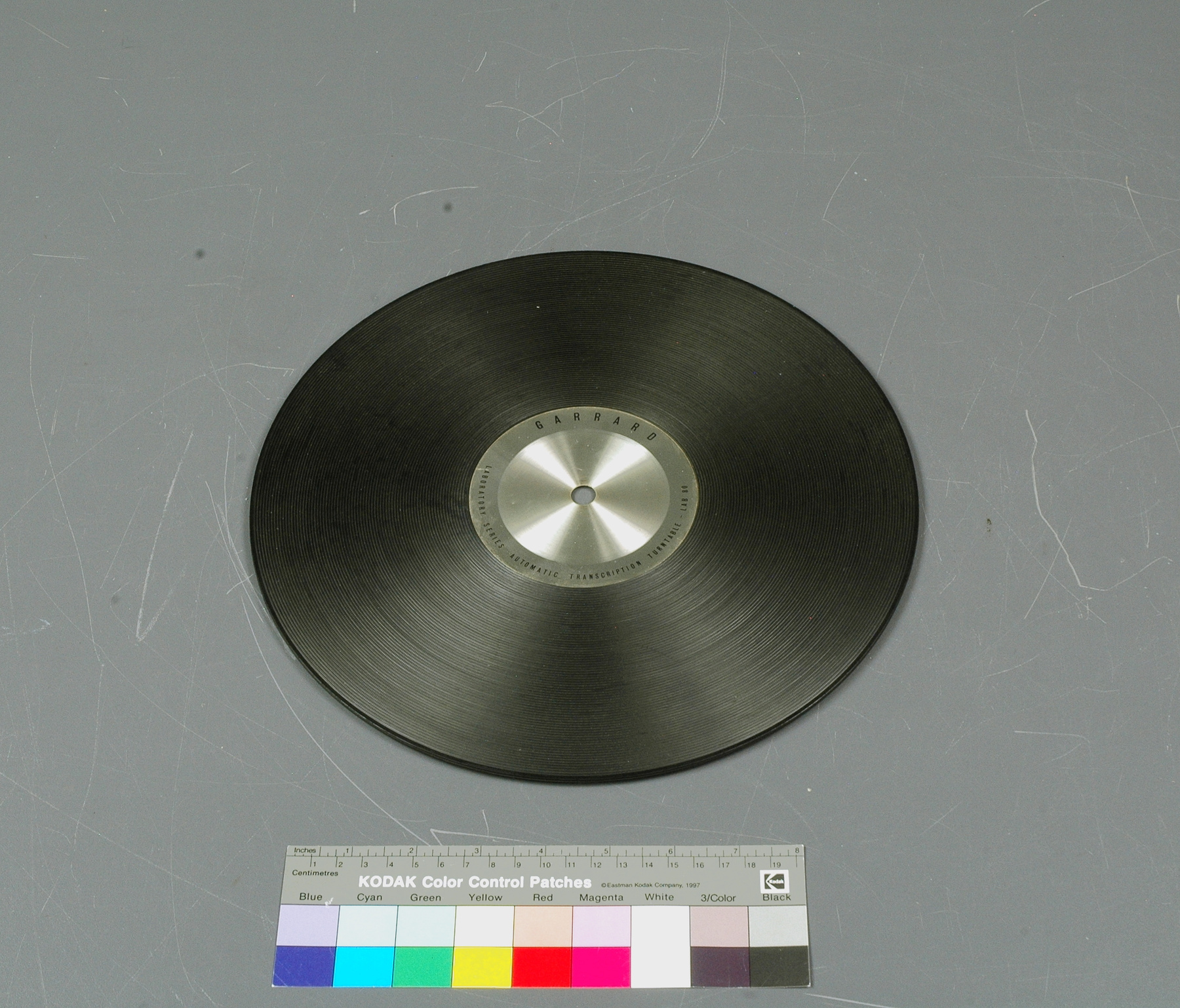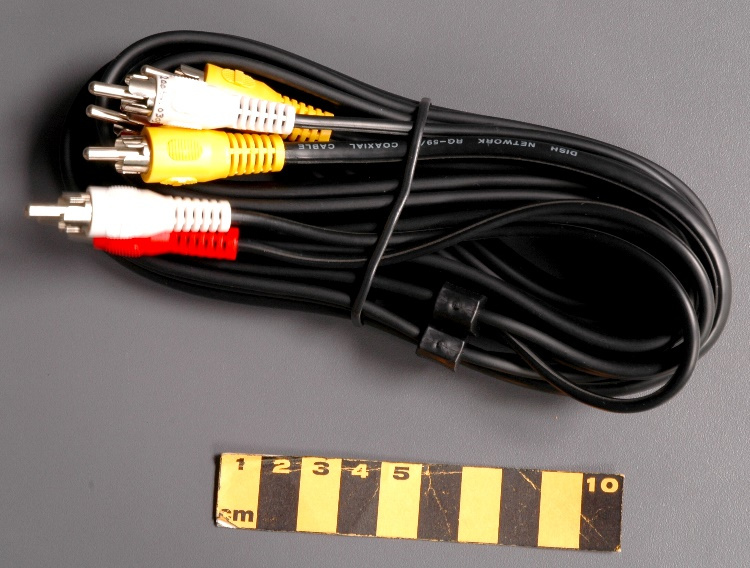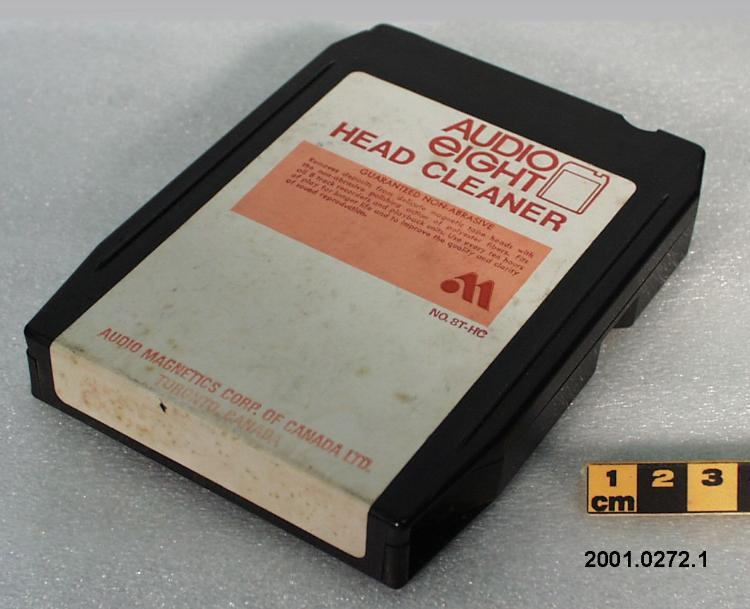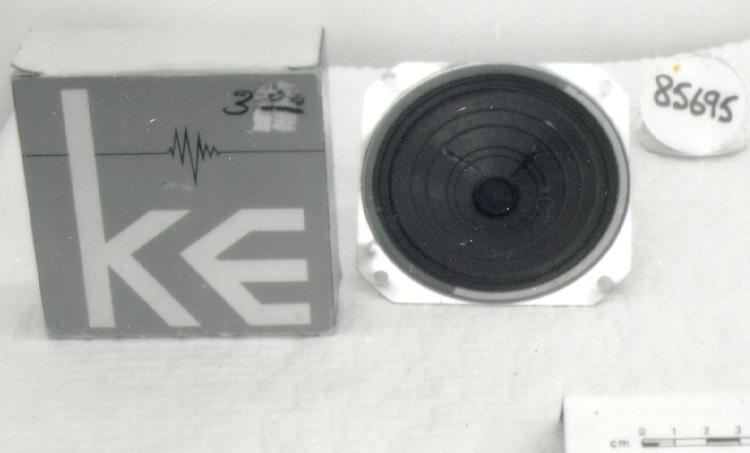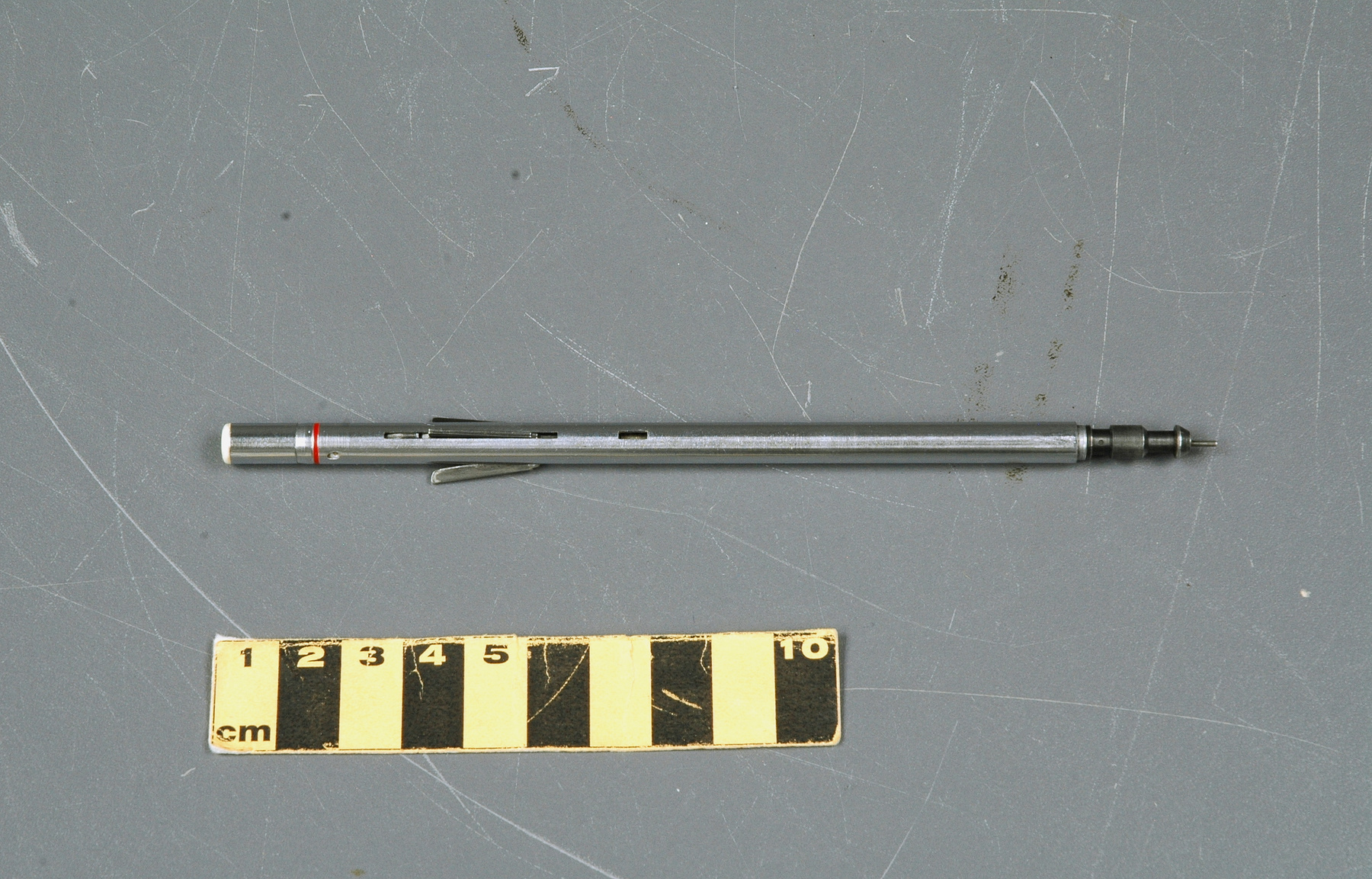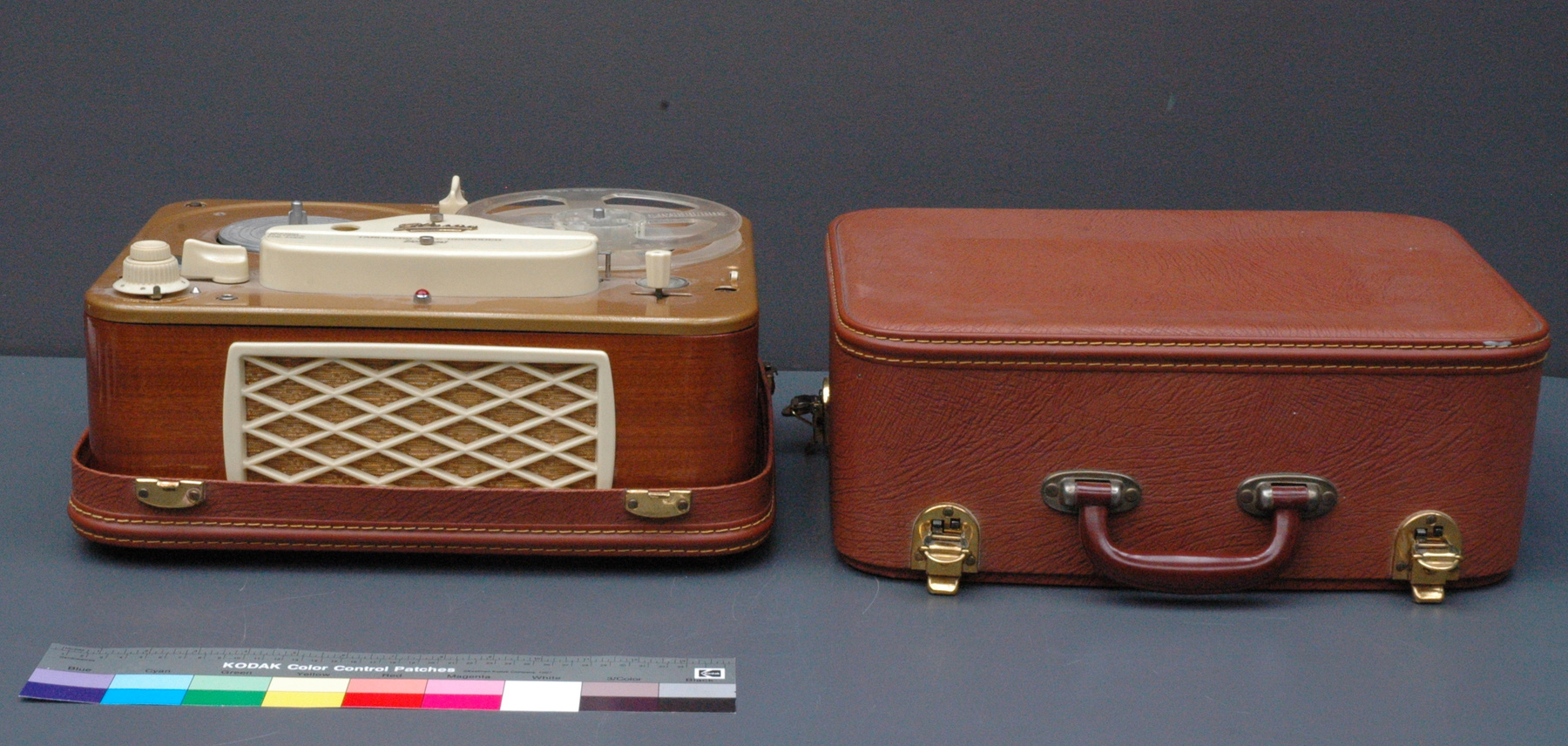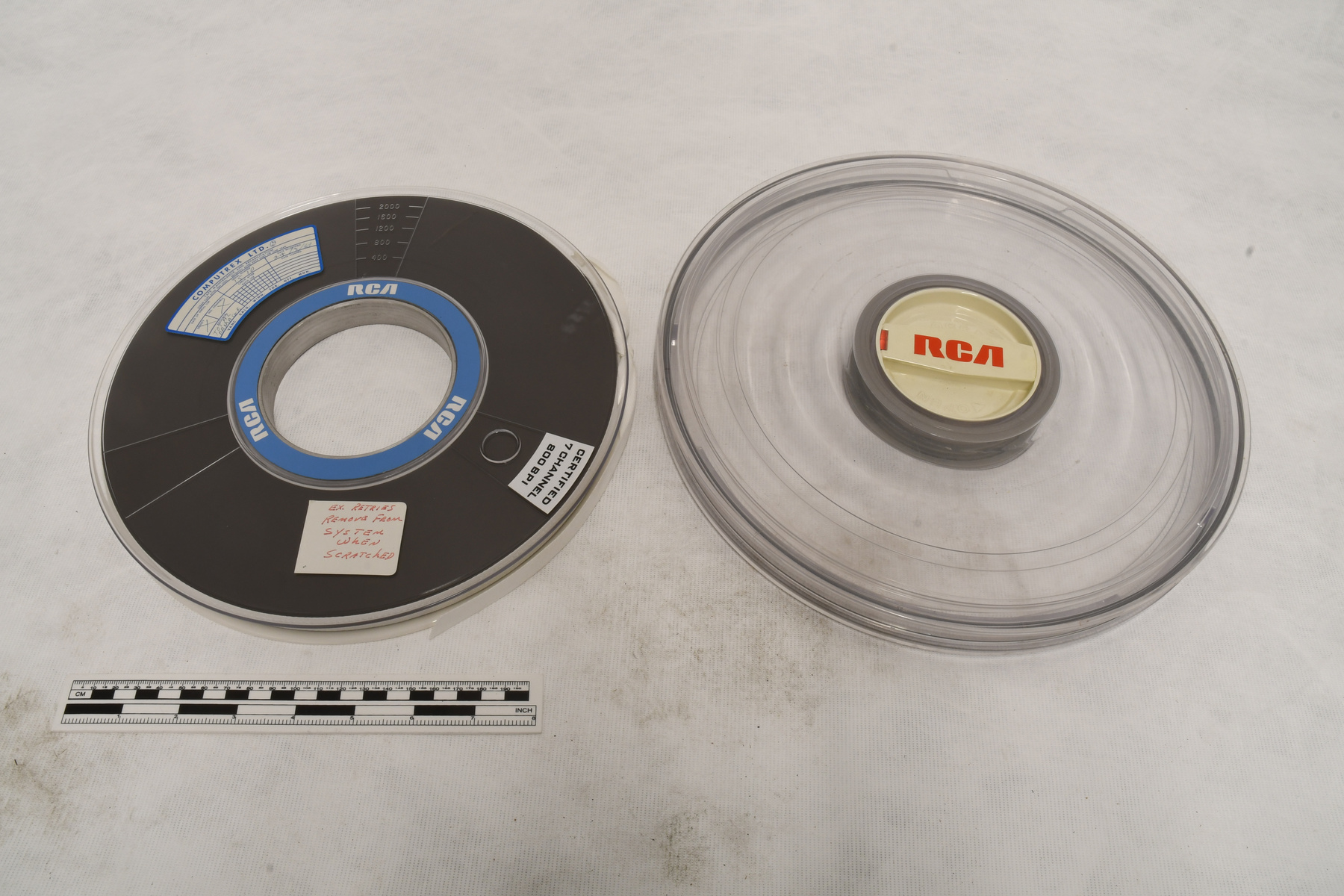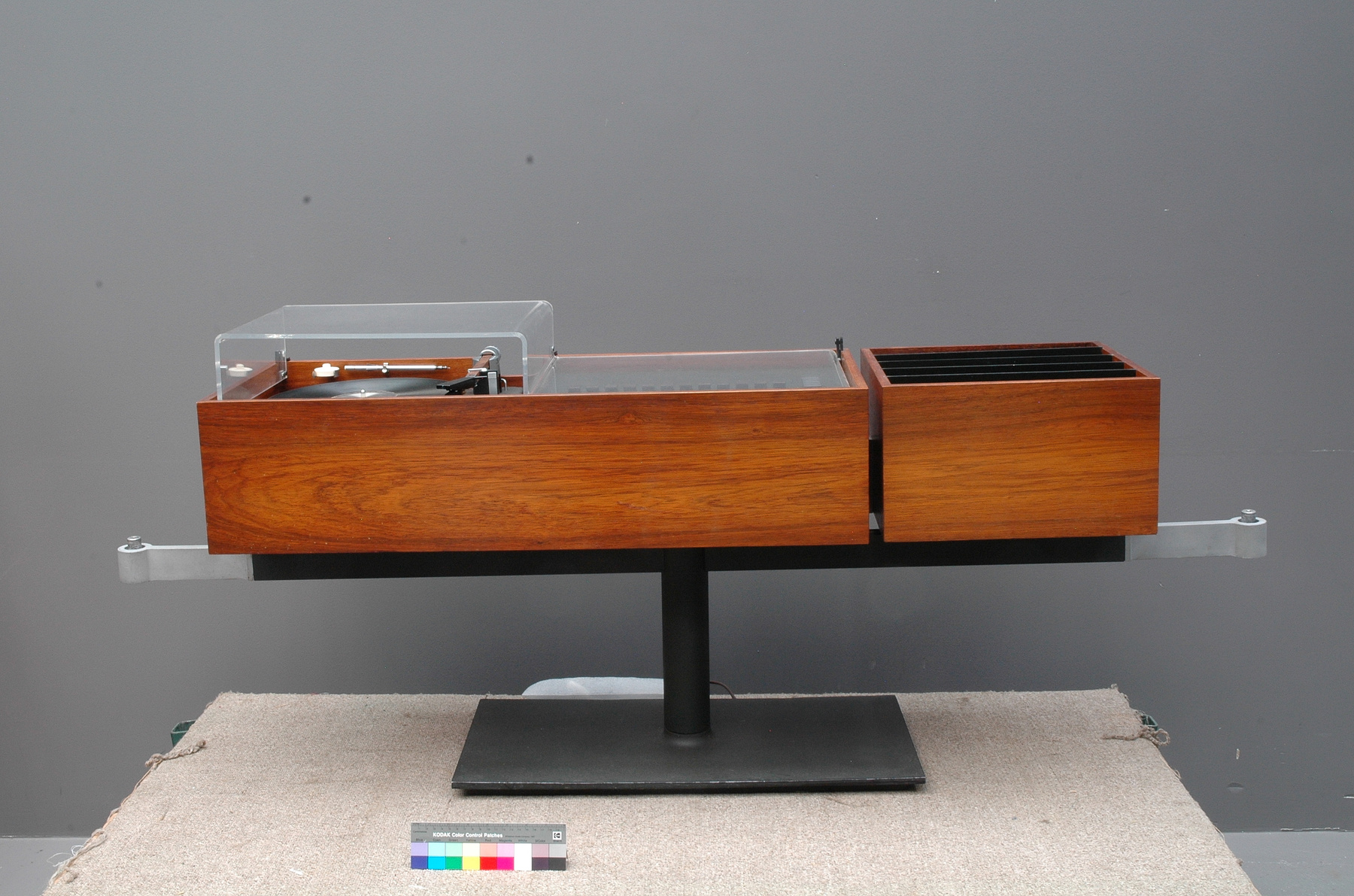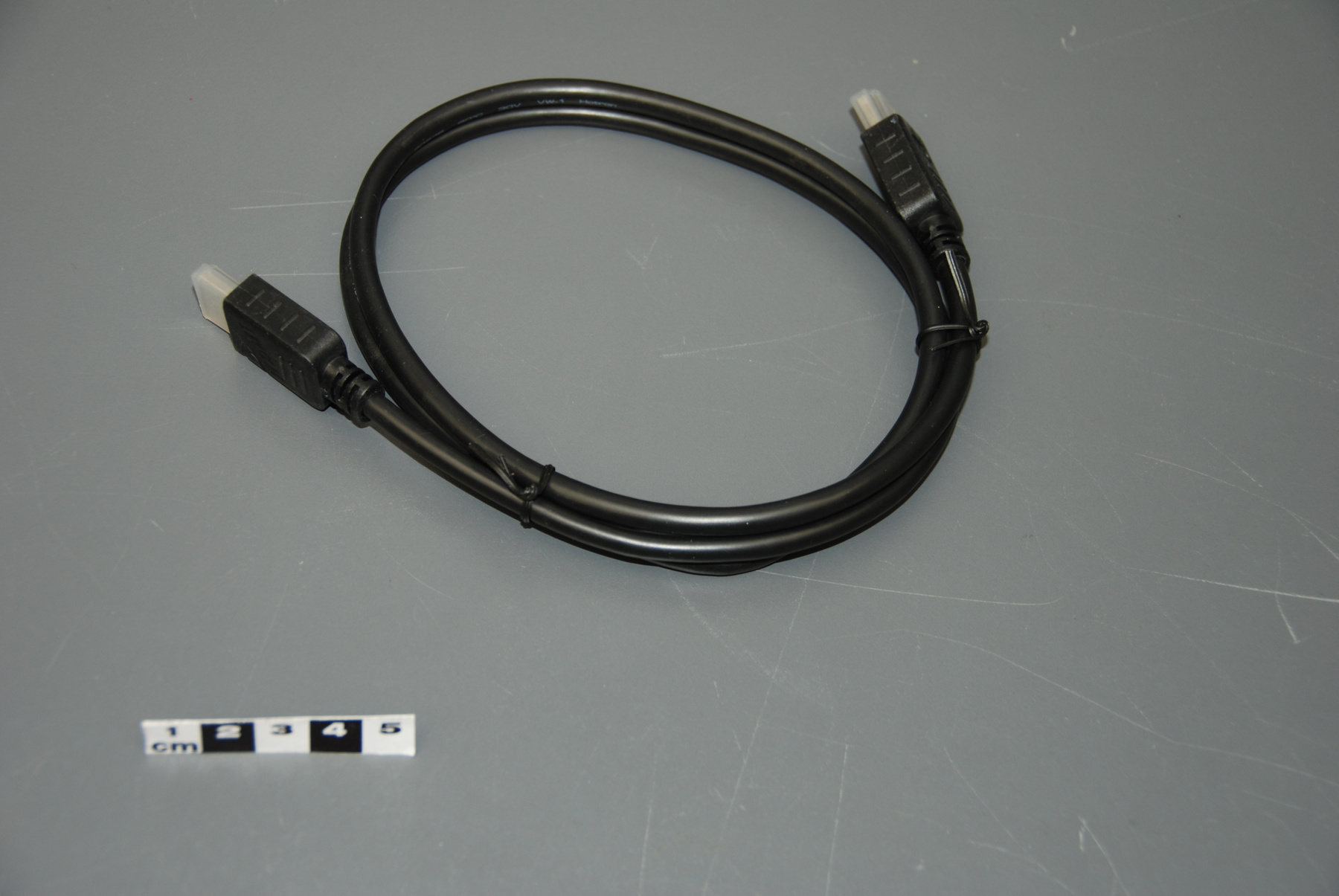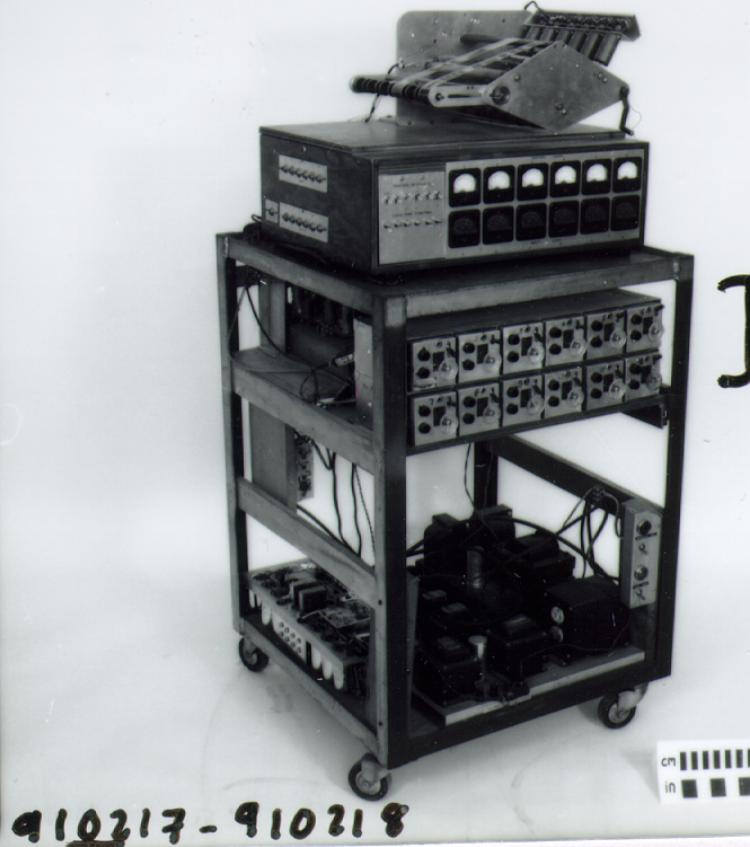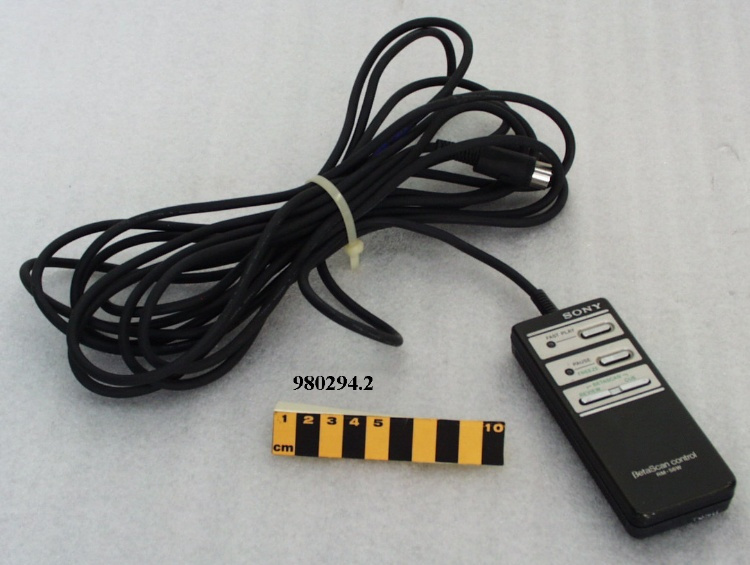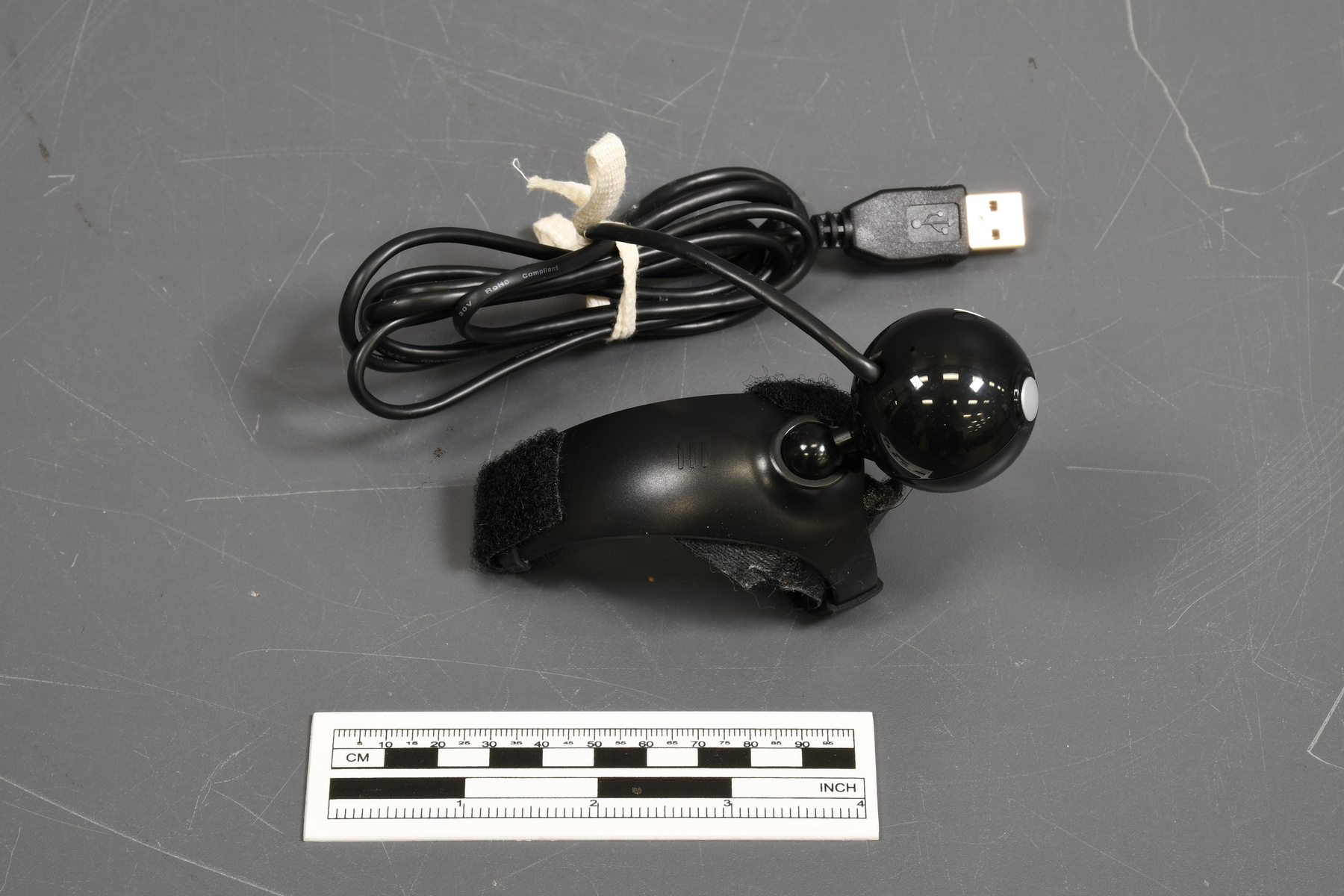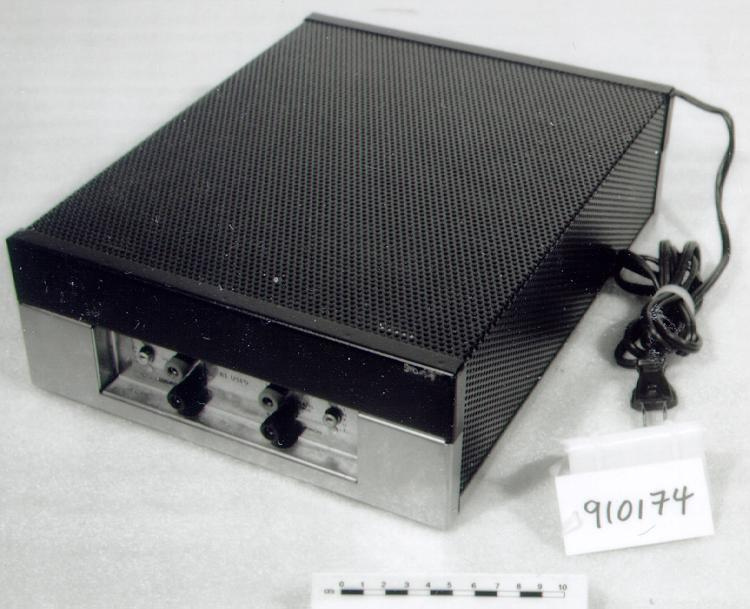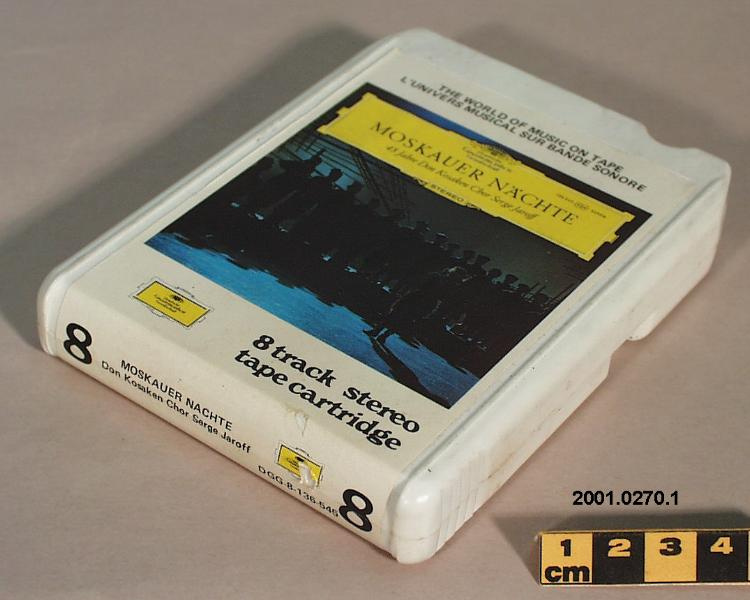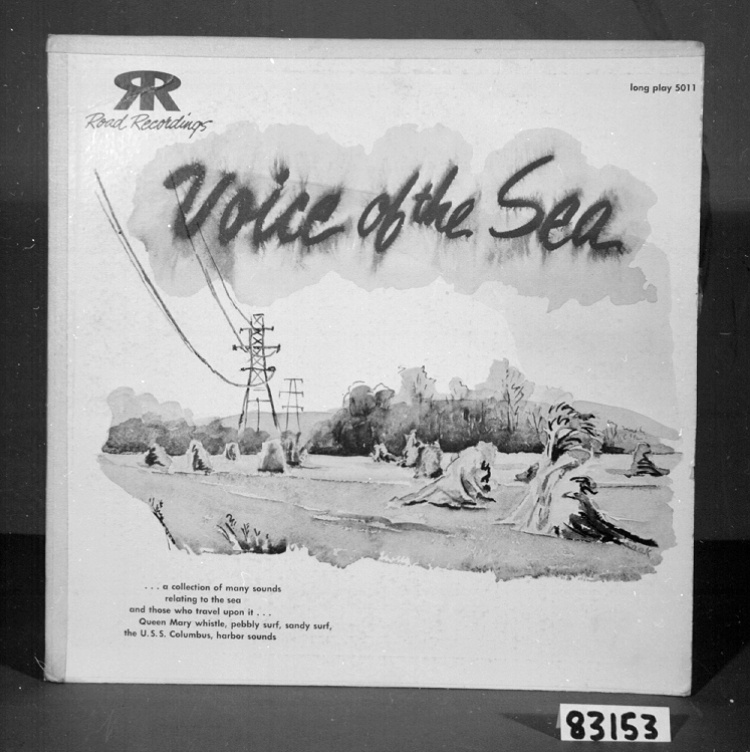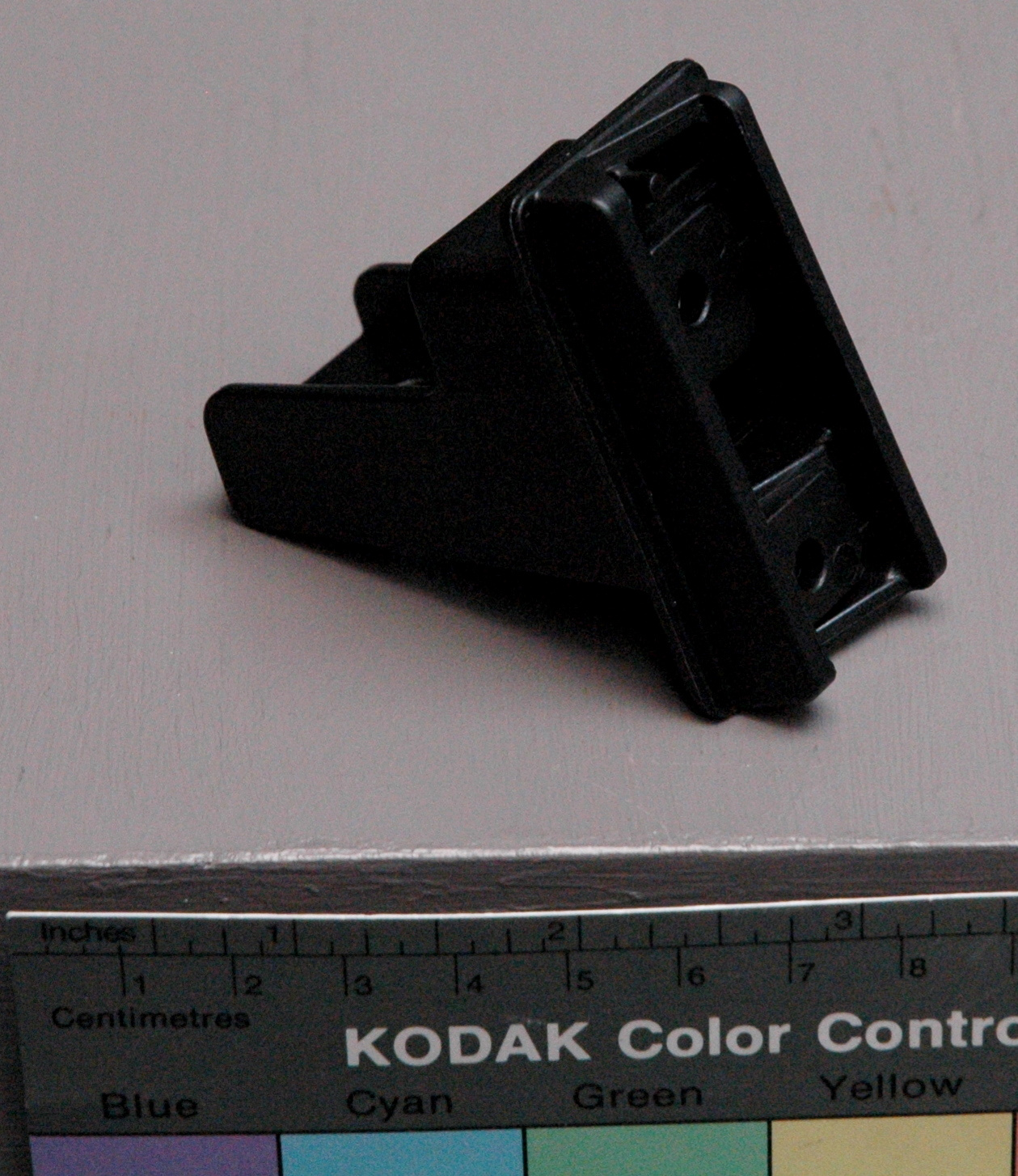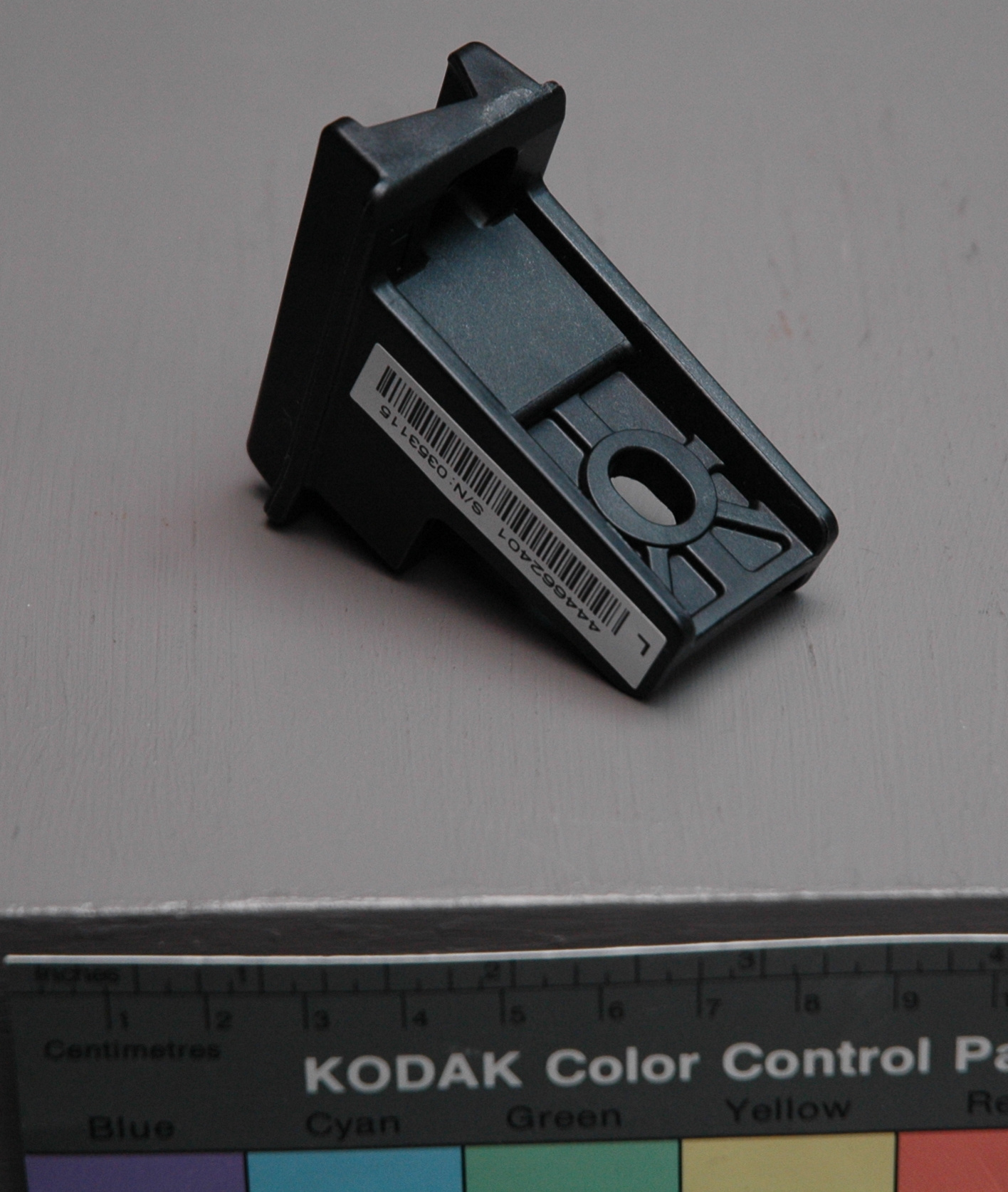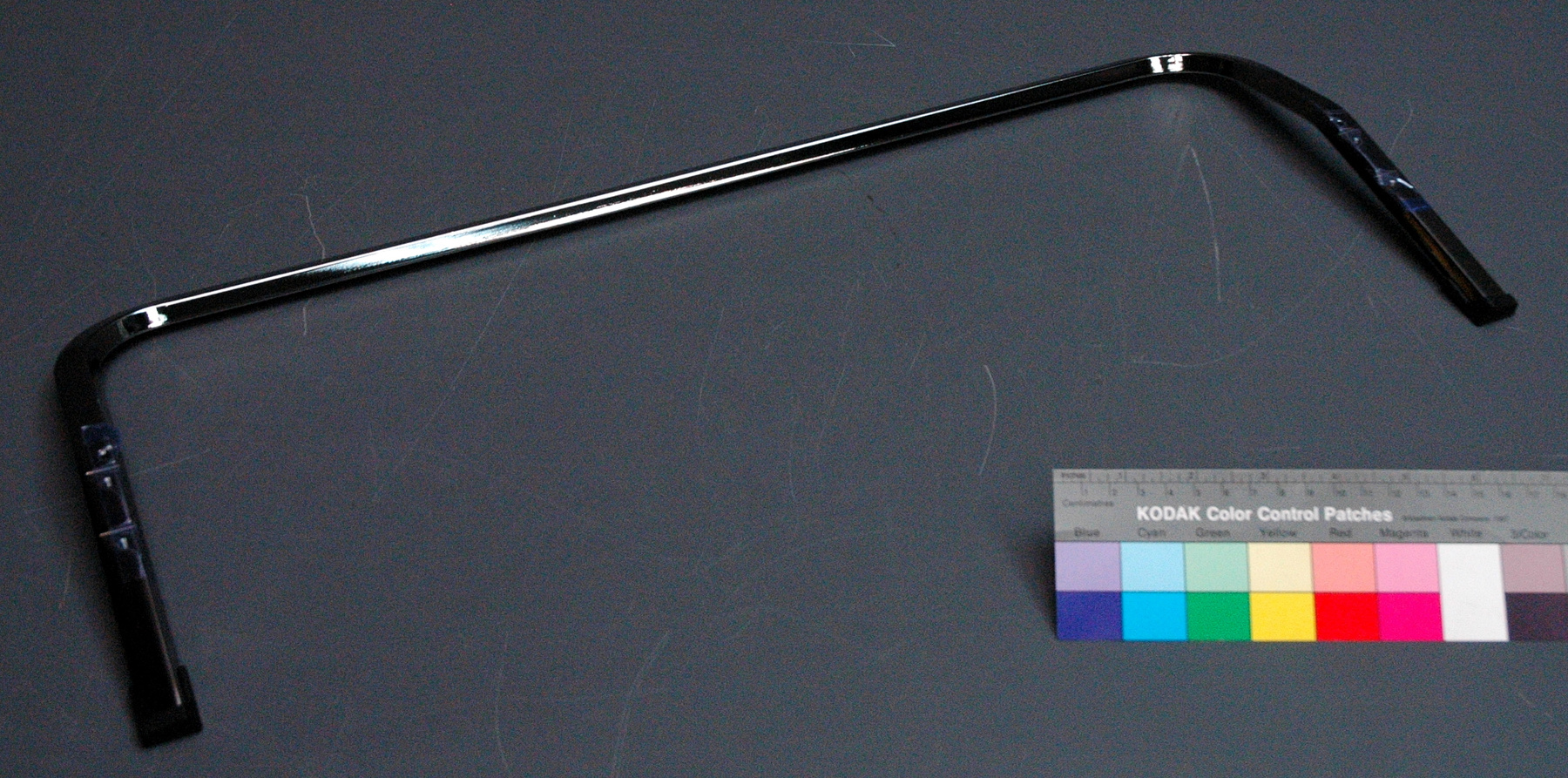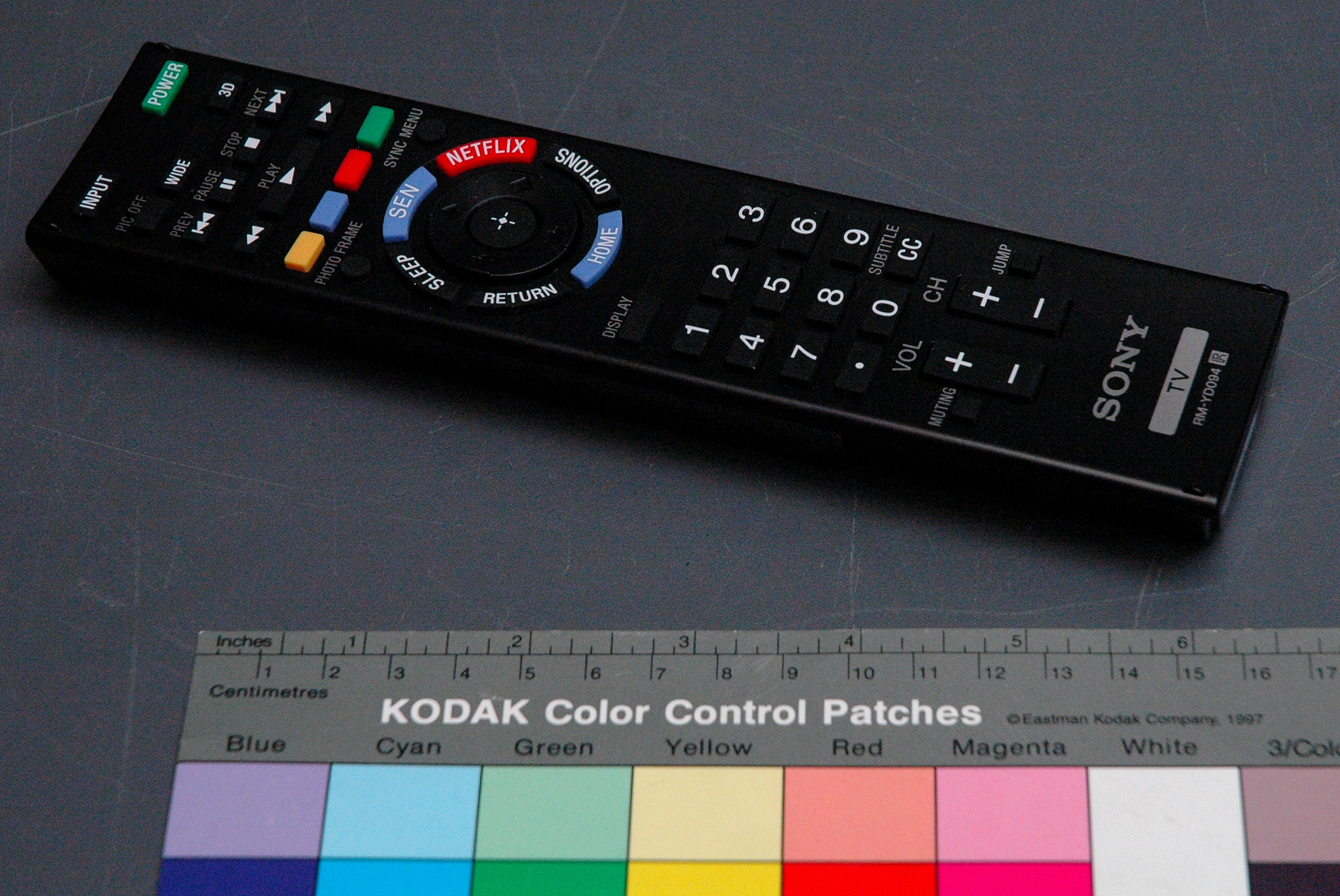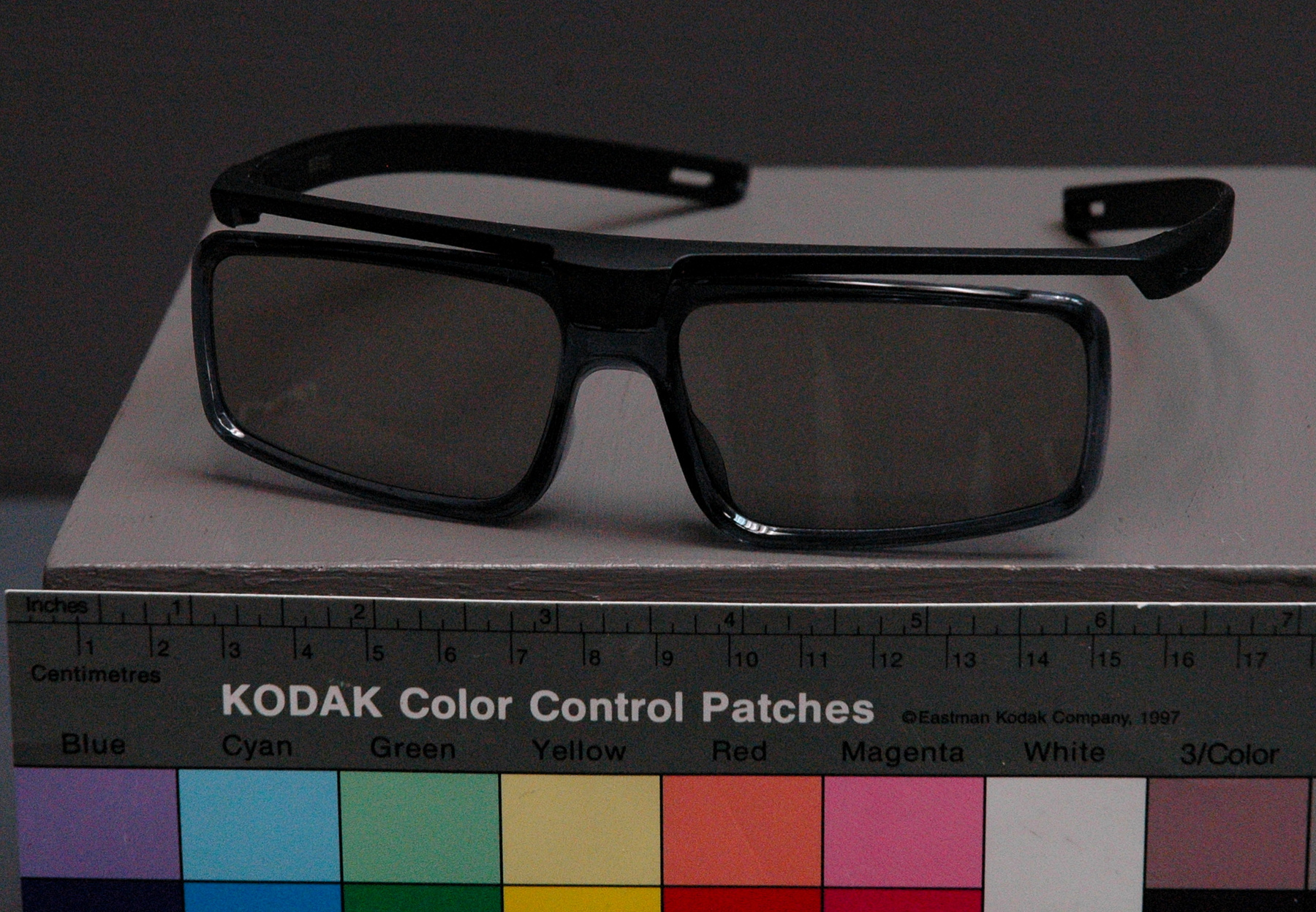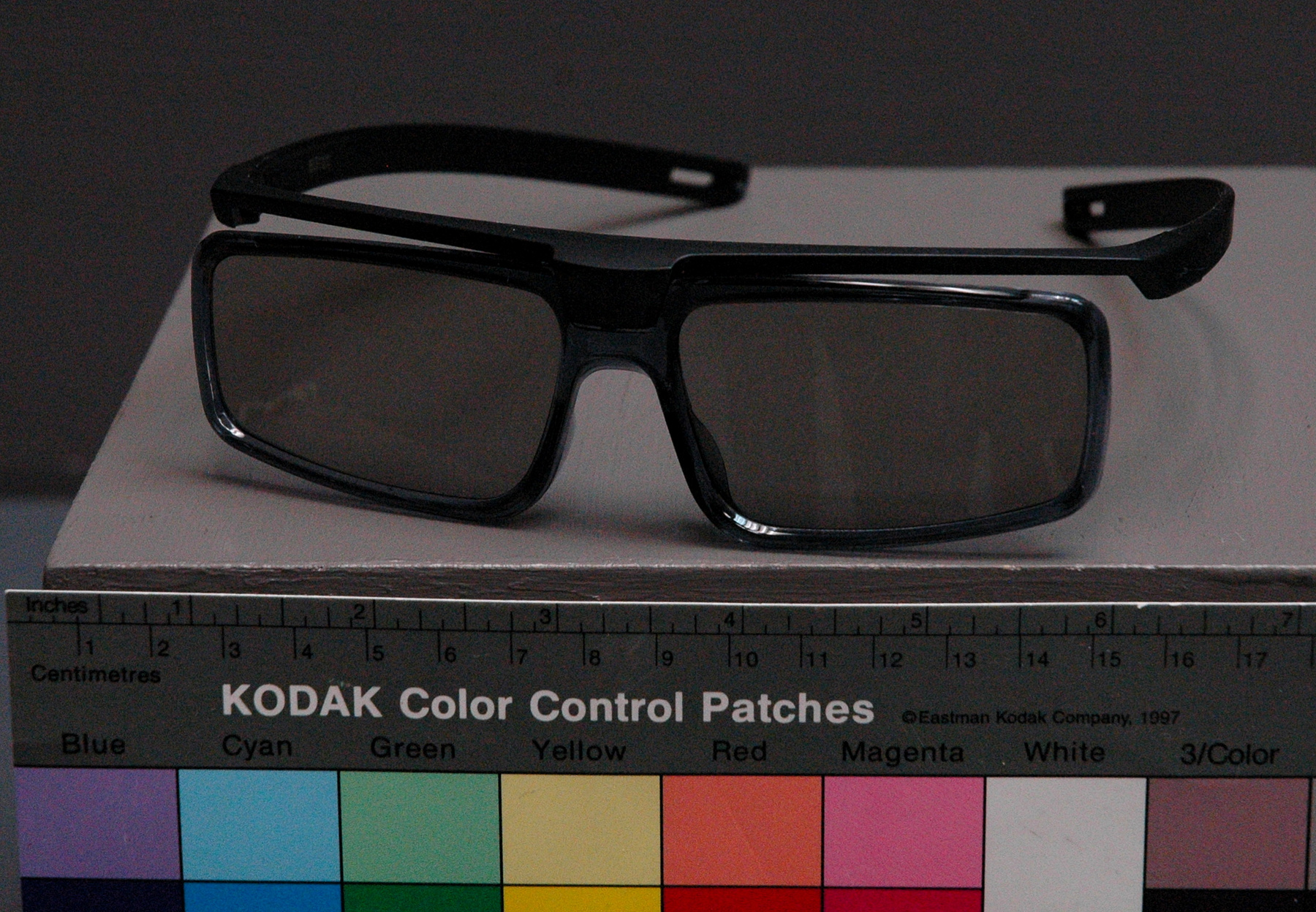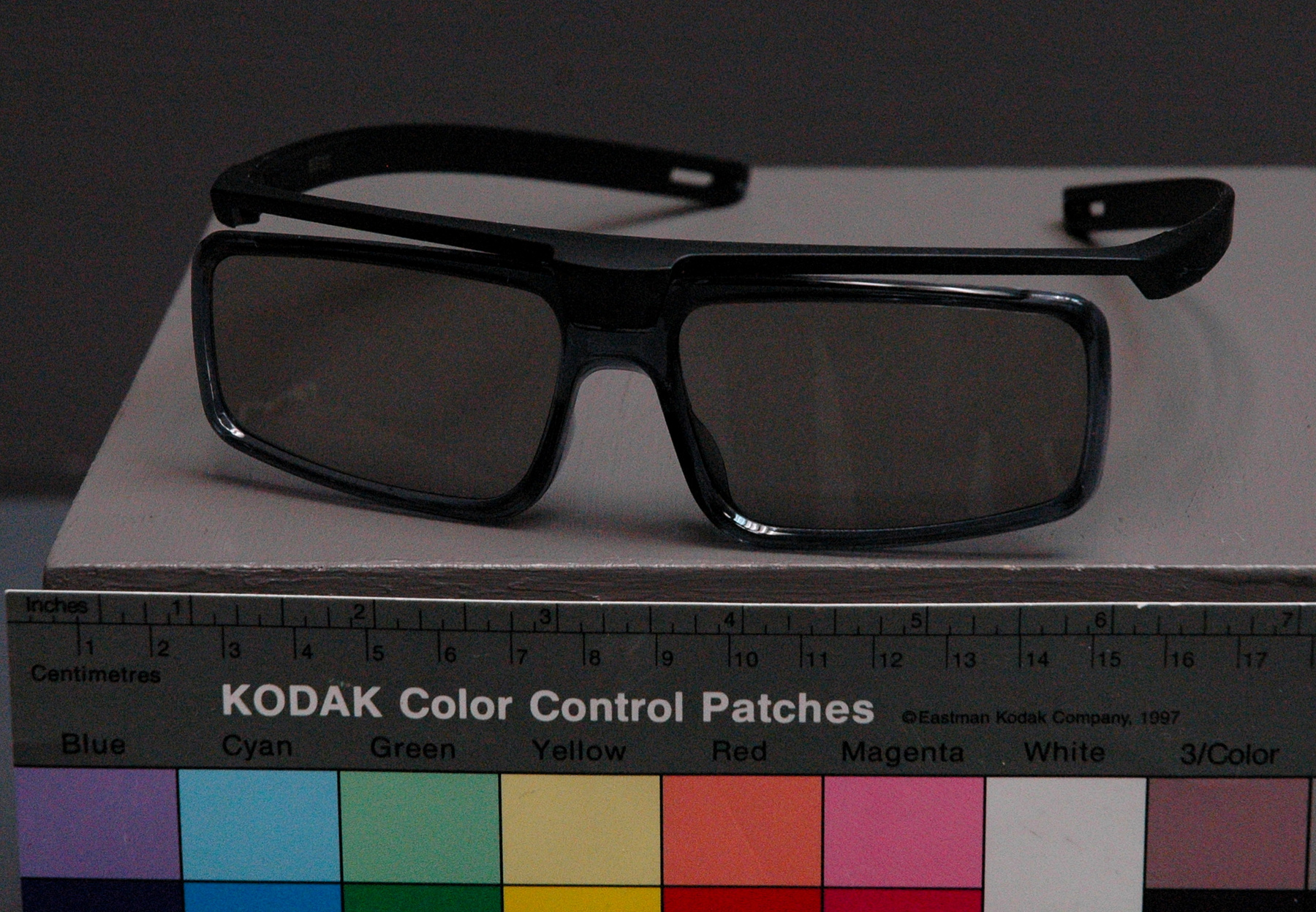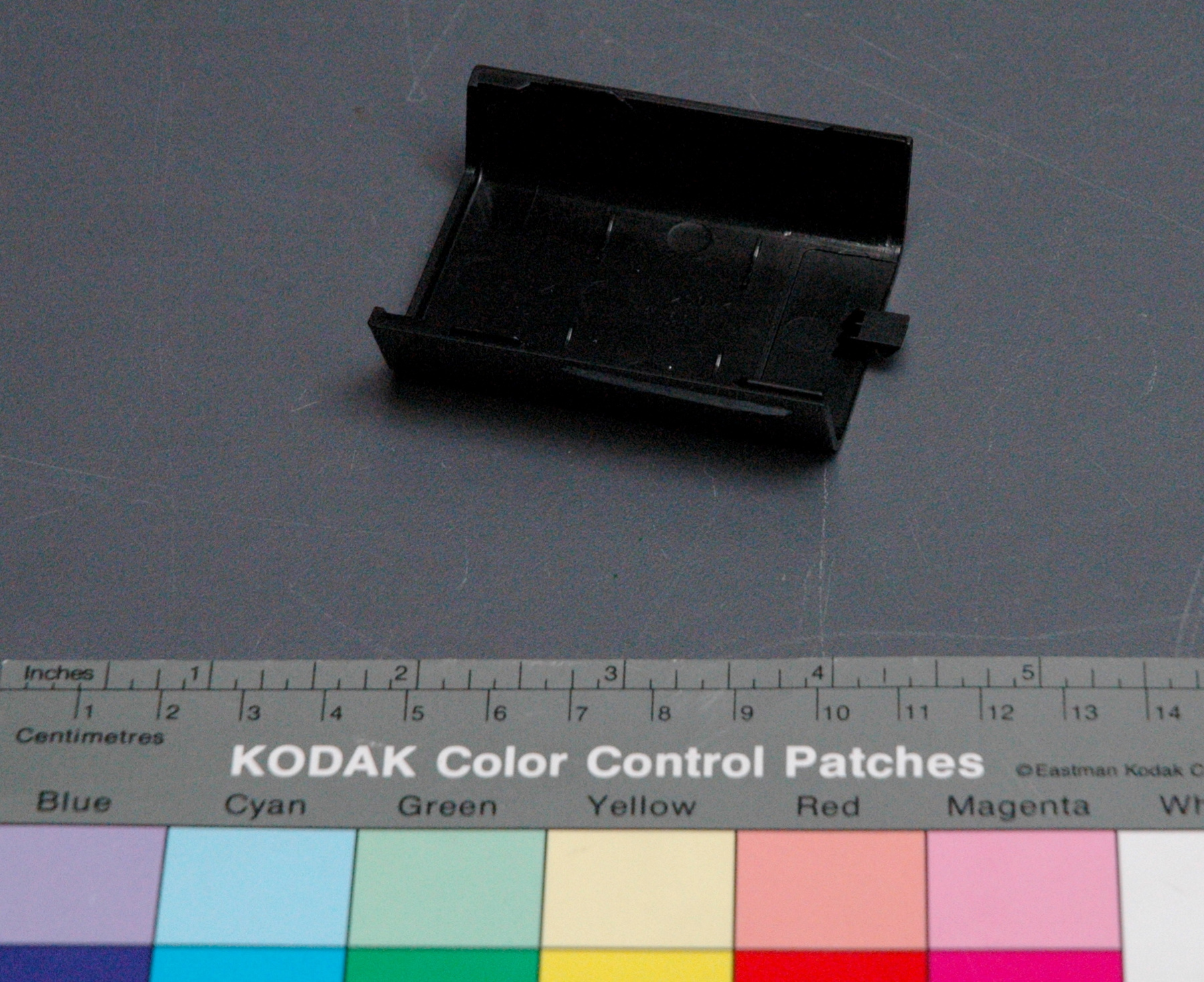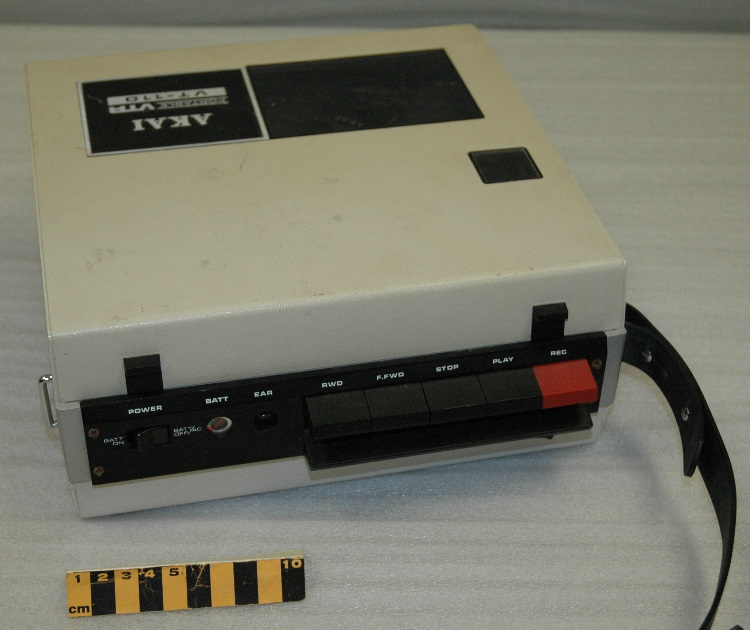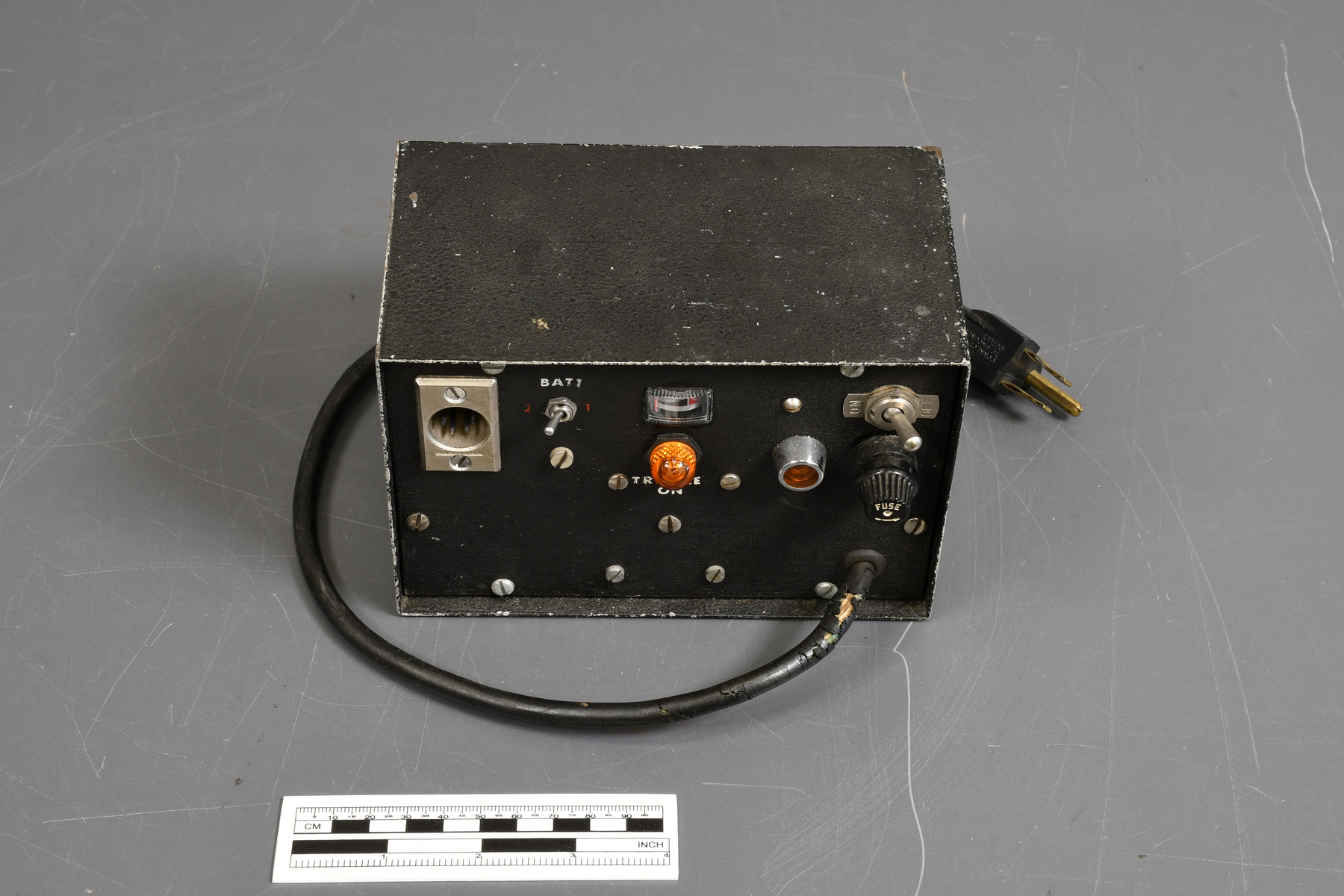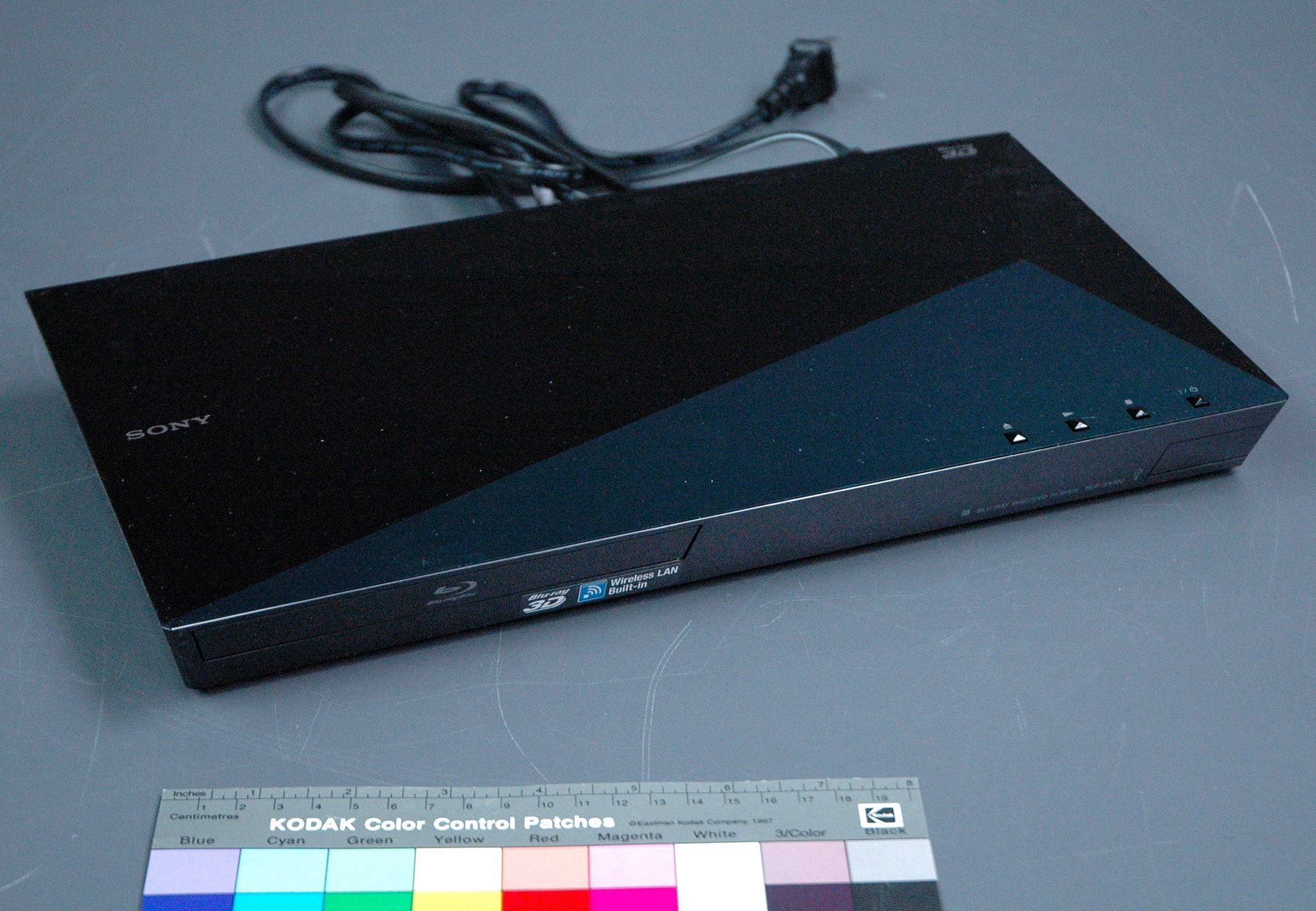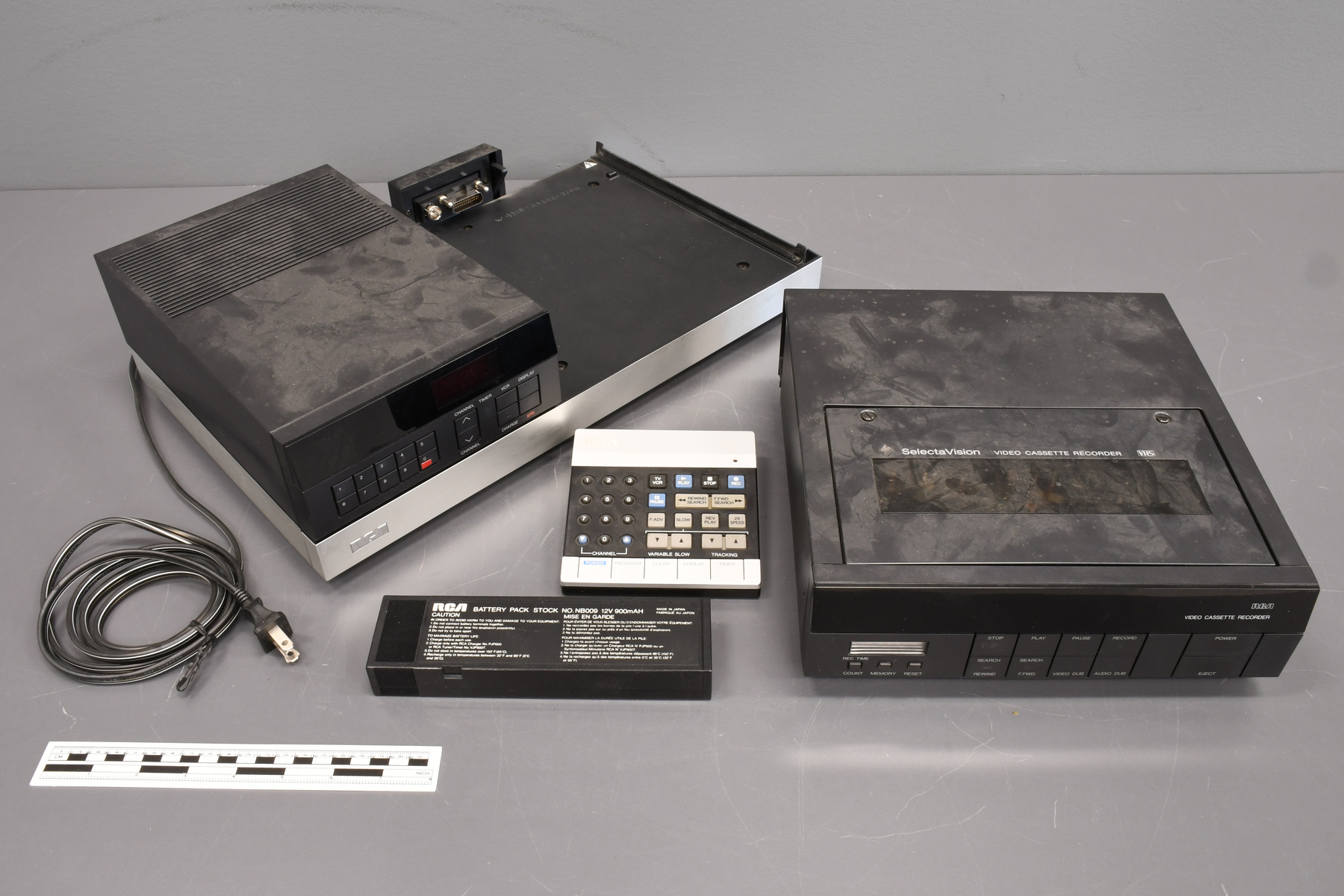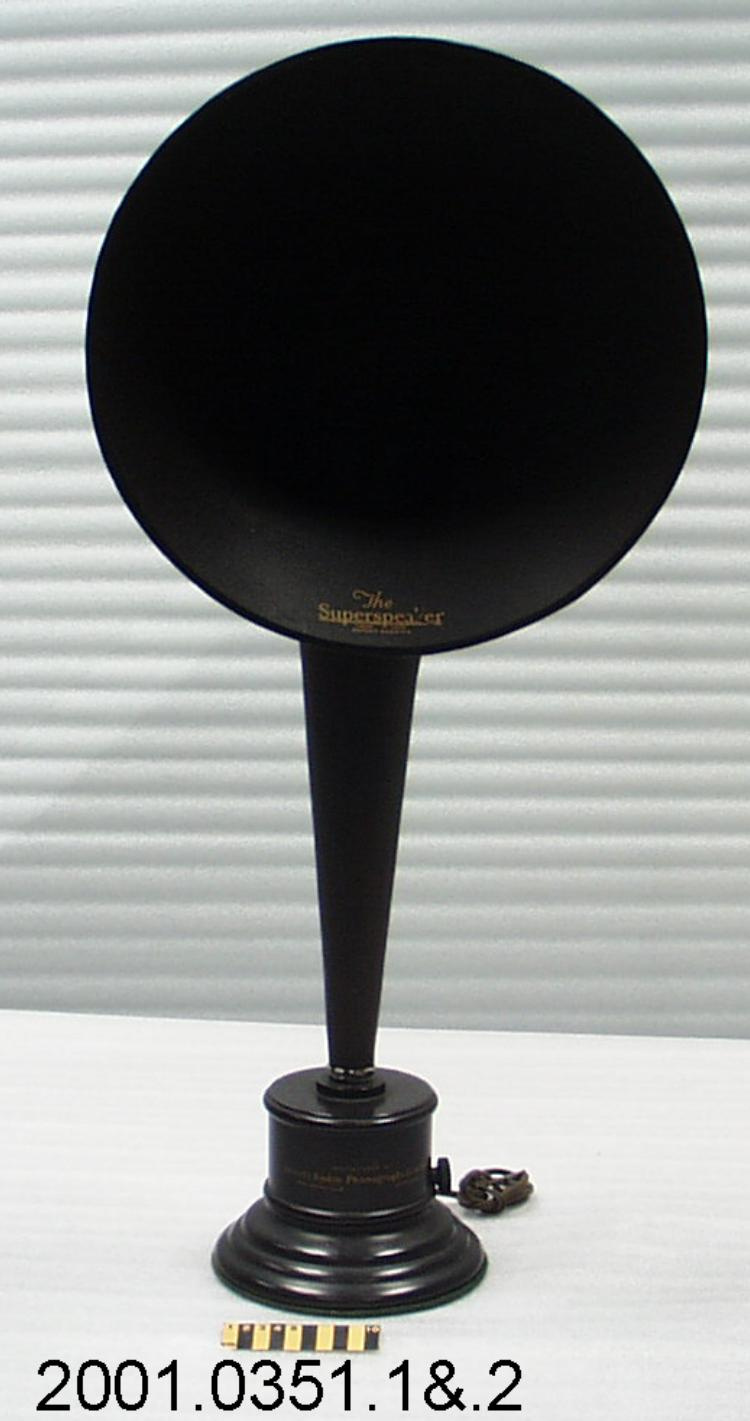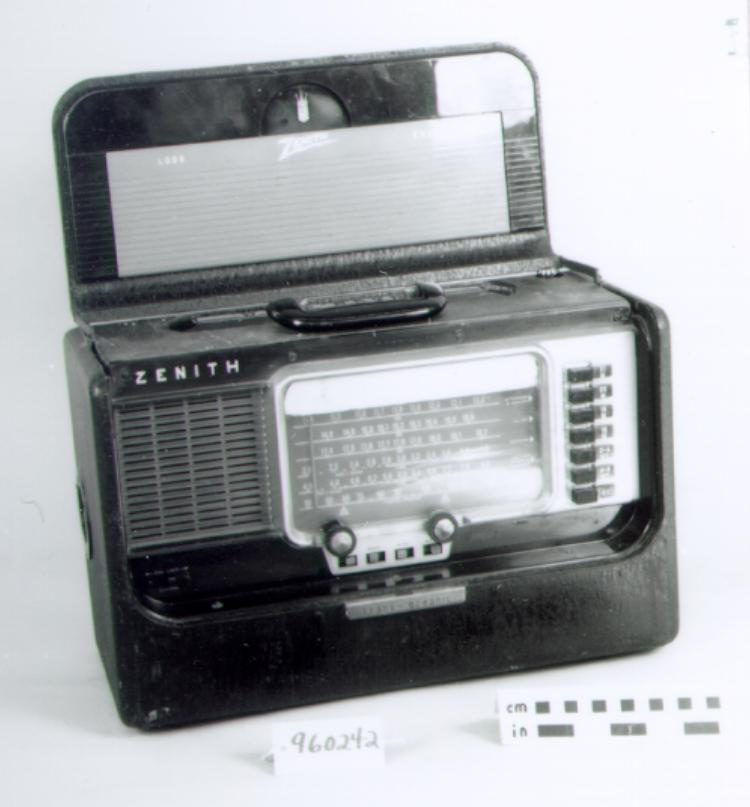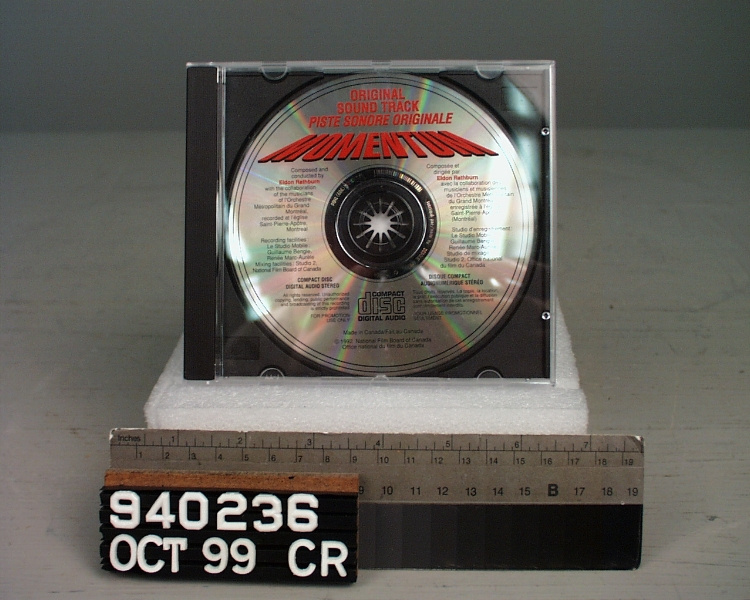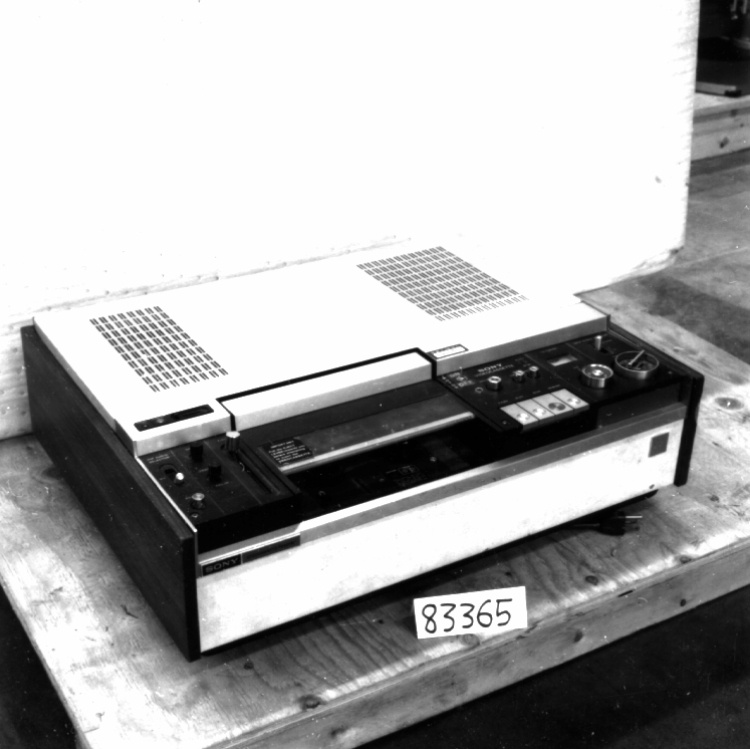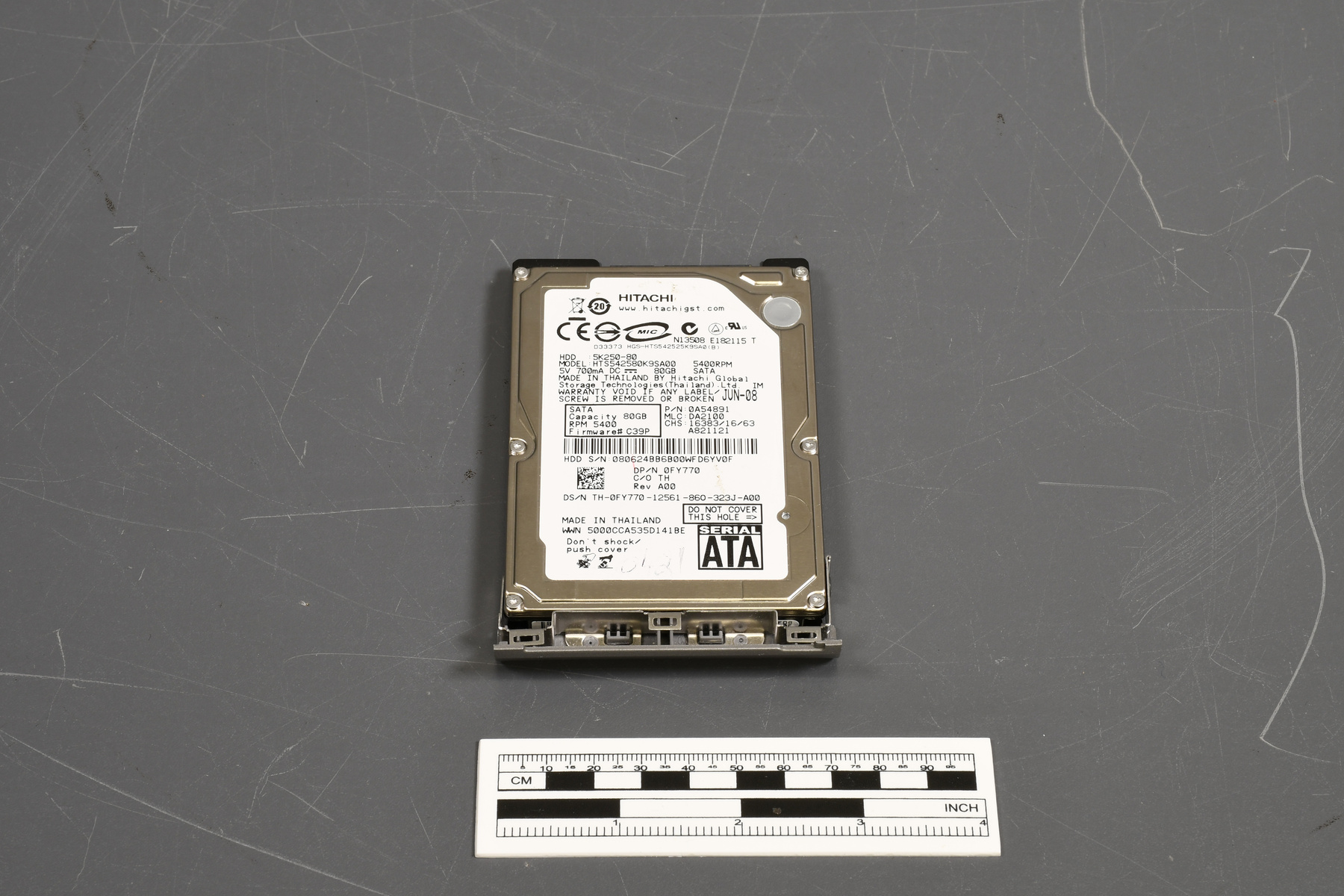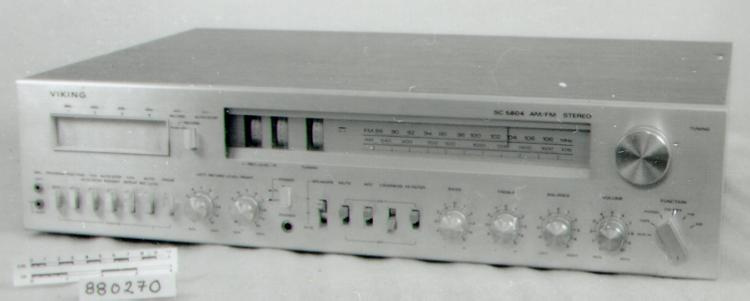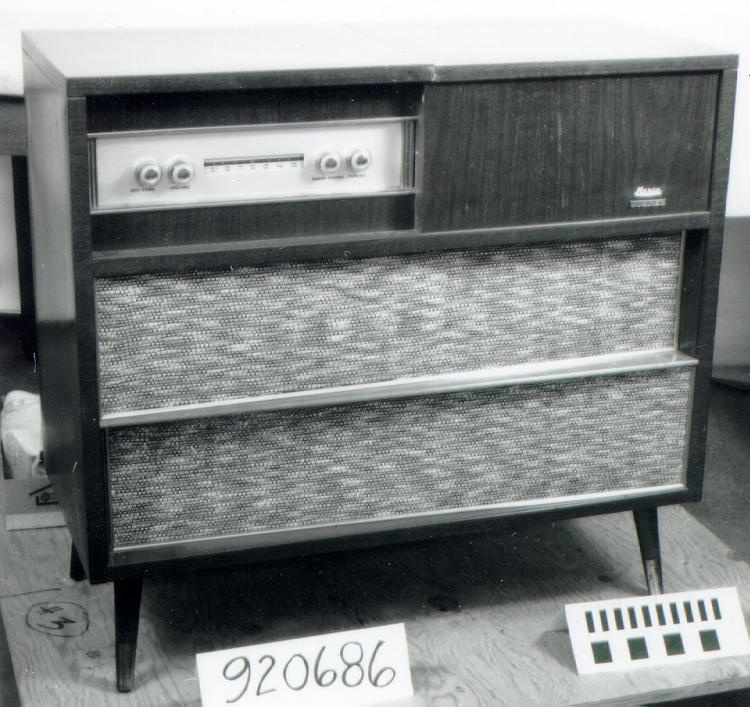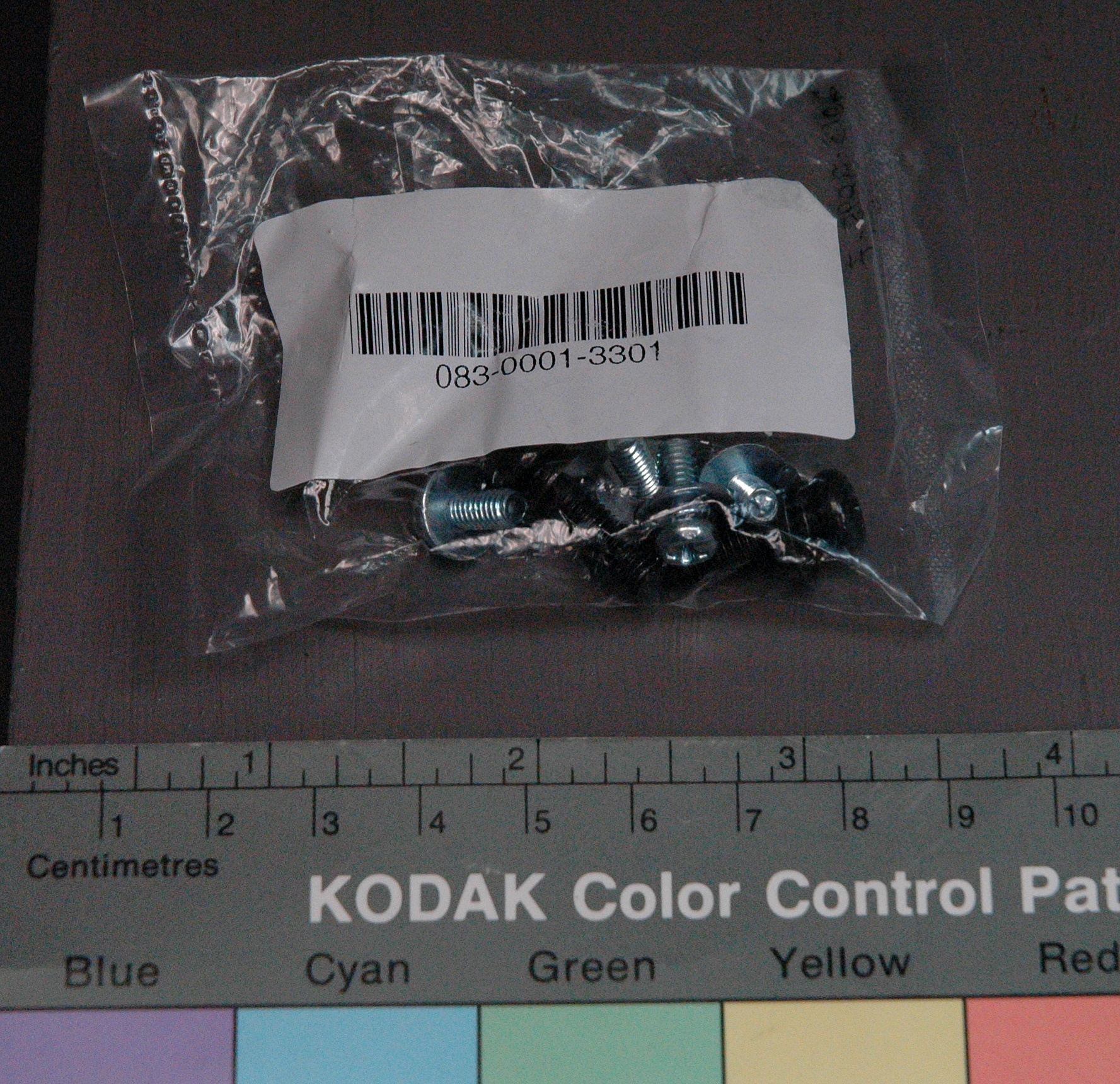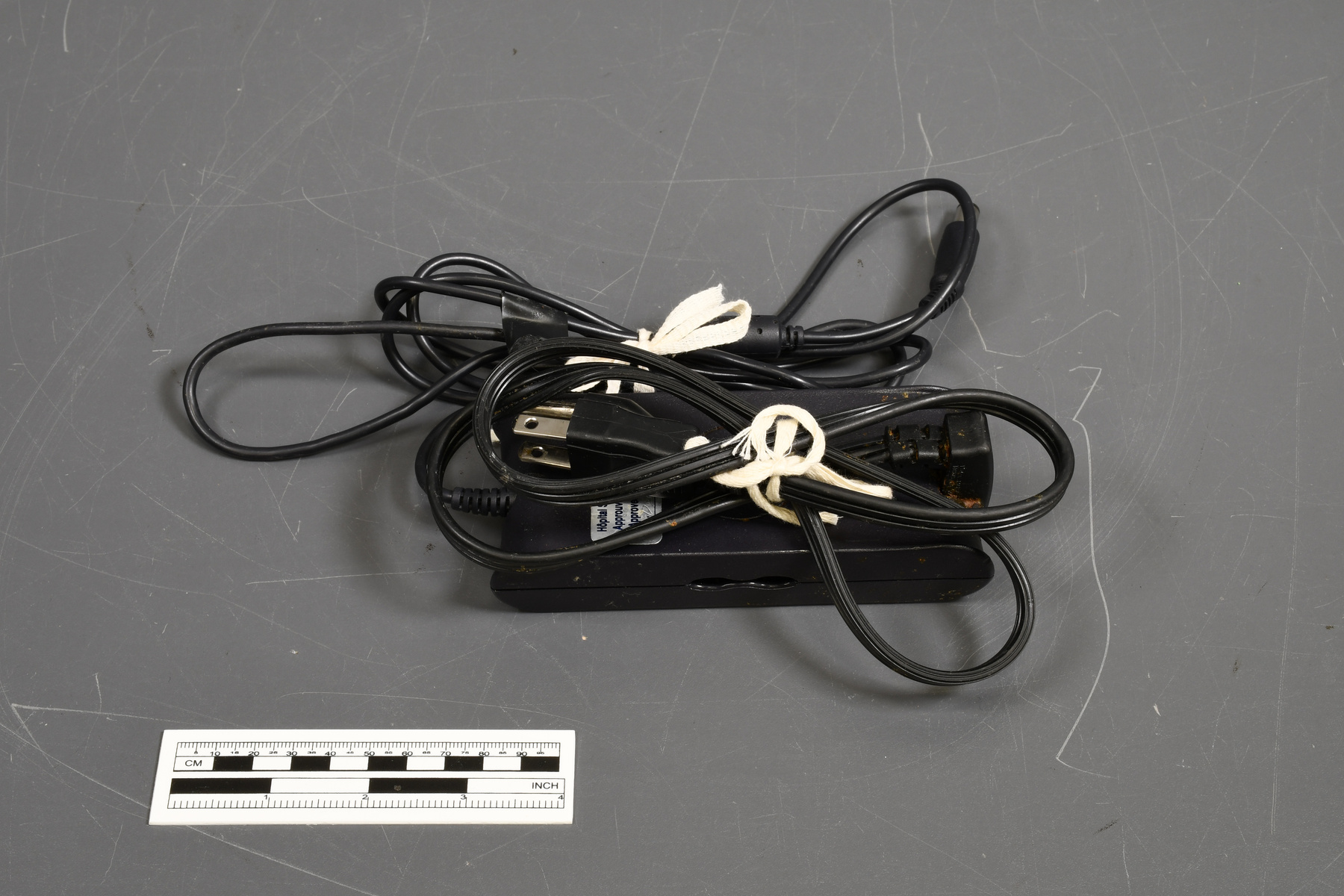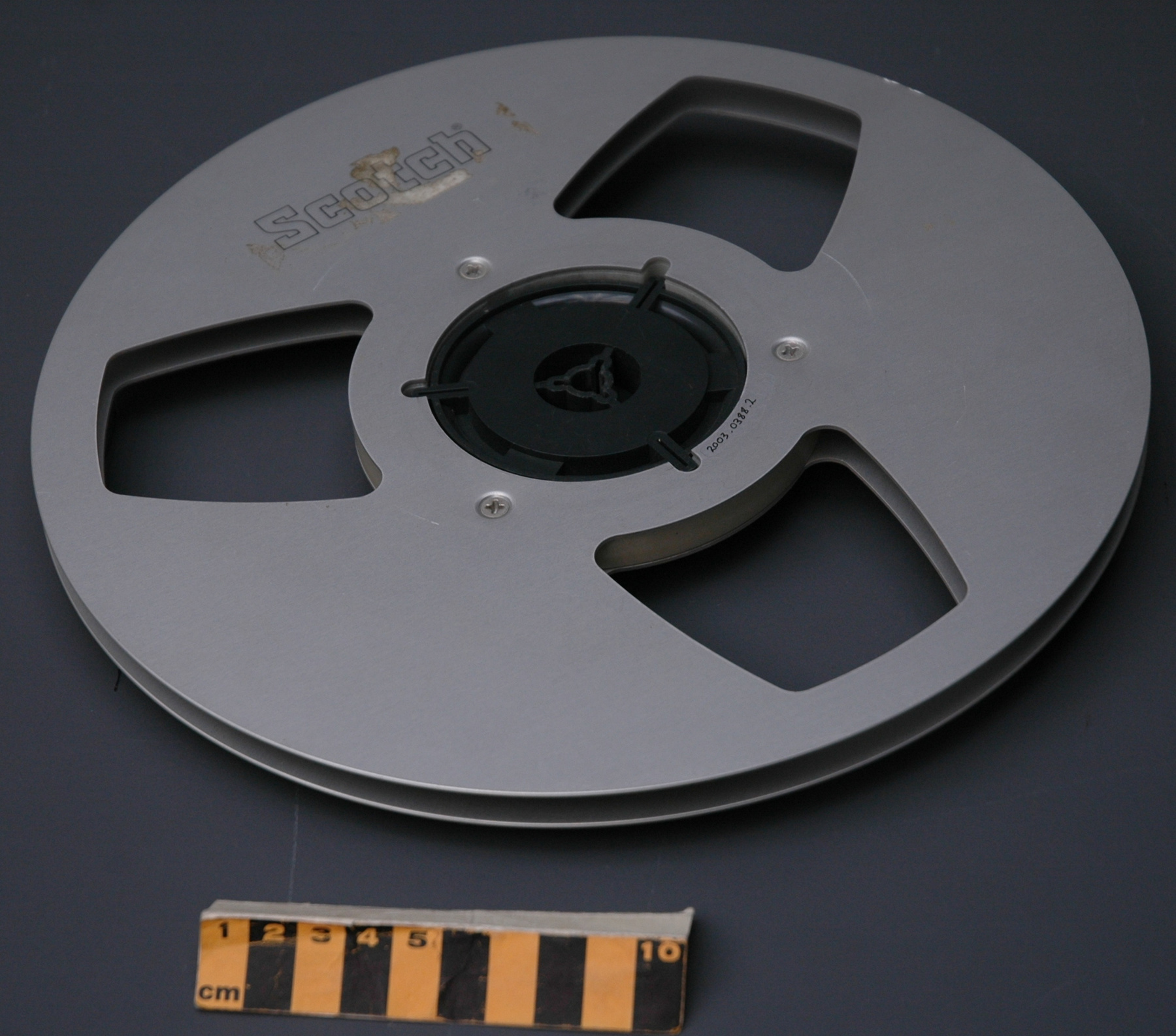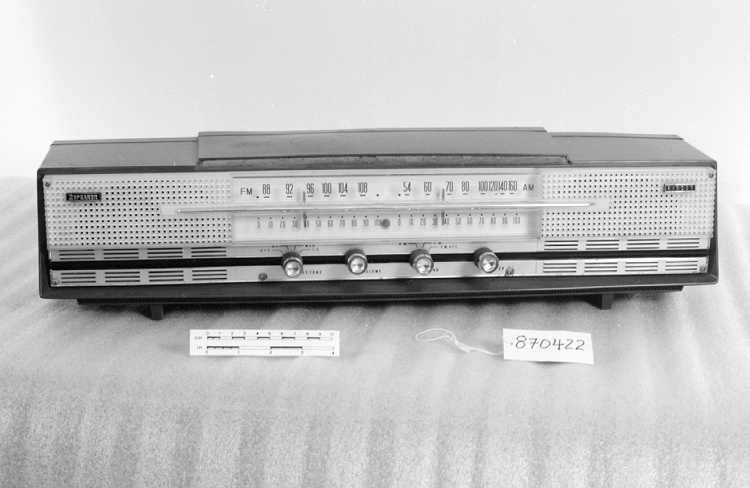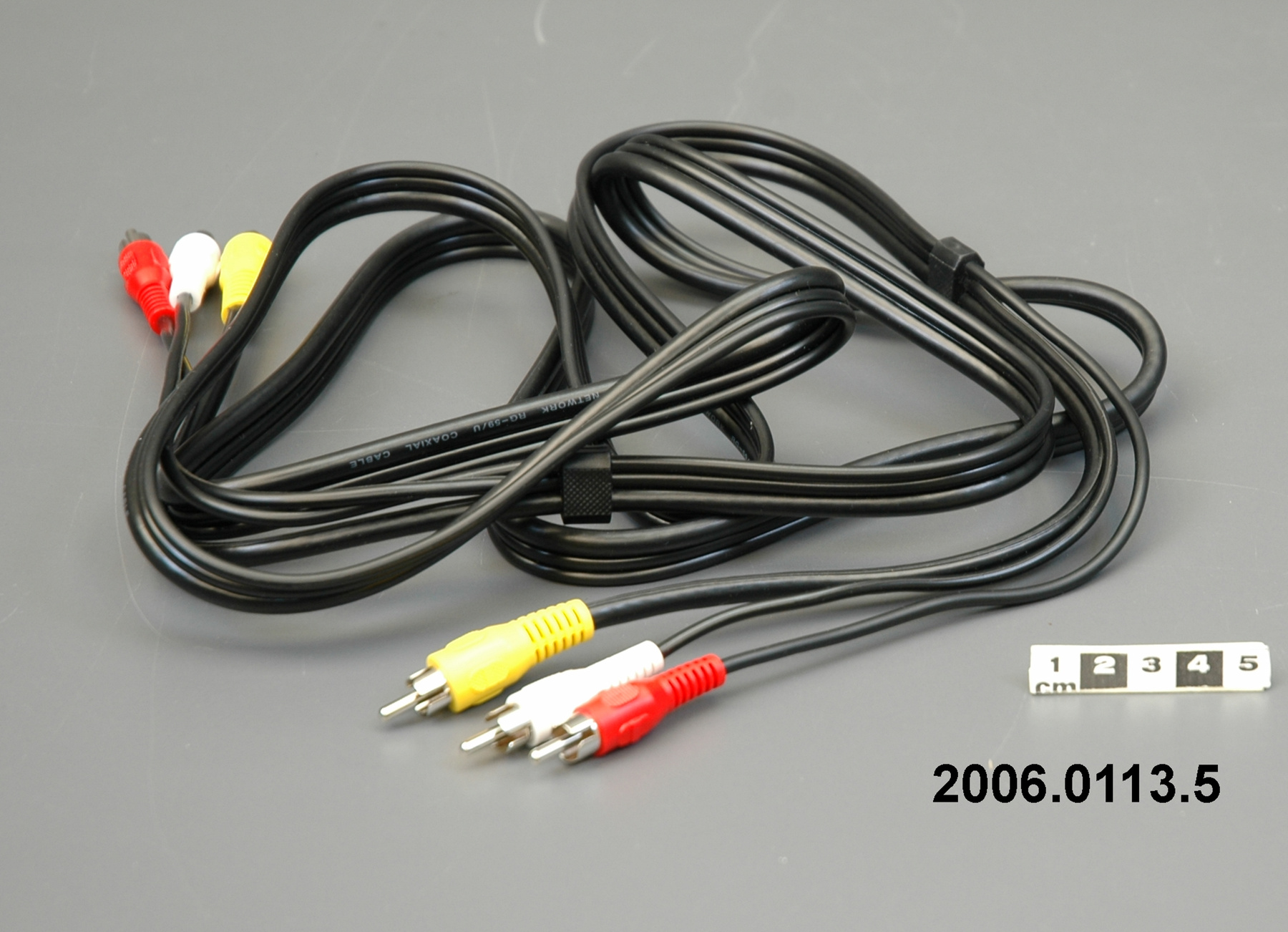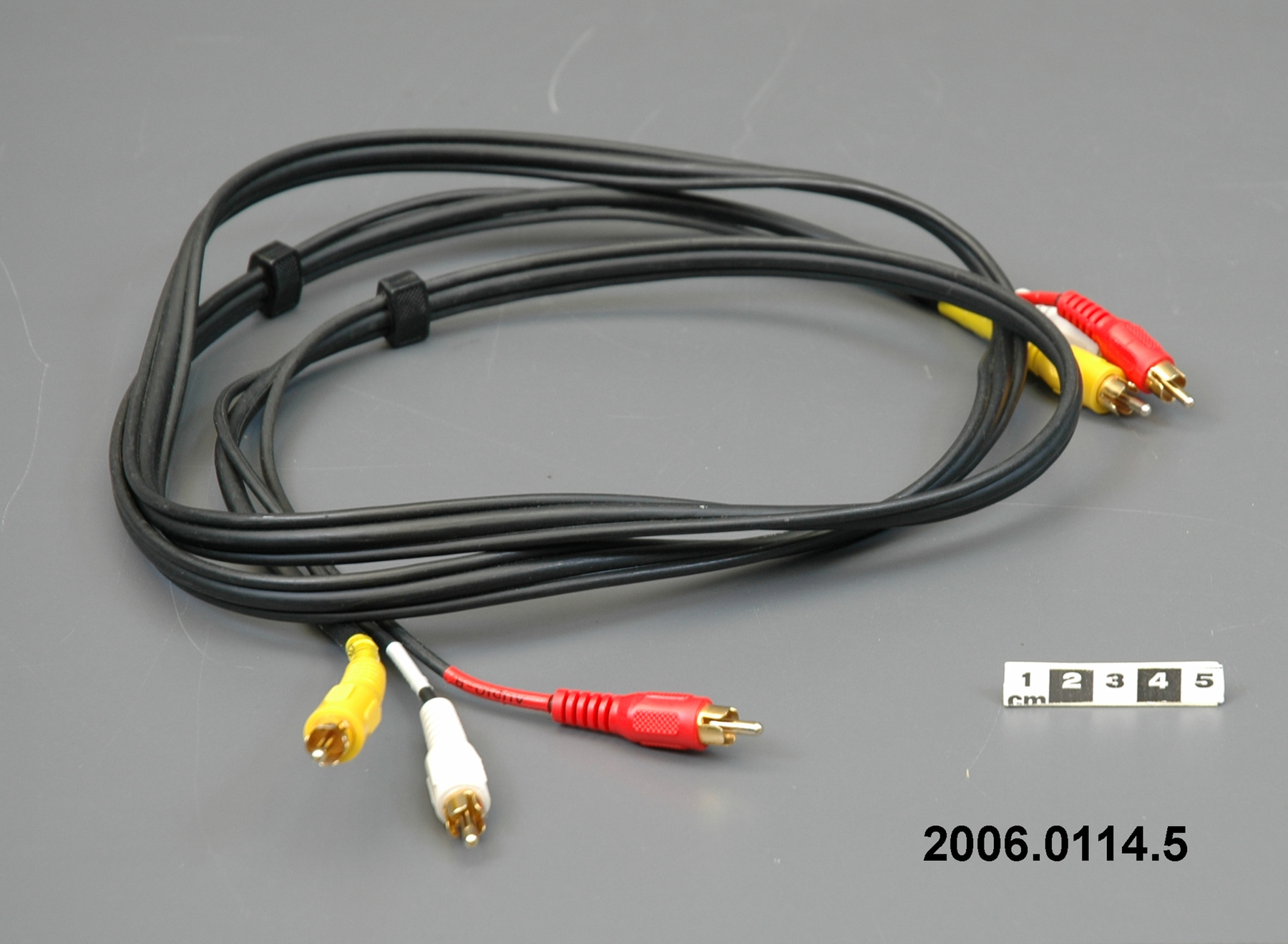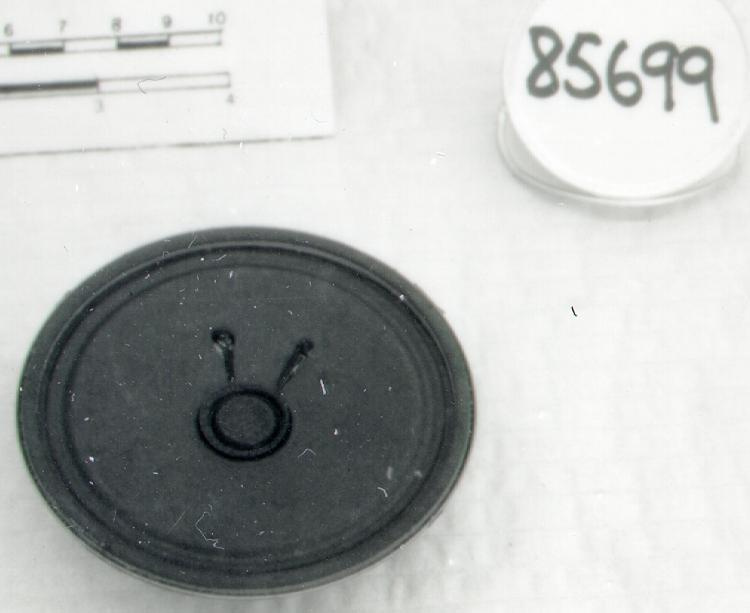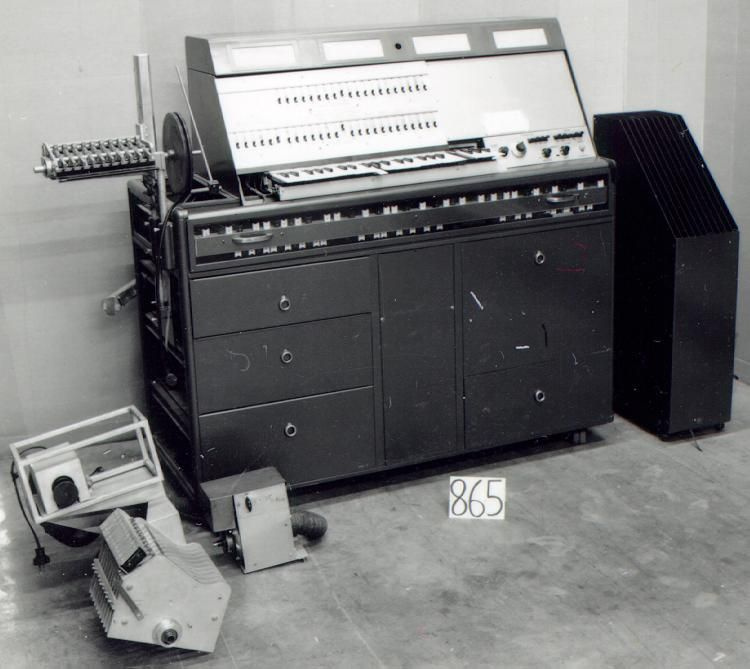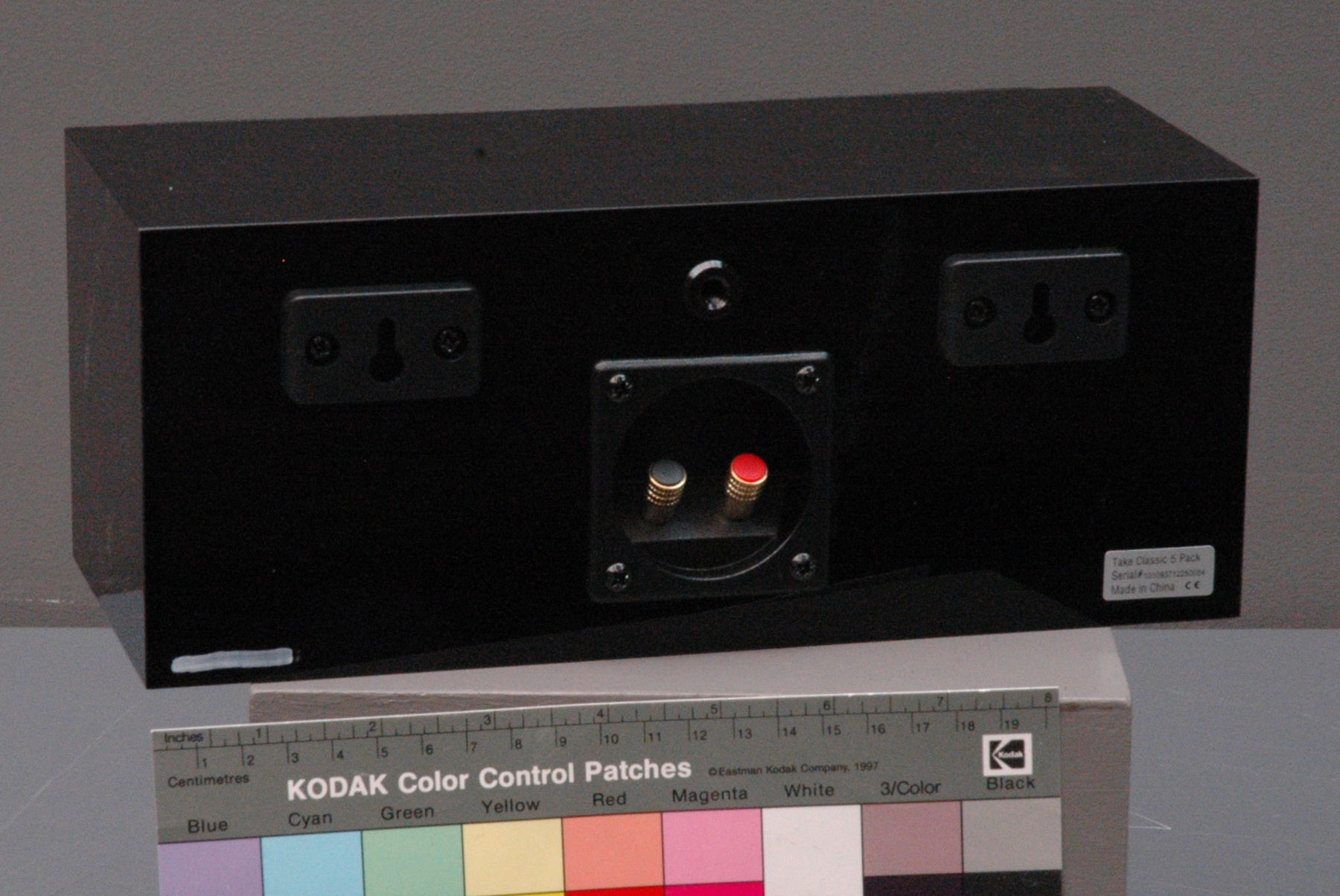Speaker set
Utiliser cette image
Puis-je réutiliser cette image sans autorisation? Oui
Les images sur le portail de la collection d’Ingenium ont la licence Creative Commons suivante :
Copyright Ingenium / CC BY-NC-ND (Attribution-NonCommercial 4.0 International (CC BY-NC 4.0)
ATTRIBUER CETTE IMAGE
Ingenium,
2013.0094.001
Permalien:
Ingenium diffuse cette image sous le cadre de licence Creative Commons et encourage son téléchargement et sa réutilisation à des fins non commerciales. Veuillez mentionner Ingenium et citer le numéro de l’artefact.
TÉLÉCHARGER L’IMAGEACHETER CETTE IMAGE
Cette image peut être utilisée gratuitement pour des fins non commerciales.
Pour un usage commercial, veuillez consulter nos frais de reproduction et communiquer avec nous pour acheter l’image.
- TYPE D’OBJET
- centre channel
- DATE
- 2011
- NUMÉRO DE L’ARTEFACT
- 2013.0094.001
- FABRICANT
- Energy Speaker Systems
- MODÈLE
- Take Classic 5 Pack
- EMPLACEMENT
- Chine
Plus d’information
Renseignements généraux
- Nº de série
- 101093712250084
- Nº de partie
- 1
- Nombre total de parties
- 7
- Ou
- speaker [.1]
- Brevets
- S/O
- Description générale
- Rectangular black synthetic speaker housing; black woven synthetic fabric covering on speaker front; black and goldtone metal and synthetic fittings; contact covers have red and black colour coded heads.
Dimensions
Remarque : Cette information reflète la taille générale pour l’entreposage et ne représente pas nécessairement les véritables dimensions de l’objet.
- Longueur
- 26,0 cm
- Largeur
- 12,1 cm
- Hauteur
- 10,6 cm
- Épaisseur
- S/O
- Poids
- S/O
- Diamètre
- S/O
- Volume
- S/O
Lexique
- Groupe
- Communications
- Catégorie
- Télévision
- Sous-catégorie
- S/O
Fabricant
- Ou
- Energy
- Pays
- Chine
- État/province
- Inconnu
- Ville
- Inconnu
Contexte
- Pays
- Inconnu
- État/province
- Inconnu
- Période
- New/ never used.
- Canada
-
Between 1977 and 1986, the Canadian National Research Council ran a joint study with select Canadian speaker manufacturers to determine what measurable factors people equated with good-sounding loudspeakers. These listening trials indicated that flat frequency response, wide dispersion and low distortion were key factors. Energy, which is part of Klipsch Group, Inc., was actively involved in this project, and, with the results from this partnership, developed the Pro 22 speaker which became the benchmark for both NRC and the Canadian Broadcasting Corporation. In 1997 Energy introduced the Take 5 home theater system. In 2008, Energy released Take Classic 5.1 which Sound and Vision Magazine regarded as “a compact system that delivers beautiful sound and heavyweight value.” (ref.1) The Take Classic System was the first Energy product to be sold through a national retailer, The Source. 1990s. Home theaters gained increasing popularity in the late 1990s with the development of DVD-Video, Dolby Digital and DTS 5.1-channel audio and high-quality front video projectors. In the 2000s, developments such as high-definition video, Blu-ray Disc, and newer high-definition 3D display technologies enabled people to enjoy a cinematic feeling in their own home at a more-affordable price. [Ref. 1] - Fonction
-
General: Converts audio frequency electrical current into sound energy then radiates that sound through the air. Specific: This speaker is primarily dedicated to the reproduction of the dialogue of an audiovisual program as well as the sound intended to come from immediately in front of the listener. - Technique
-
The need for a center speaker to locate screen-centered sounds in movie theaters was recognized during the Bell lab experiments in stereo sound of the 1930s. Post-war stereo sound in theaters initially came from separate magnetic film reproducers synchronized to the picture, but in the 1950s systems using magnetic stripes on the film itself came into use. Unfortunately these magnetic systems were not only very expensive, but were also unreliable and so were little used, the industry preferring to stay with the tried, tested (and cheap) mono optical track. In 1975 Dolby Laboratories introduced Dolby Stereo which, by dividing the existing soundtrack area of a 35 mm film print into two, allowed for two-channel recording. In addition, a matrix allowed the audio for left, center, and right speakers, plus a single surround channel to be carried by the two tracks. Dolby Stereo was therefore able to provided a similar stereo performance that had previously only been available in the cinema by the magnetic tracks on 4-track Cinemascope or 6-track Todd-AO (70mm) formats, at far lower cost. In recent years digital multi-channel sound systems have become available which provide six or eight discrete audio channels providing for not only the usual three screen speakers but also two or four groups of surround speakers and a sub-woofer. [Ref. 1] - Notes sur la région
-
Inconnu
Détails
- Marques
- "ENERGY" appears in raised synthetic form on lower centre front of speaker face. "Take Classic 5 Pack/ Serial # 101093712250084/ Made in China" printed on silver colour adhesive-backed label applied to lower right corner of speaker back.
- Manque
- None.
- Fini
- Rectangular black synthetic speaker housing; black woven synthetic fabric covering on speaker front; black and goldtone metal and synthetic fittings; contact covers have red and black colour coded heads.
- Décoration
- S/O
FAIRE RÉFÉRENCE À CET OBJET
Si vous souhaitez publier de l’information sur cet objet de collection, veuillez indiquer ce qui suit :
Energy Speaker Systems, Speaker set, apres 2011, Numéro de l'artefact 2013.0094, Ingenium - Musées des sciences et de l'innovation du Canada, http://collections.ingeniumcanada.org/fr/id/2013.0094.001/
RÉTROACTION
Envoyer une question ou un commentaire sur cet artefact.
Plus comme ceci
